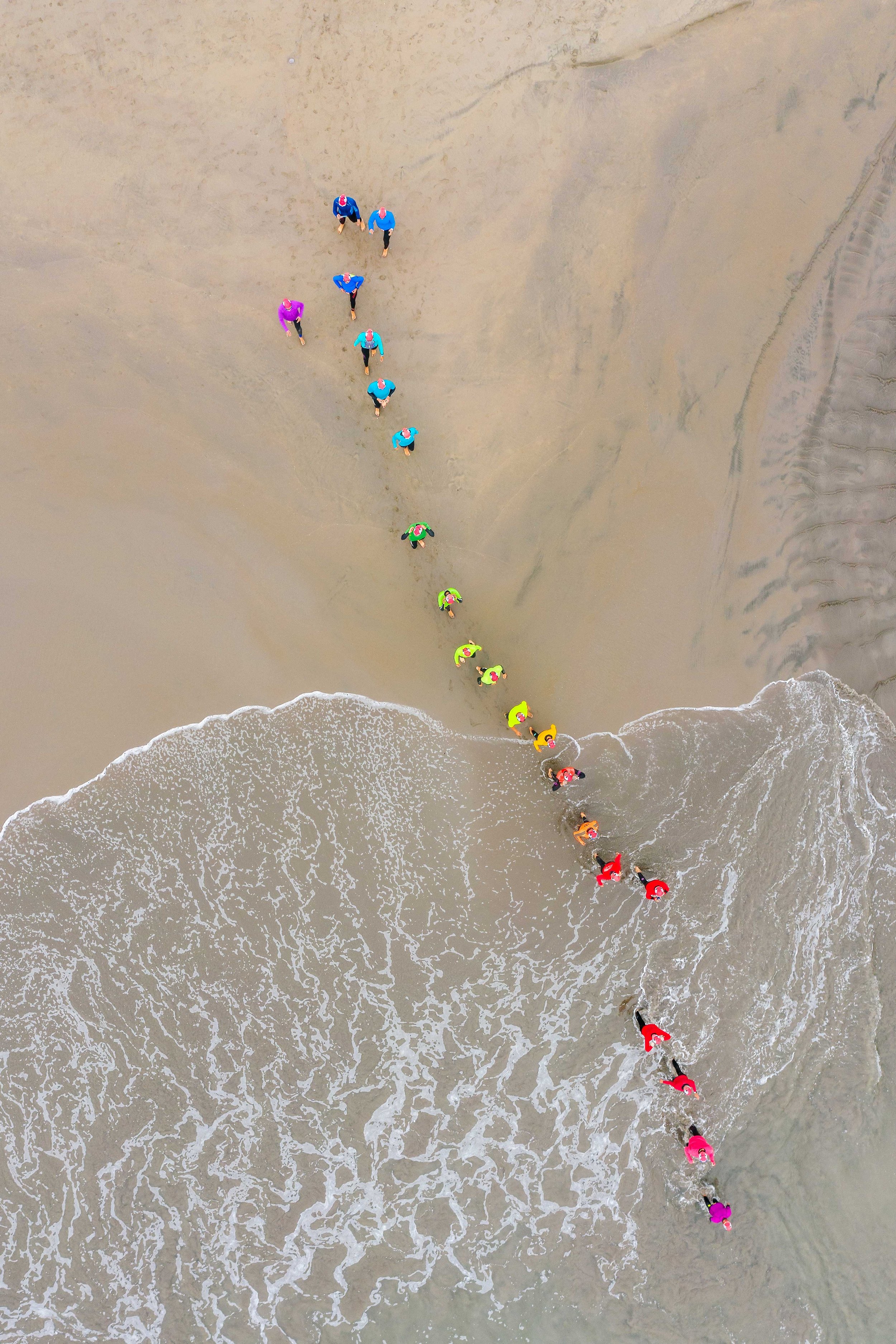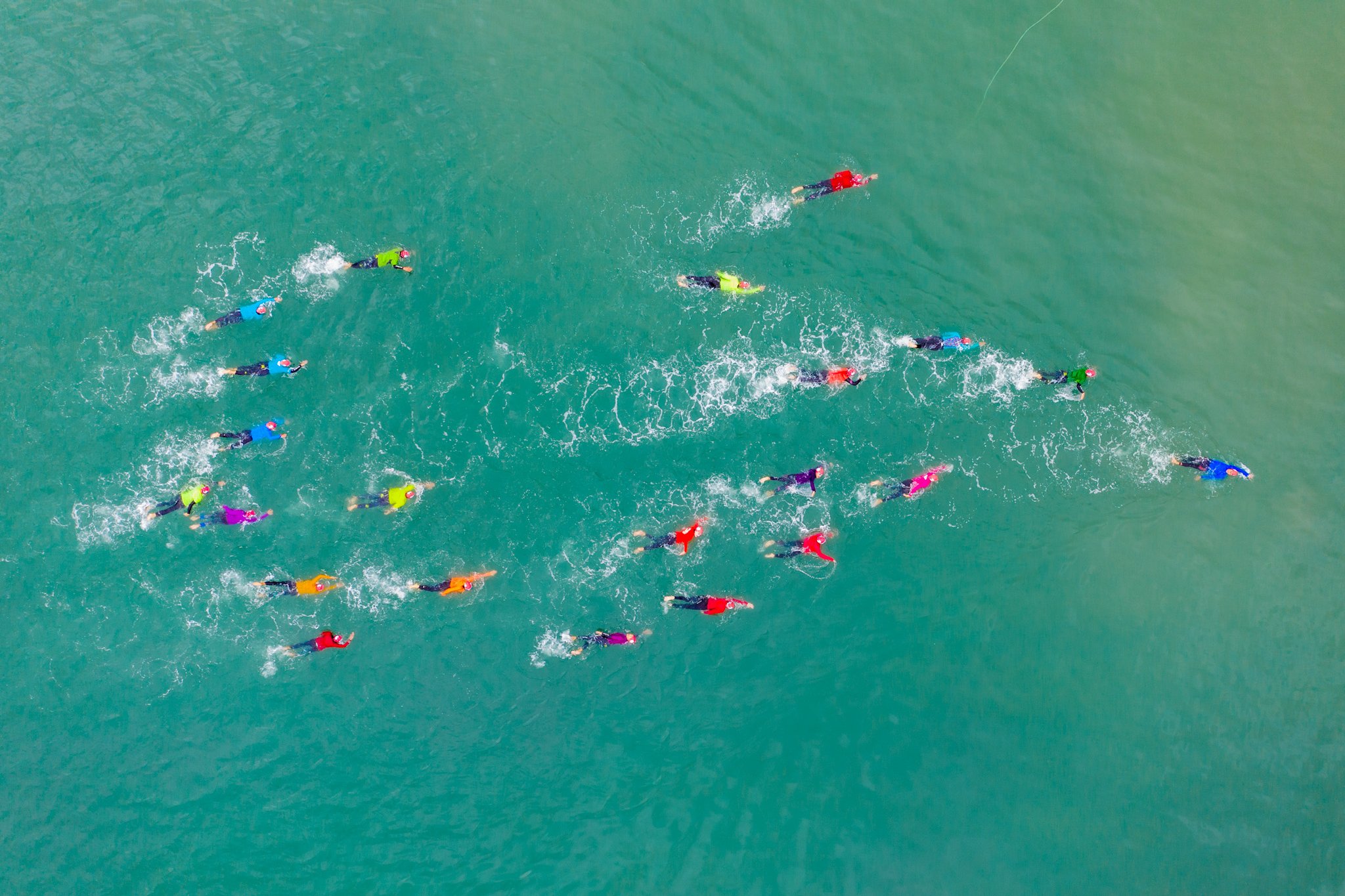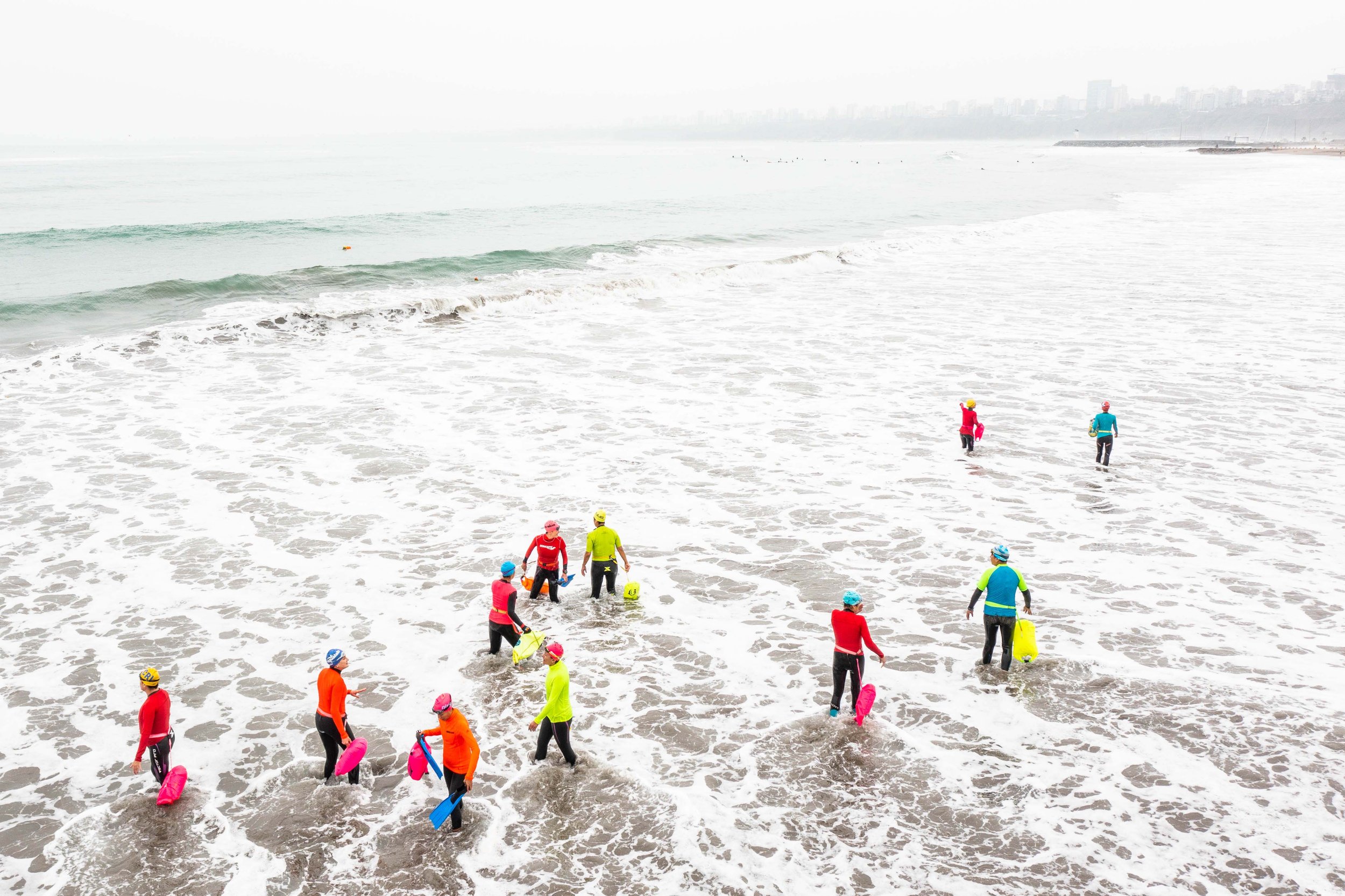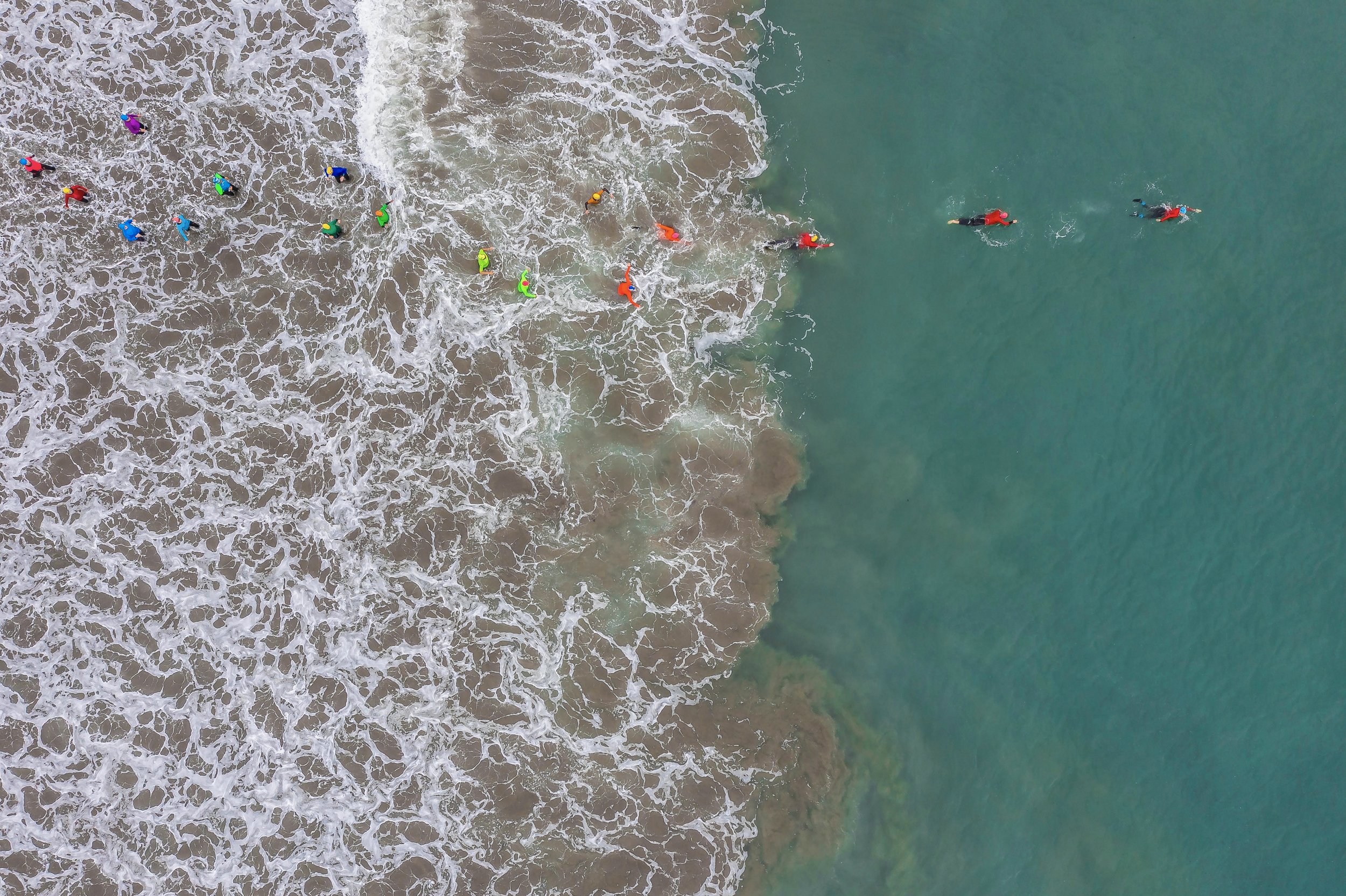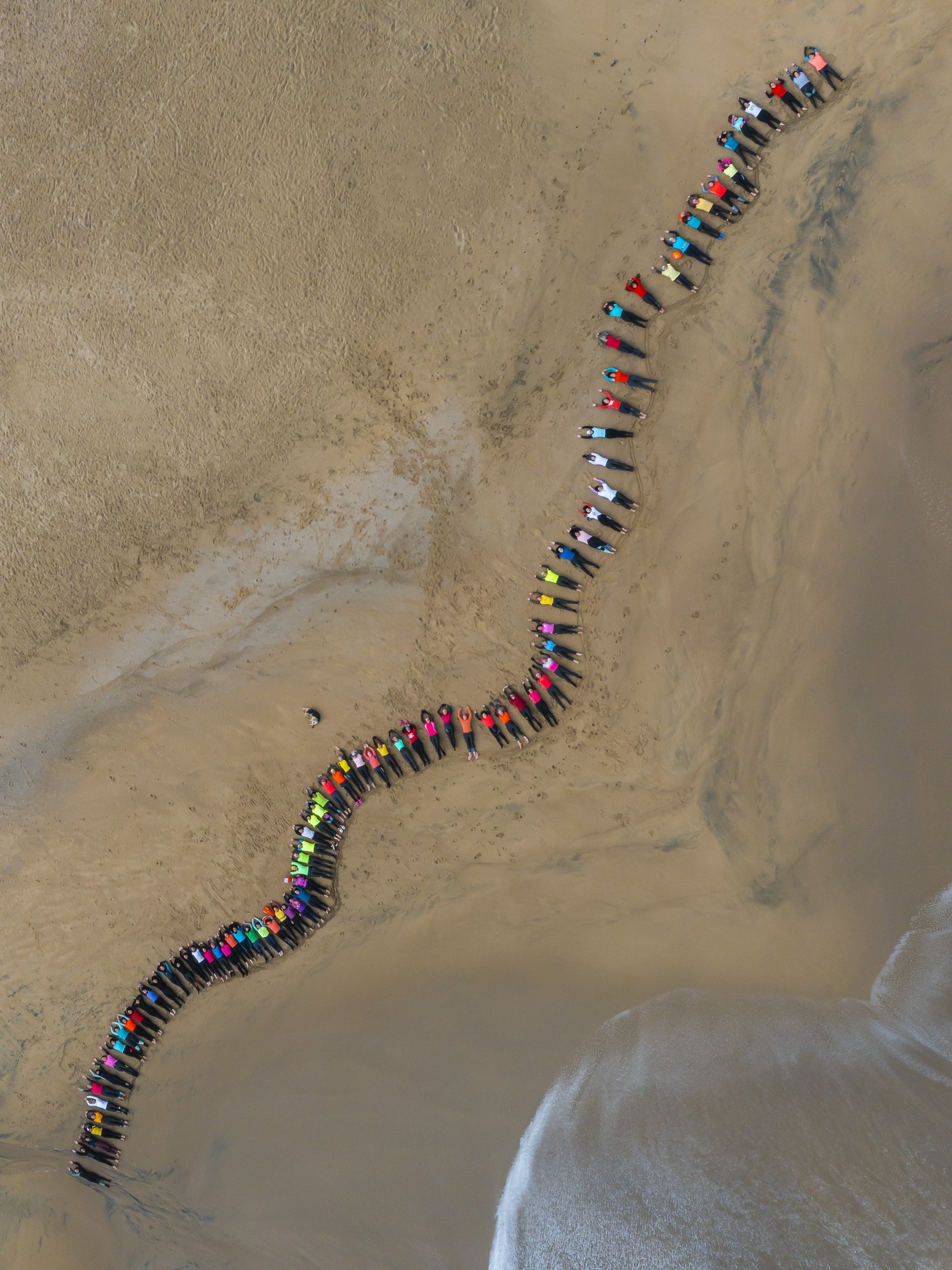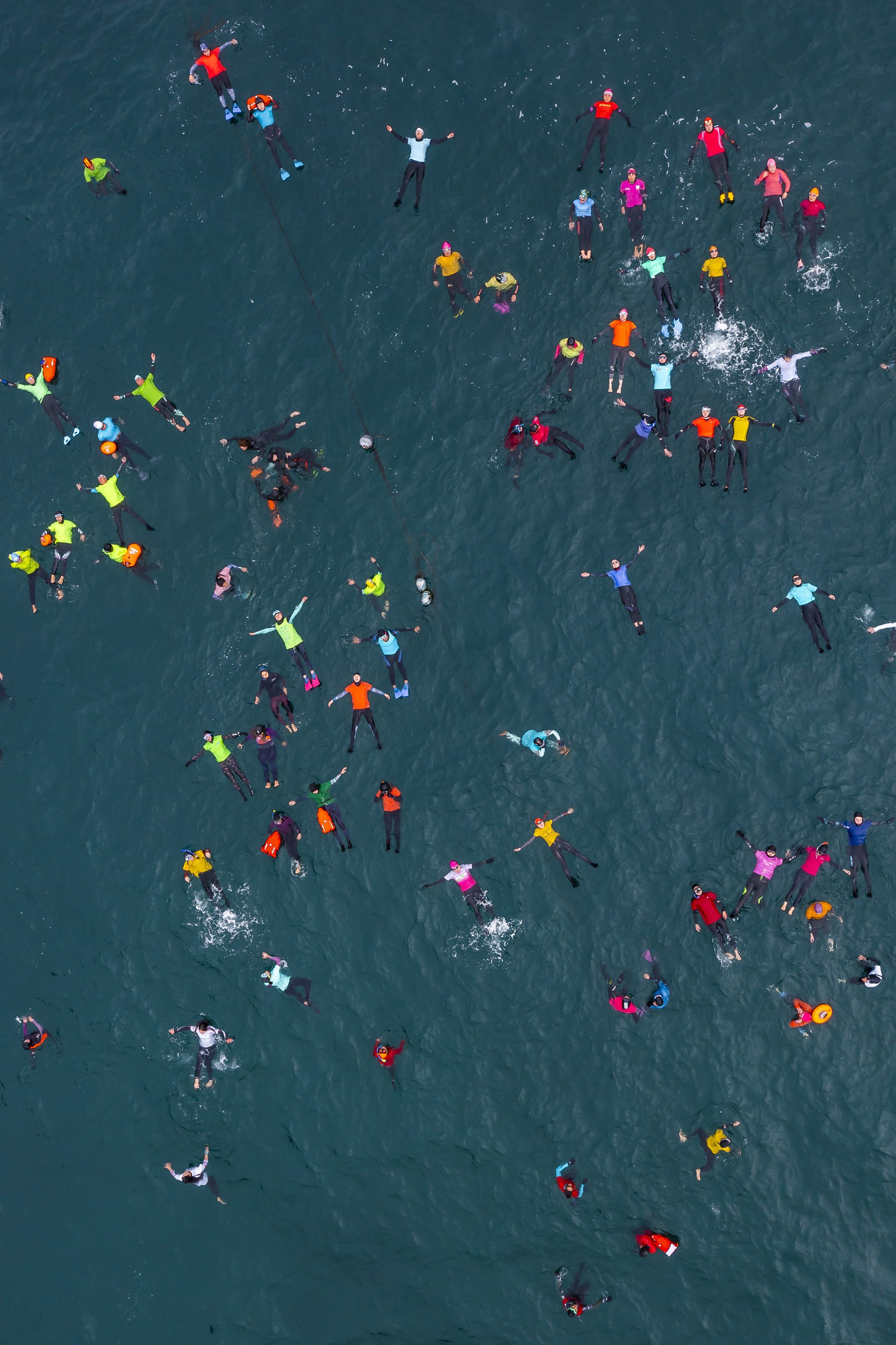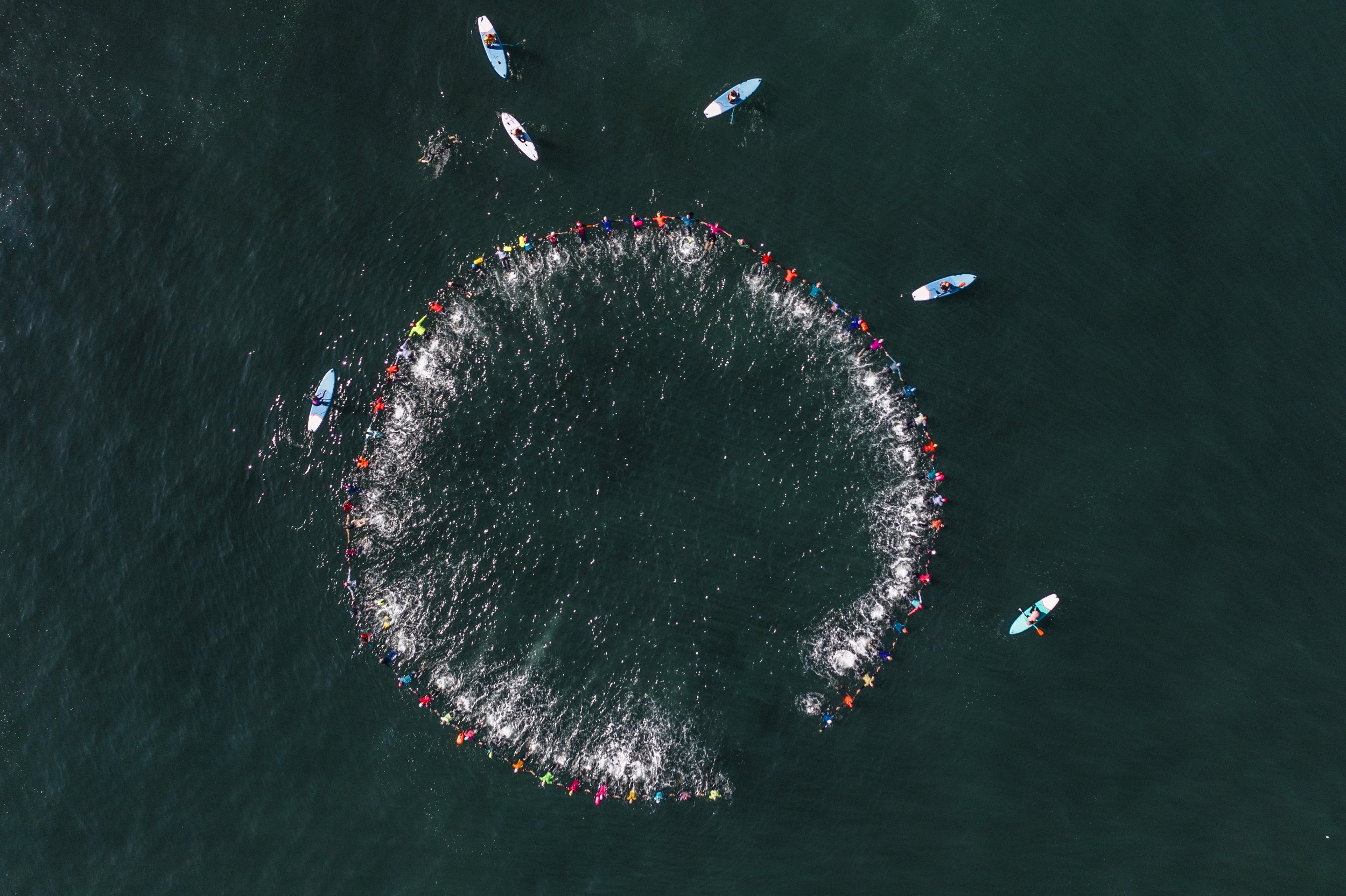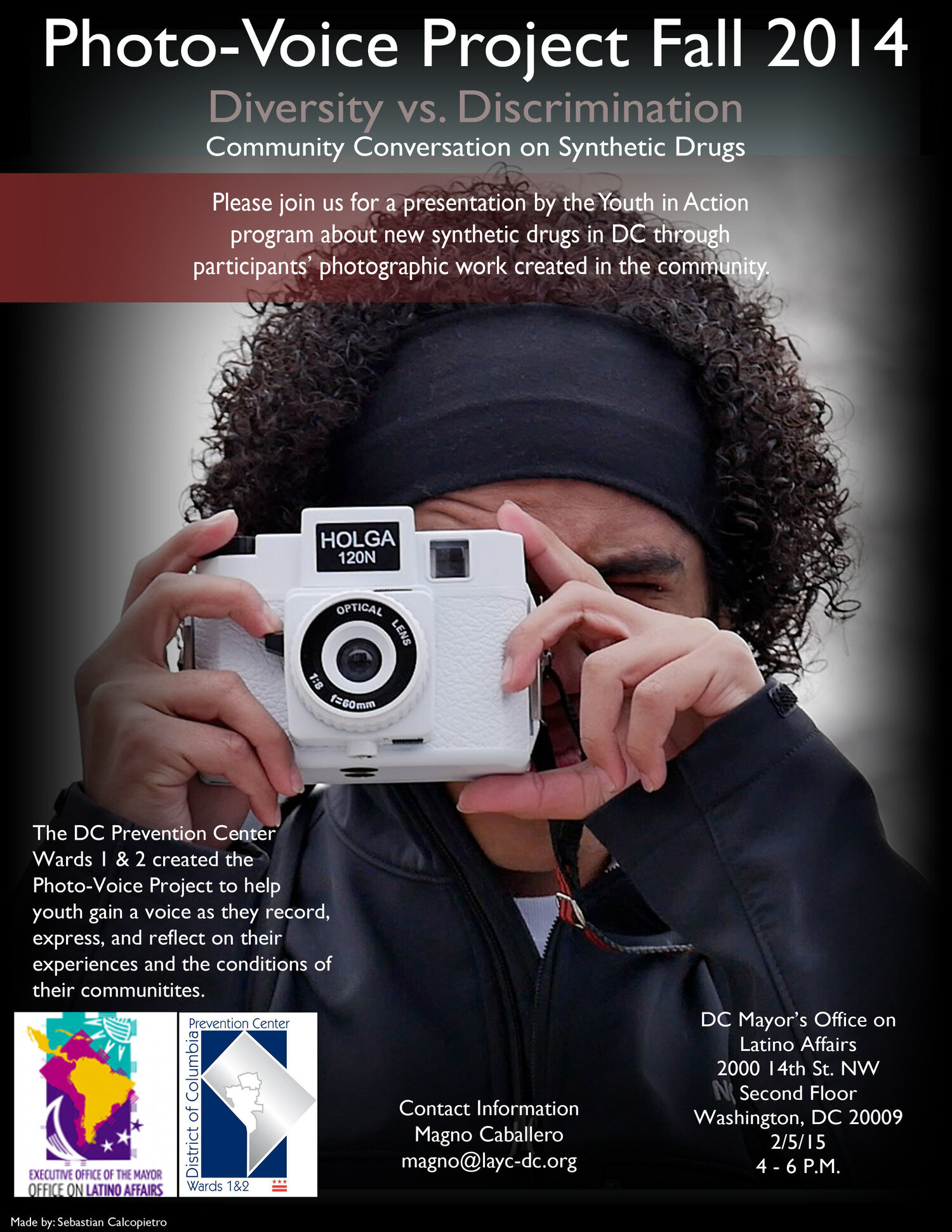Women of the Water
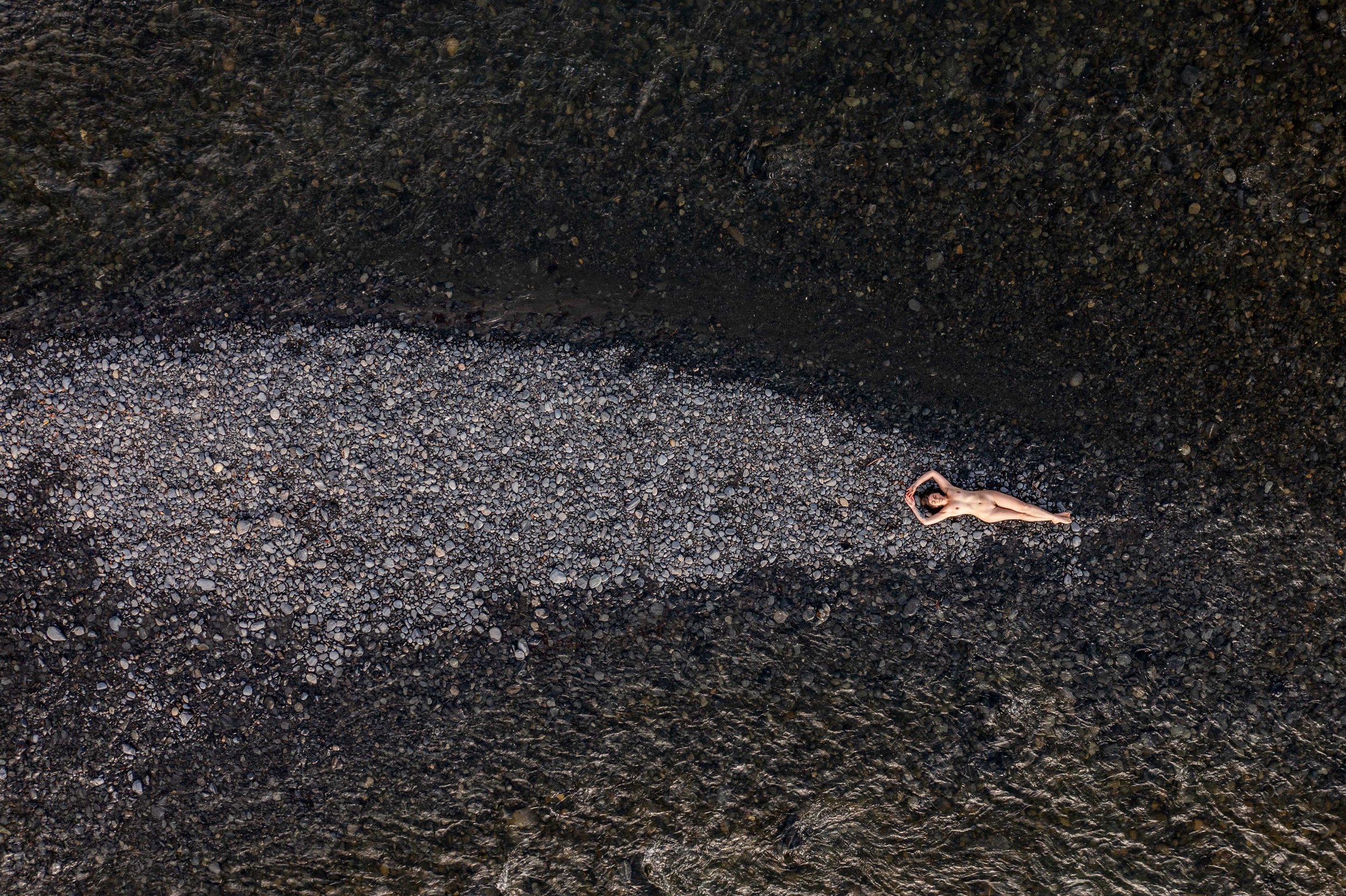
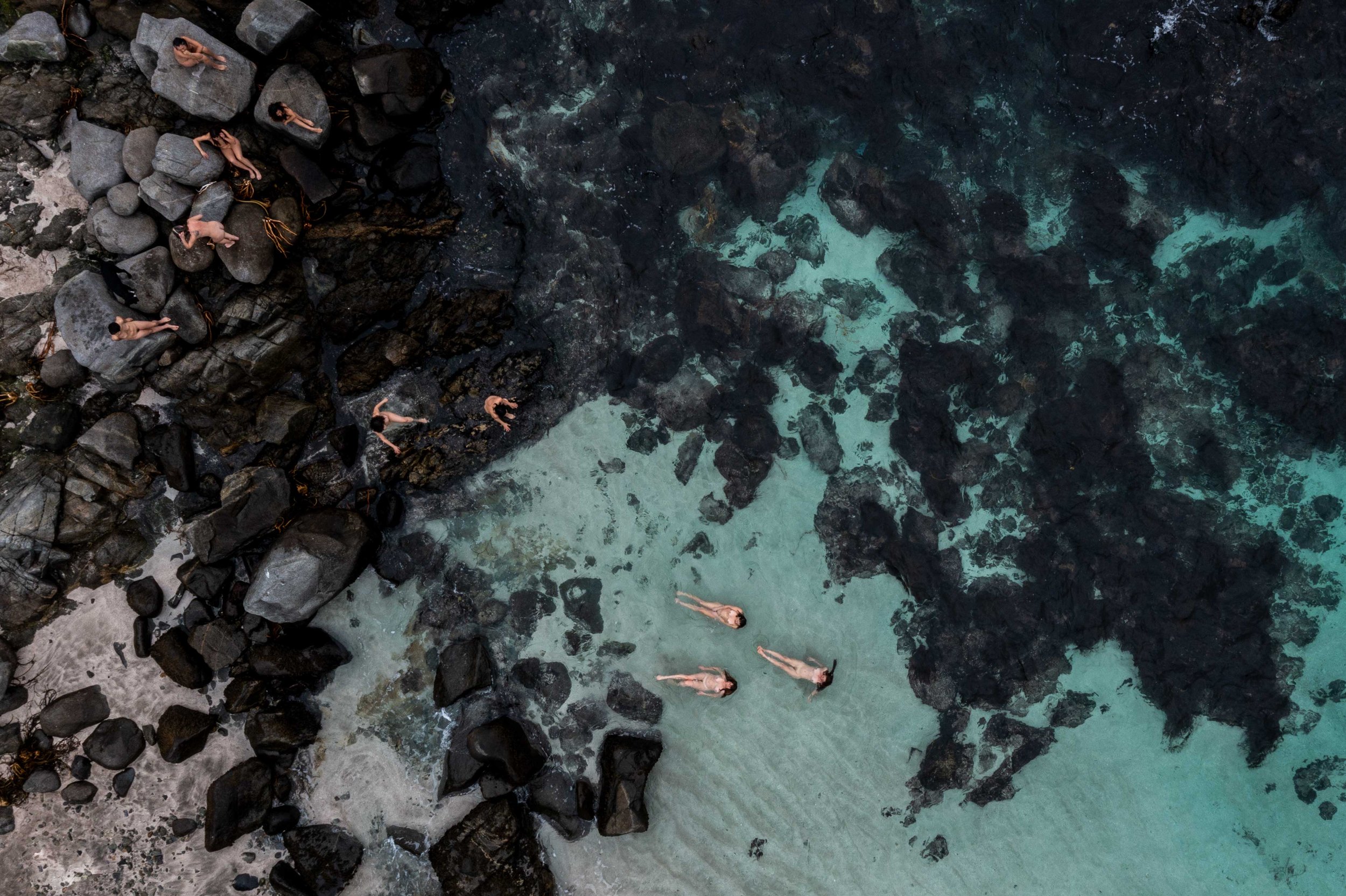
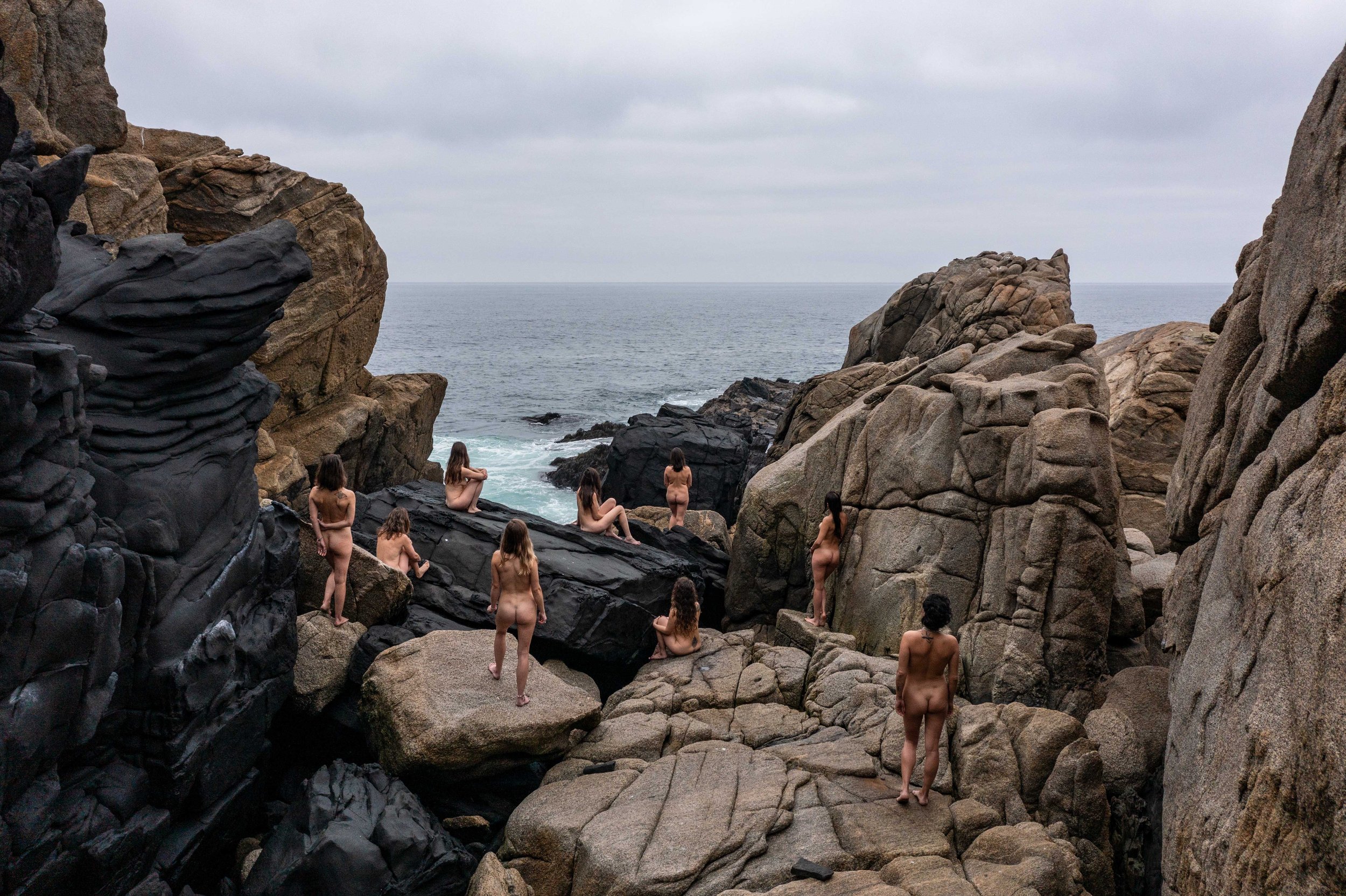
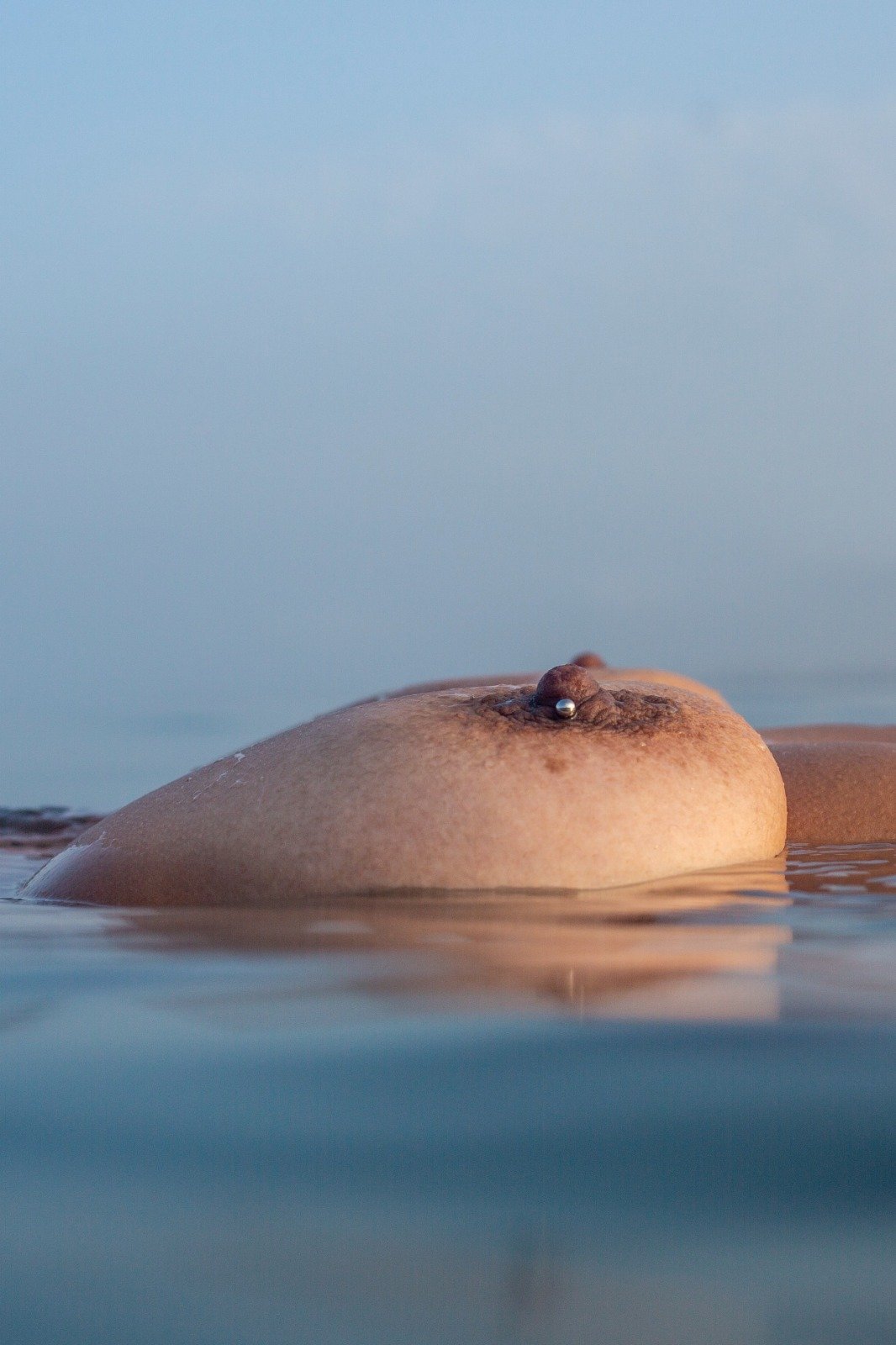
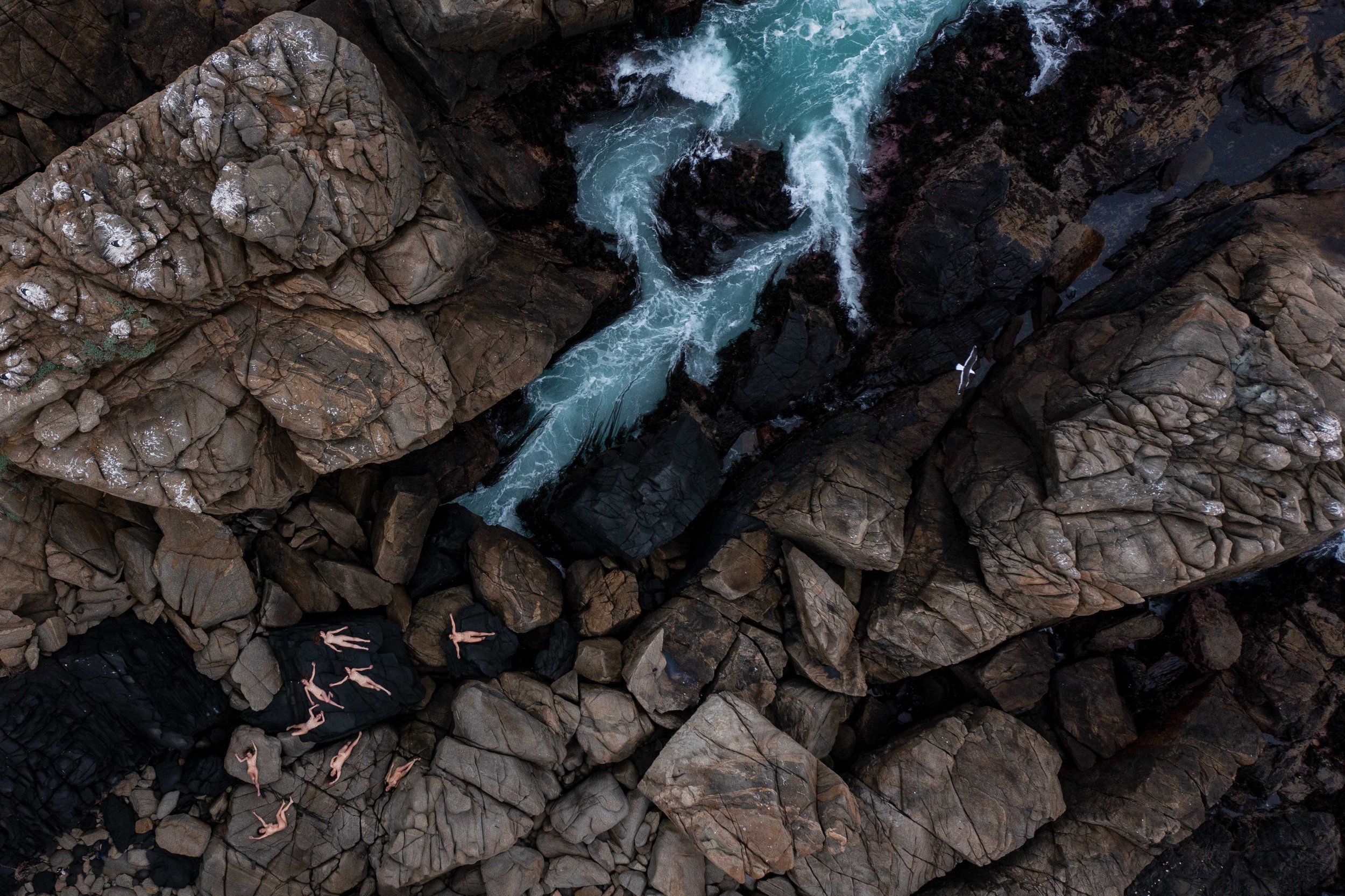
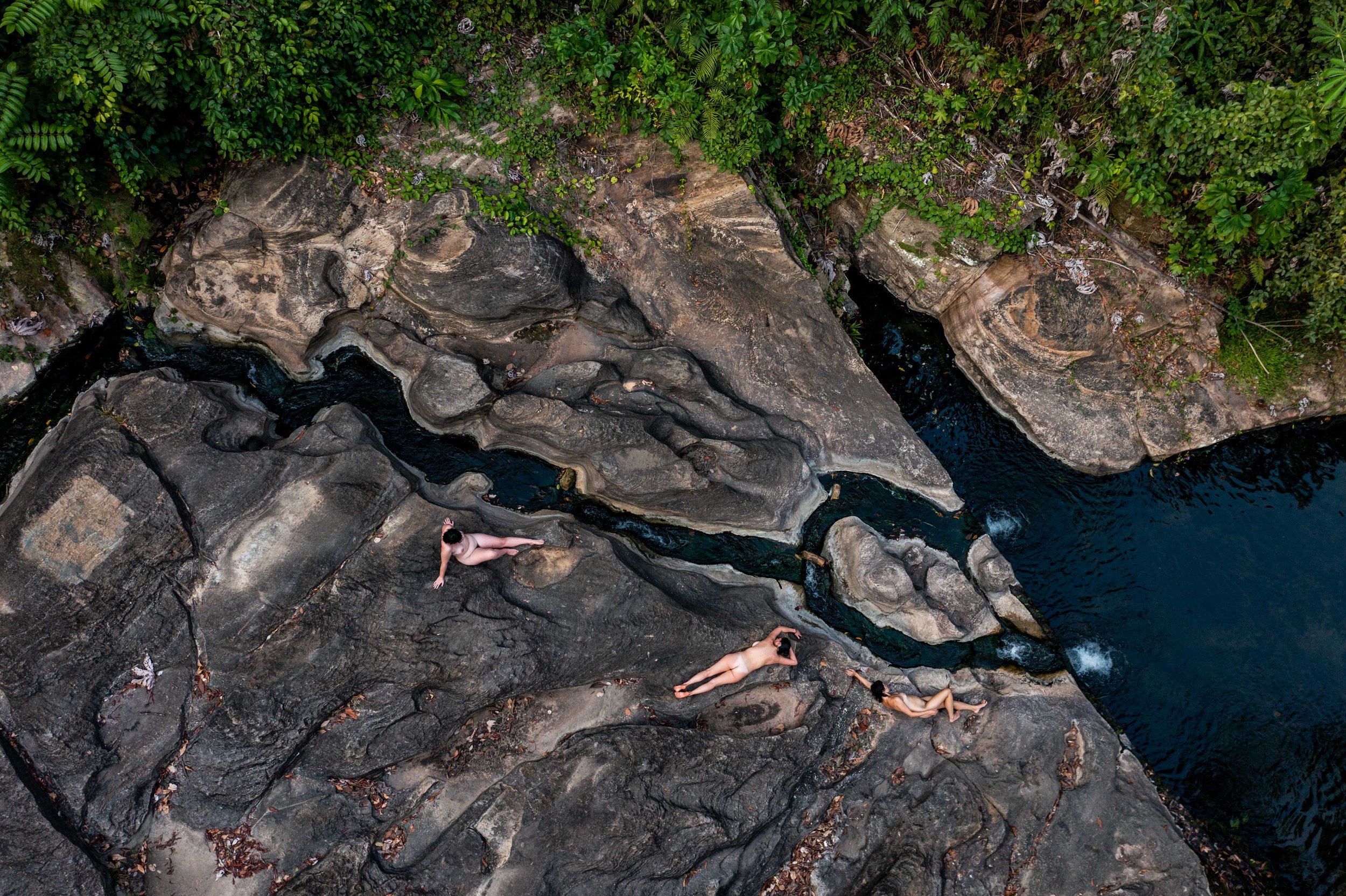

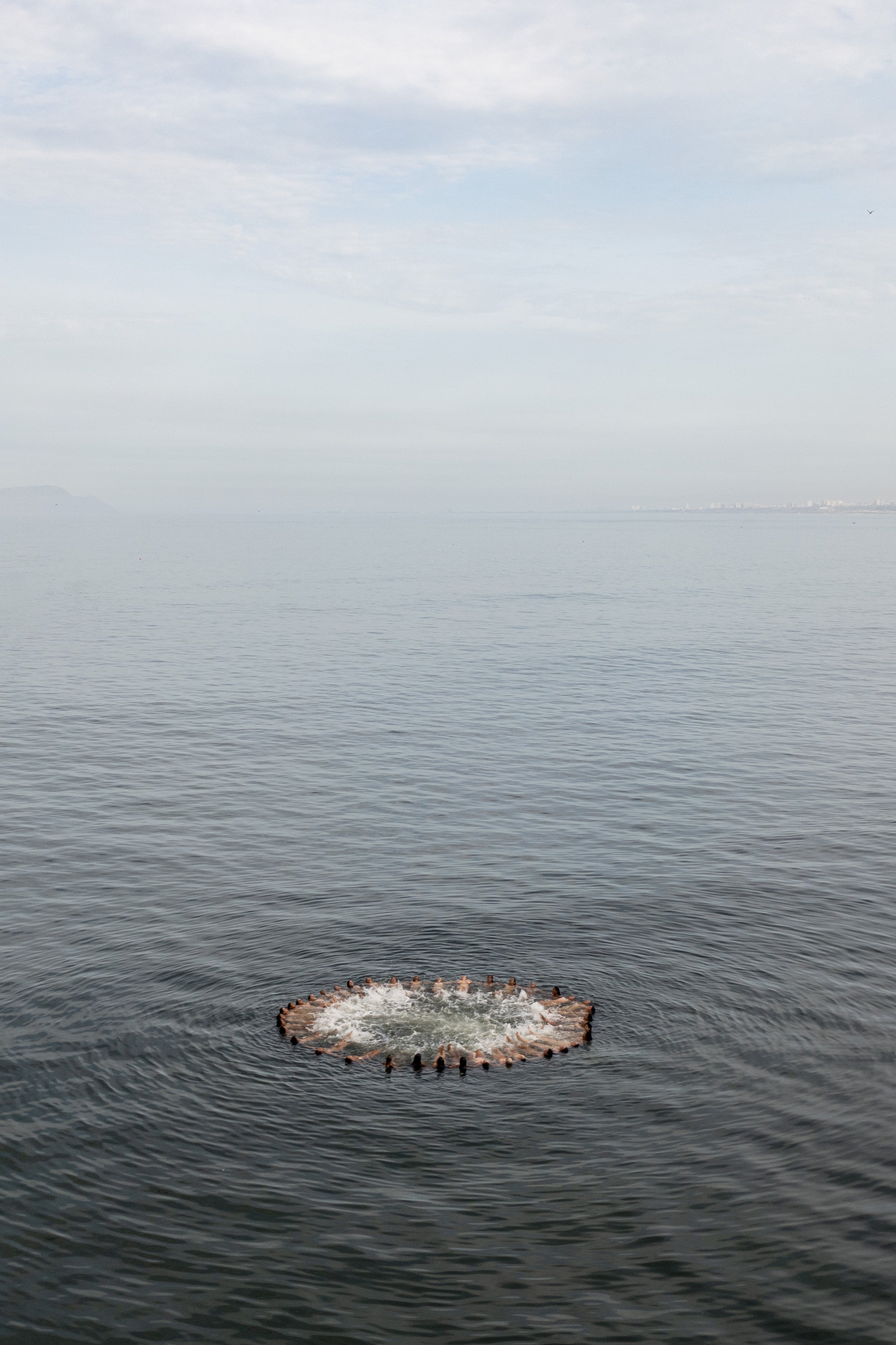
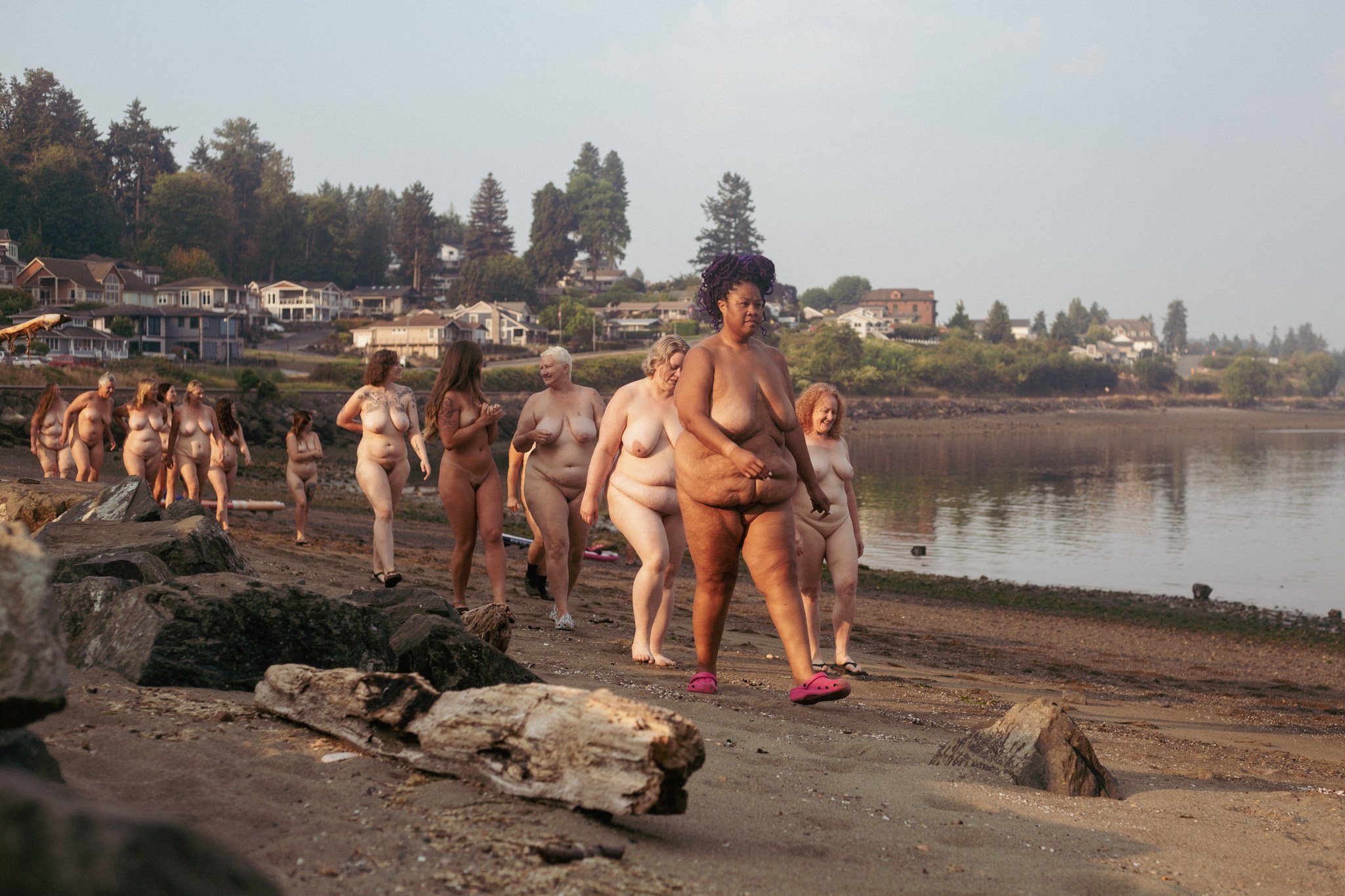
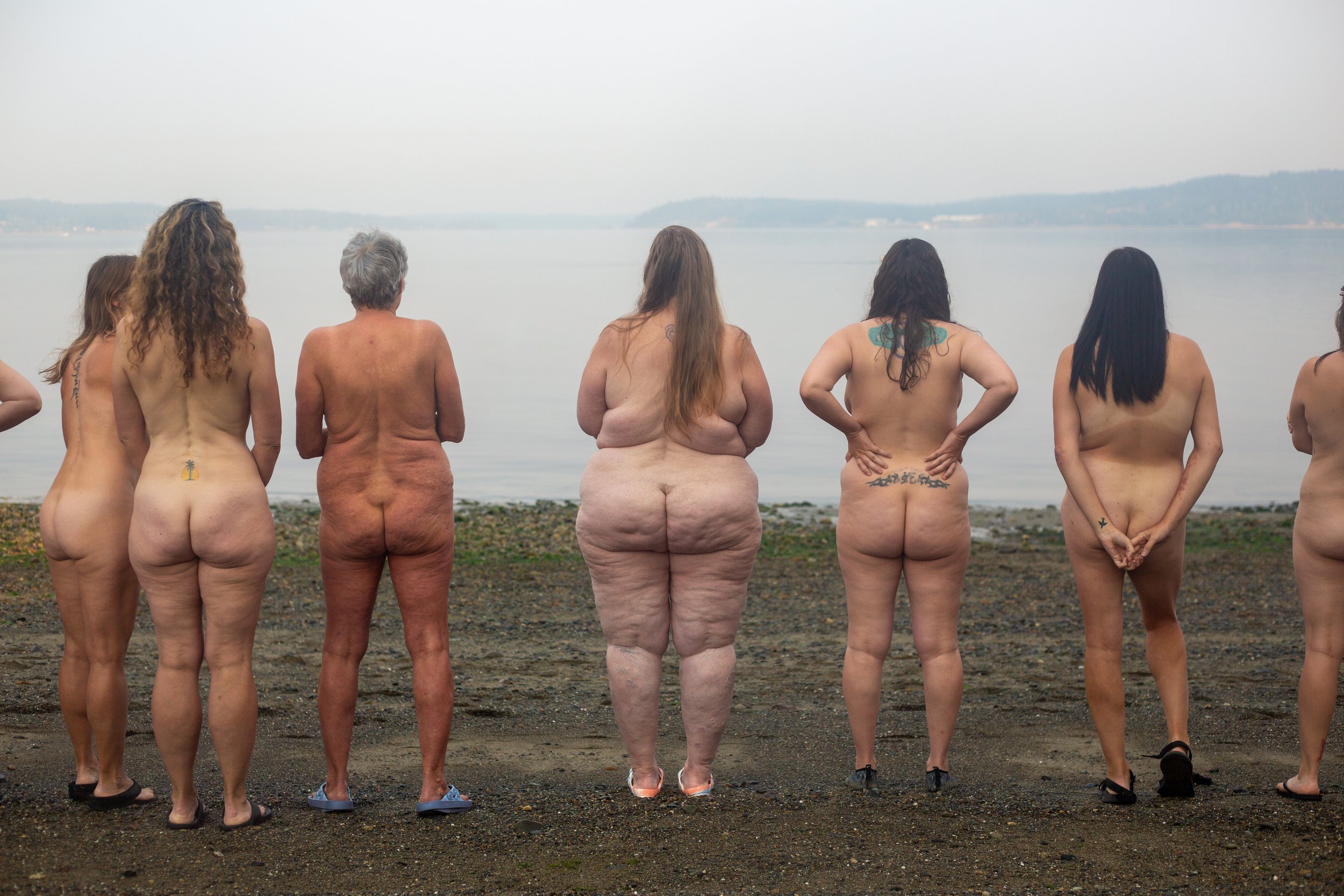
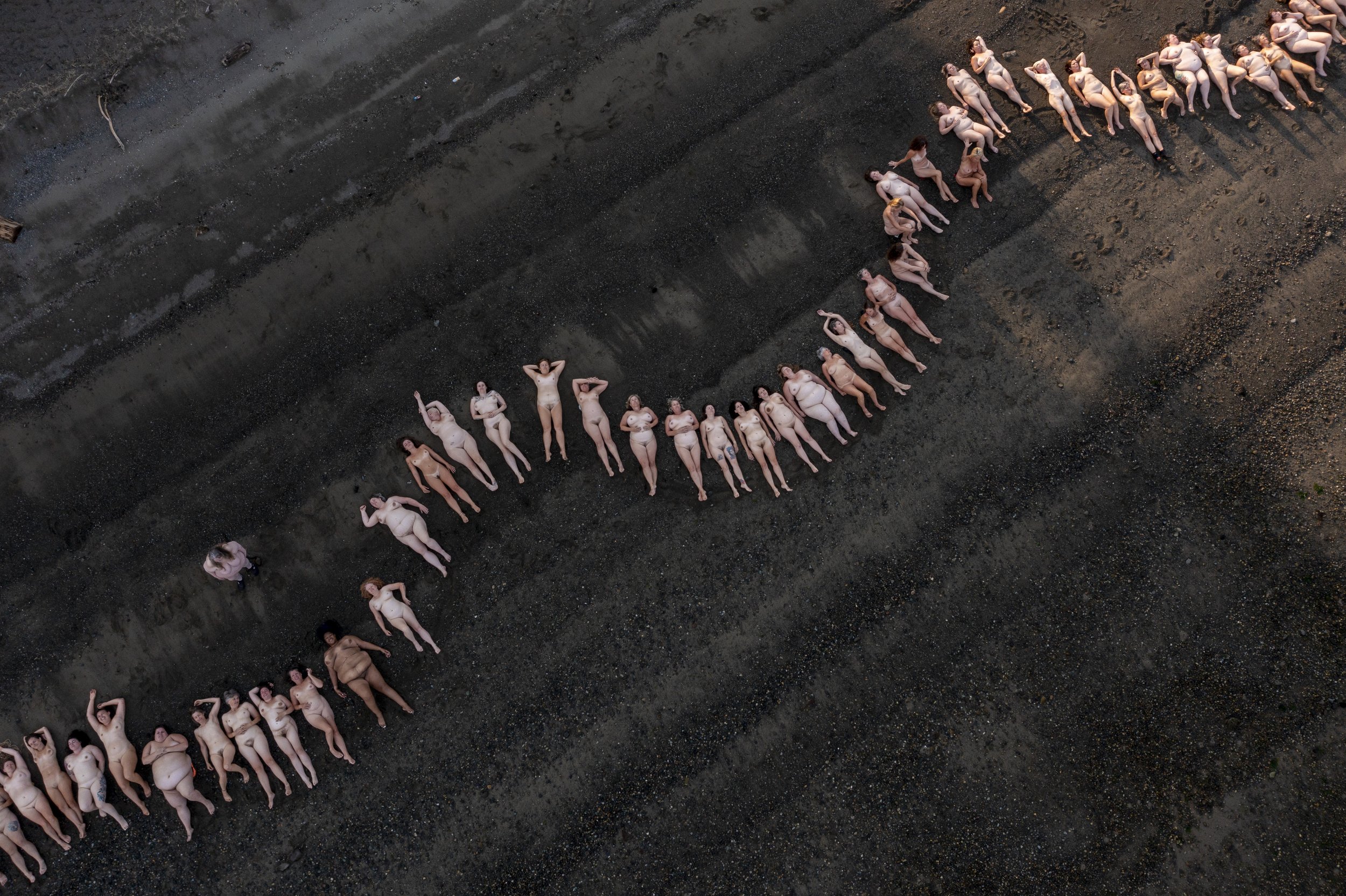
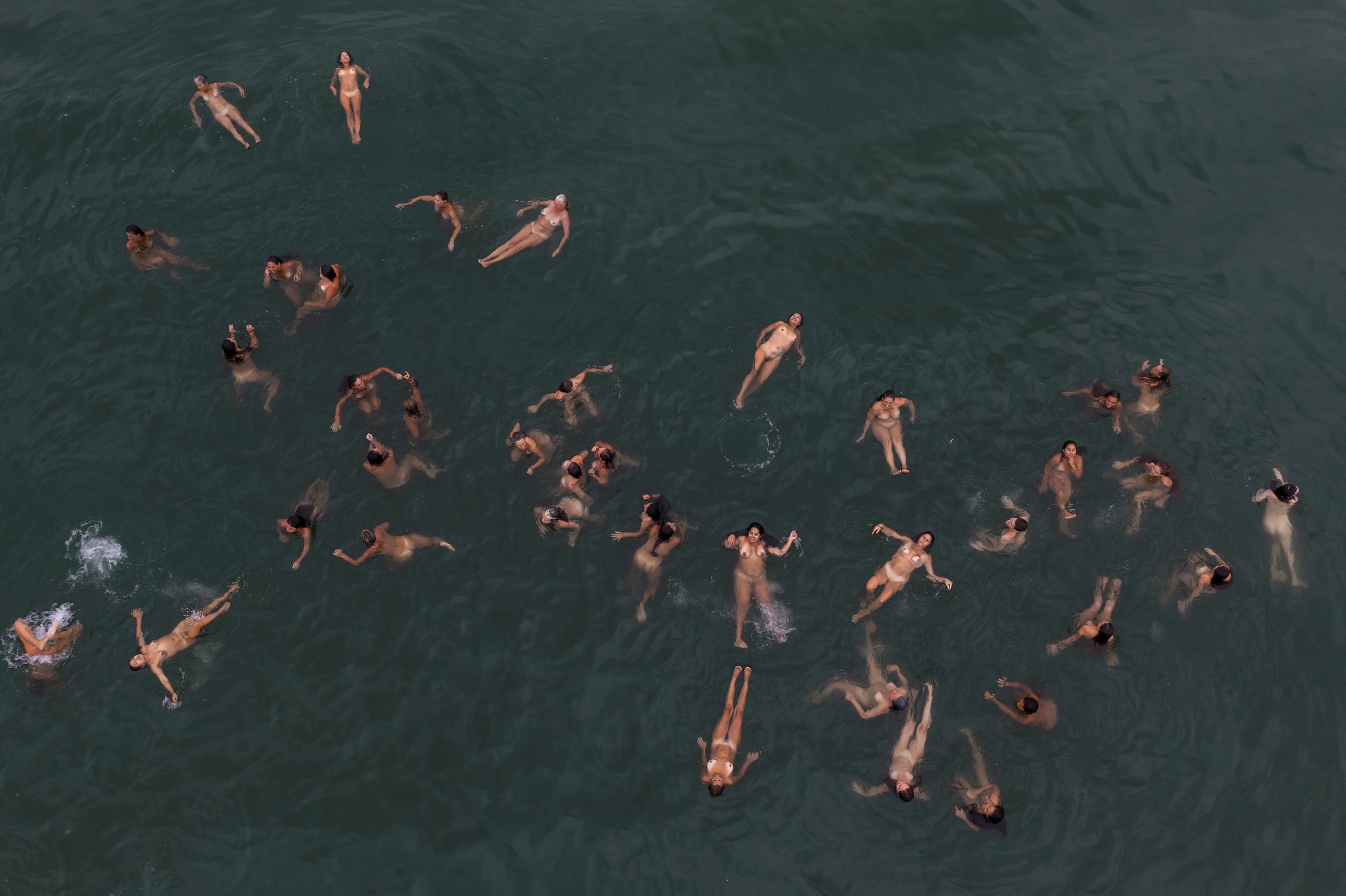
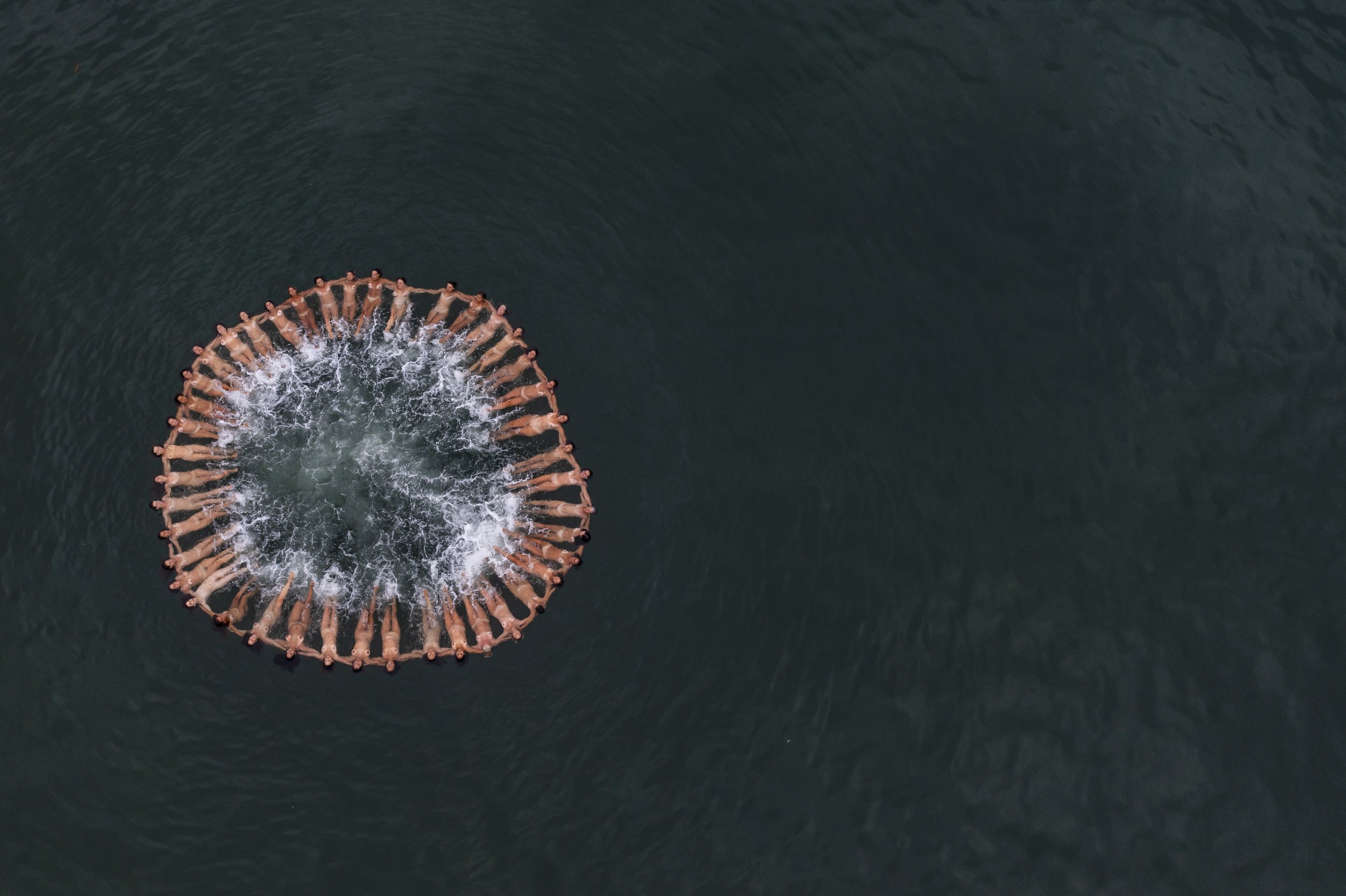
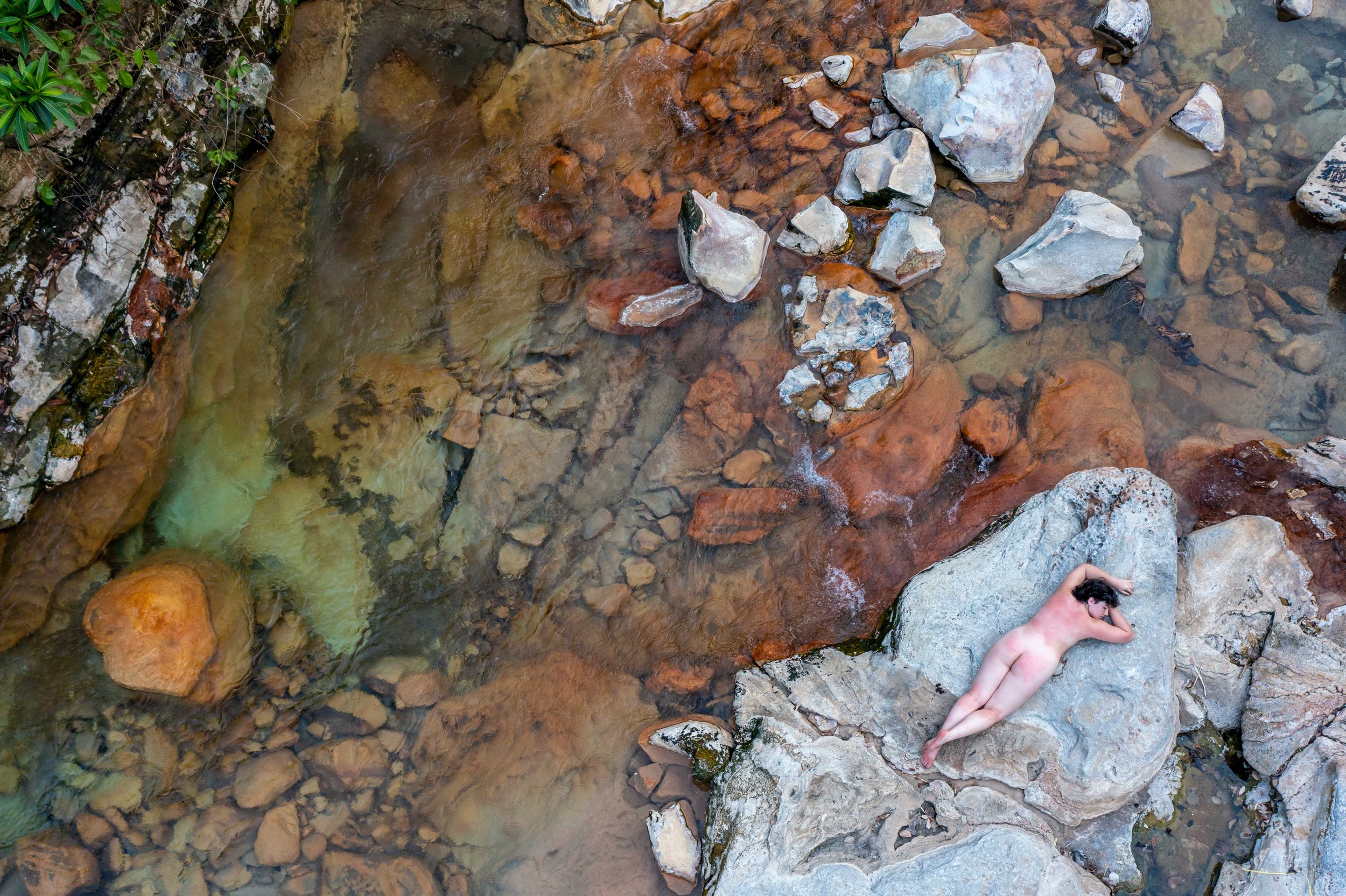

In this photographic series I call on women to leave their inhibitions on land and to live a moment of connection, freedom and support in different bodies of water.
Through the image I explore the concept of freedom and female liberation and I seek that both the participants and the viewer question social prejudices and the dominance of patriarchy over women and over the nature that surrounds them. I also seek to expose the different forms that the female body has, under a framework that invites the participants to show off as they are.
The series is born at the end of the world, in Puerto Natales, Chile, and covers different bodies of water in Chile, Peru and The United Sates.
Rainbows
Rainbows are symbols of hope and of better times to come. In this series of aerial portraits groups of women convene at sea to embody the spirit of the rainbow in times of crisis. When partaking in these rainbows women connect with each other, with nature and become active symbols of hope, unity and community.
Peru and Chile
Ongoing project started in 2021
PORTRAITS of the multiverse
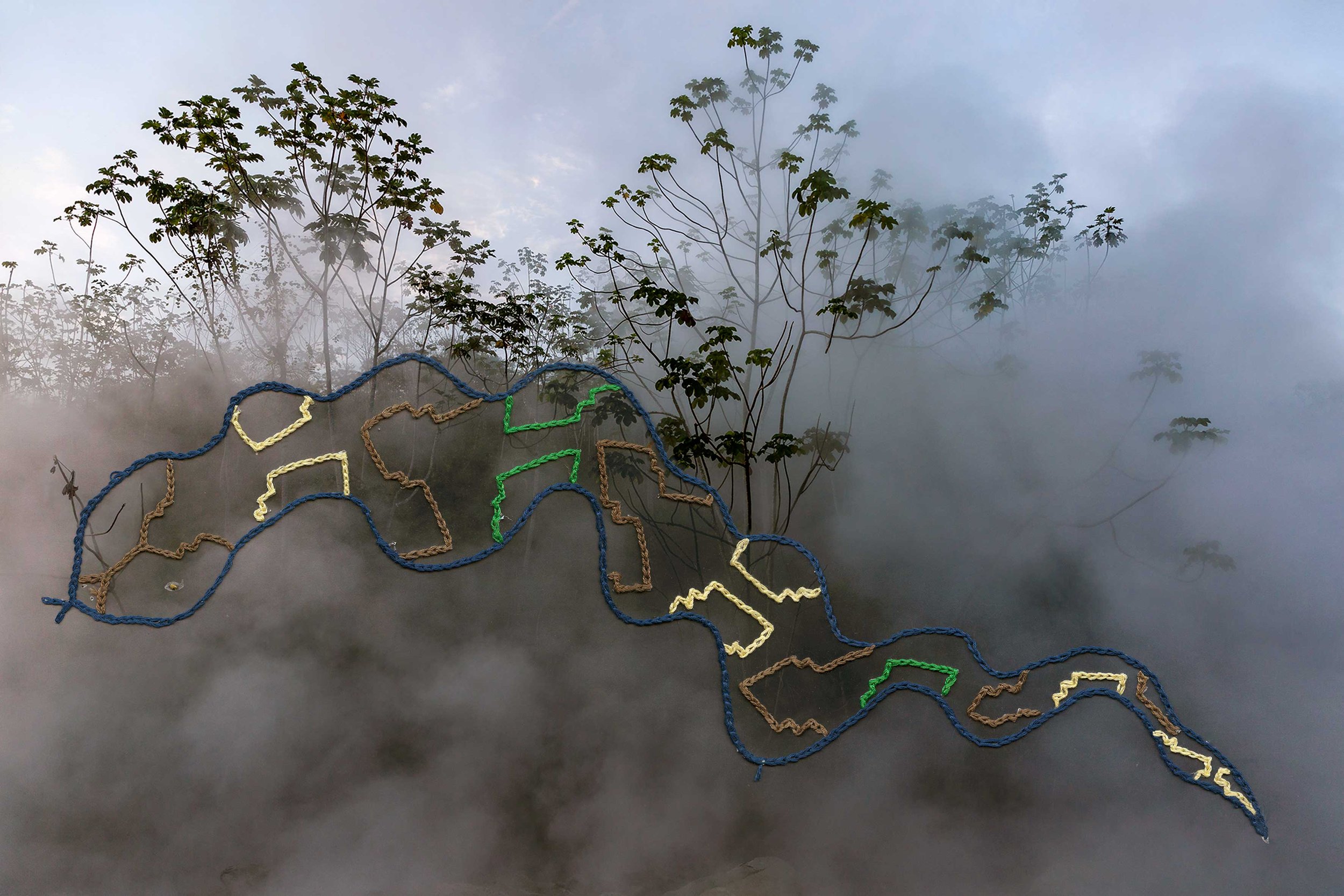
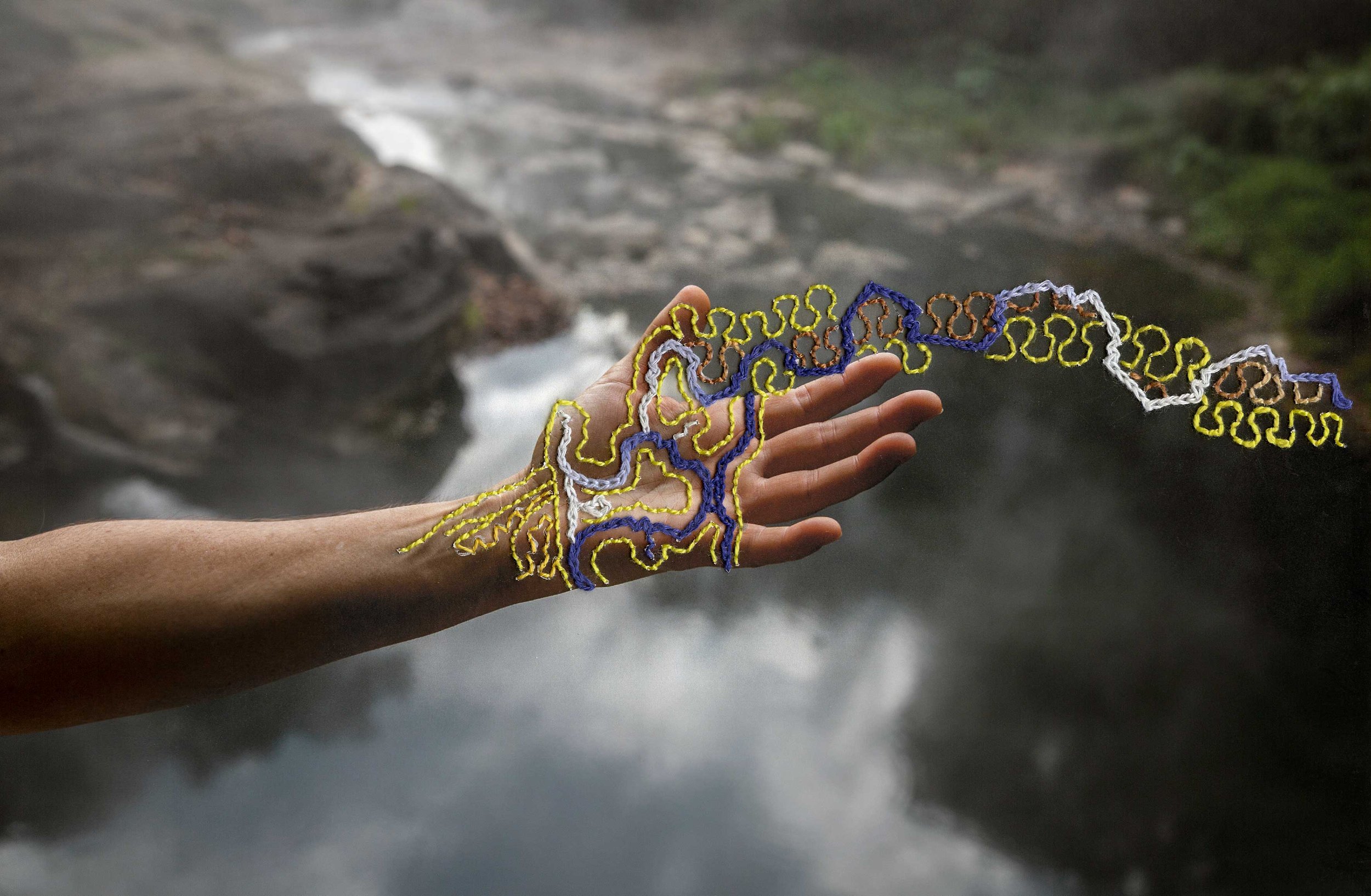

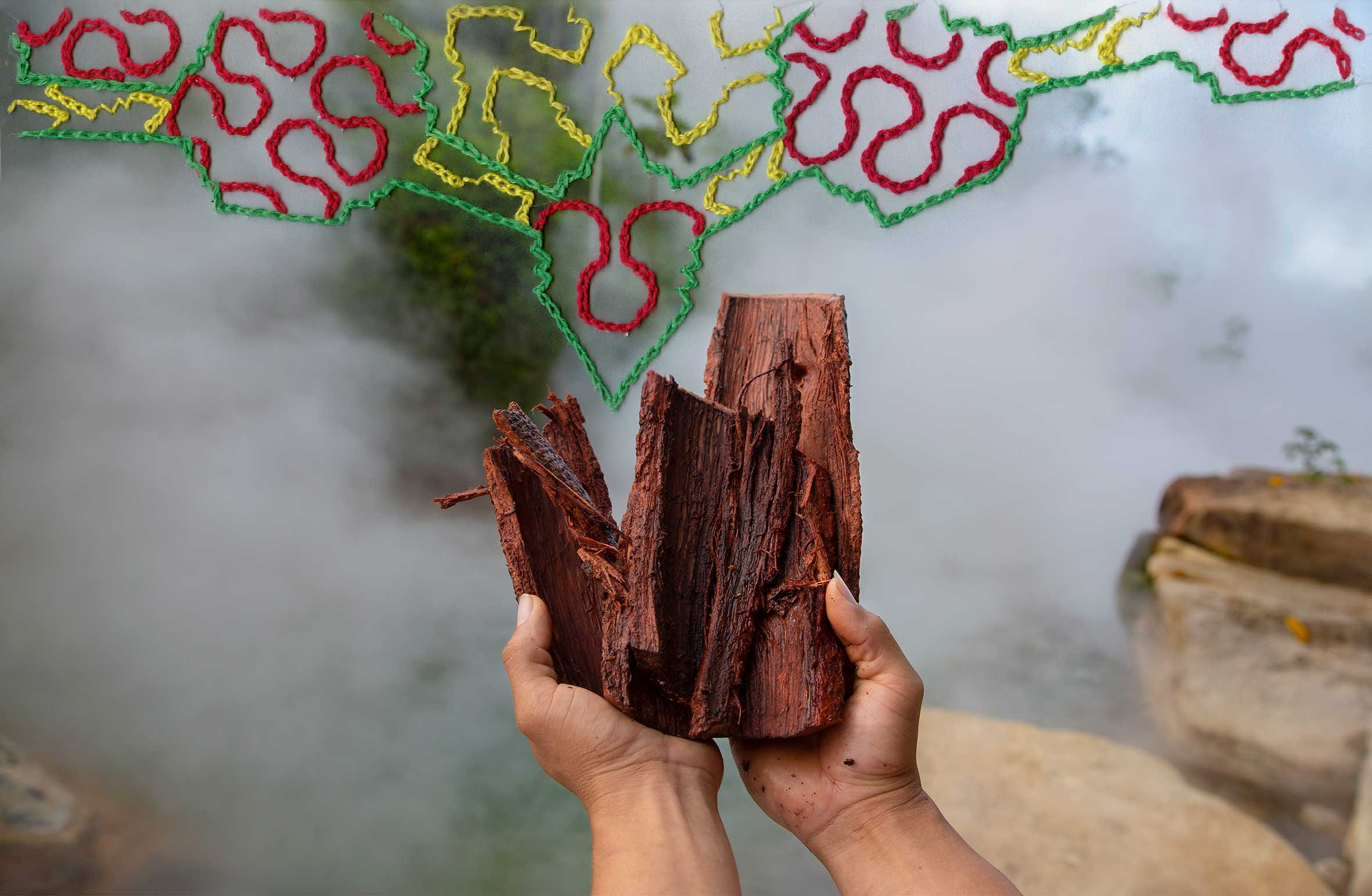
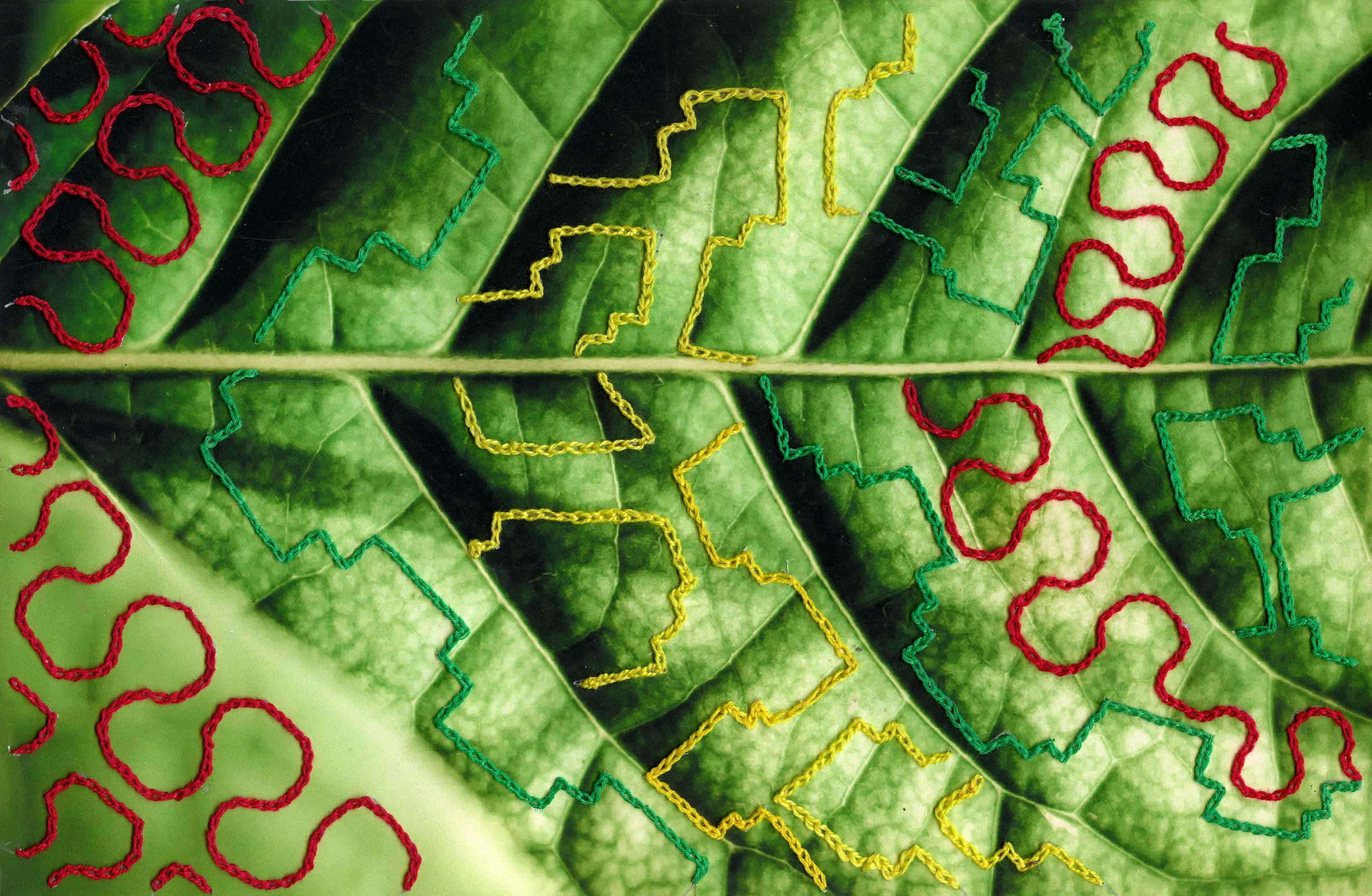
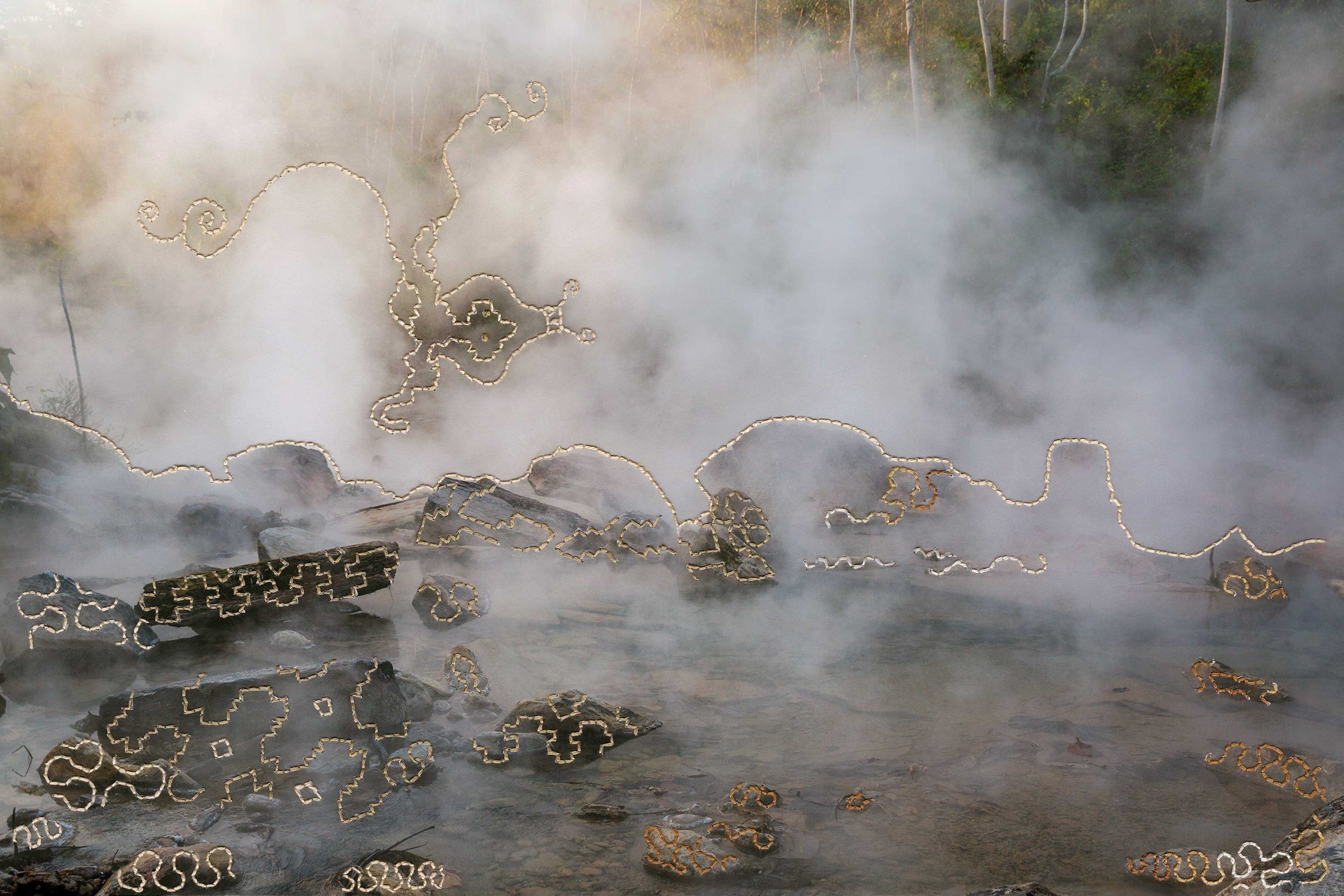
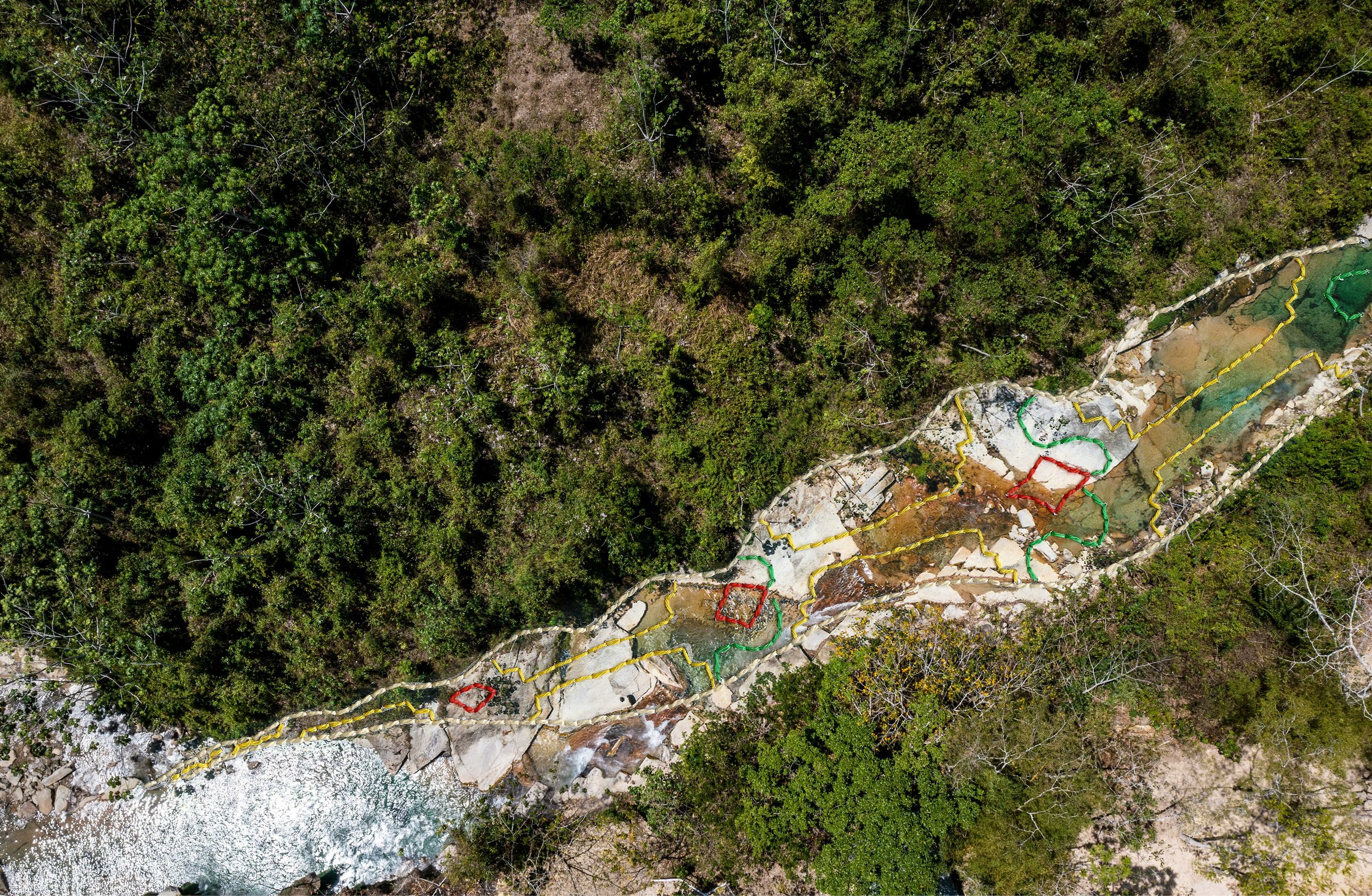
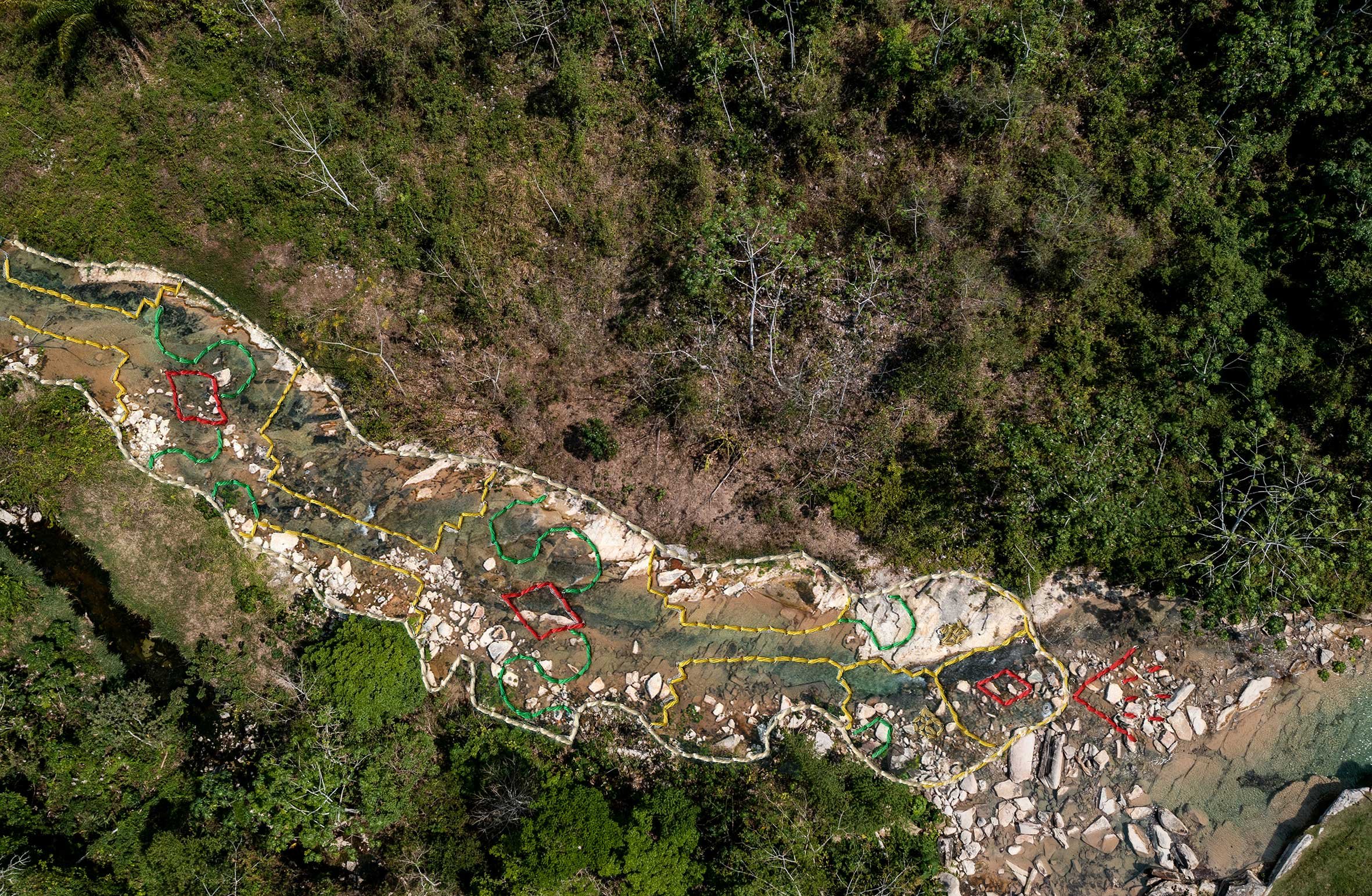
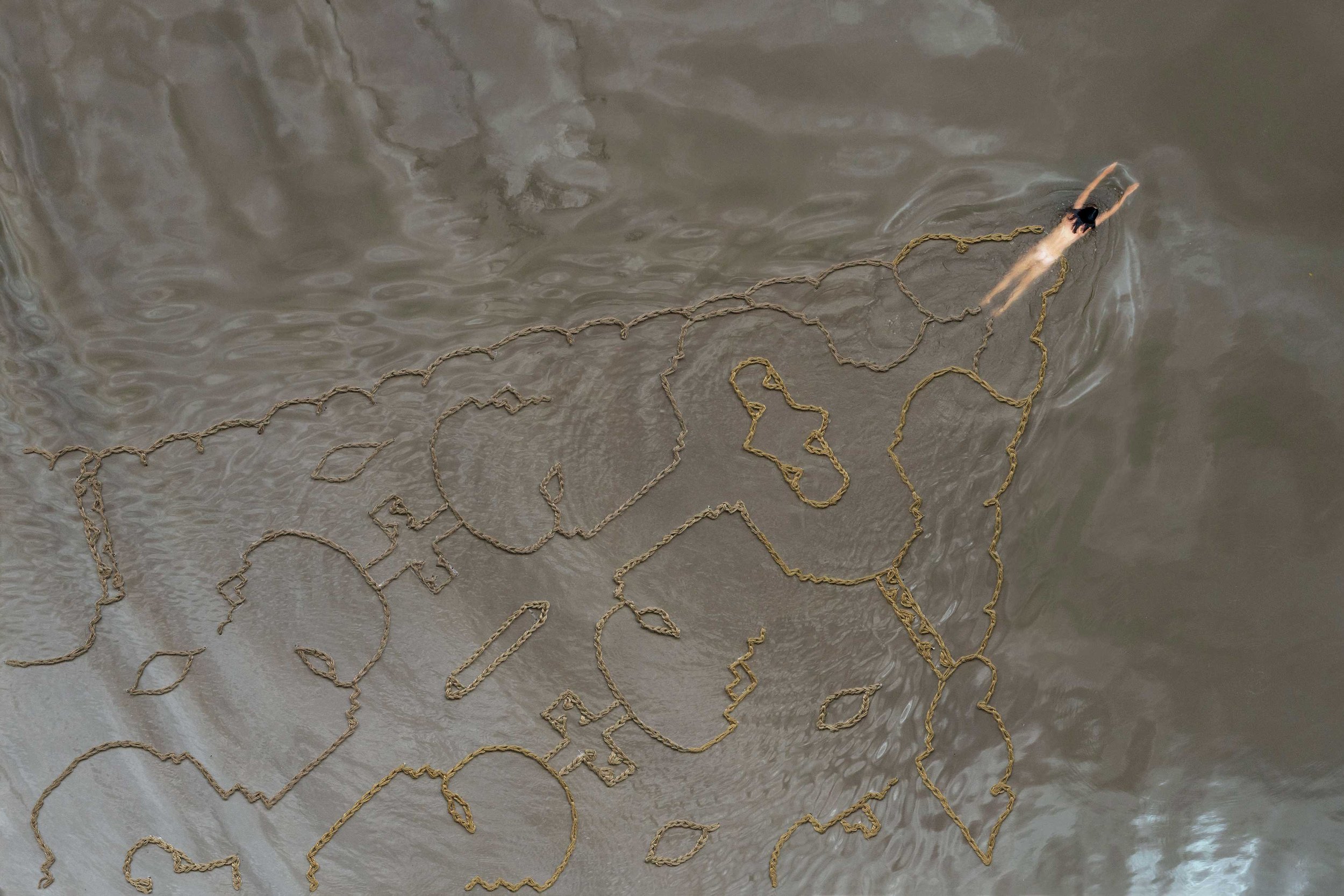
“Portraits of the Multiverse” is an ongoing visual investigation between Peruvian artists Ana Elisa Sotelo, photographer, and Sadith Silvano, Shipibo Konibo artist and master of the Kené. Ana Elisa shows elements of Amazonian nature through photography and Sadith reveals the immaterial energy that runs through the images through embroidered kené patterns.
In a transition from the invisible world, to the visible, and back to the invisible, this series develops a dialogue about the Amazonian multiverse. It is a visual encounter between two languages that capture light through different means: the eye of the photographer and the eye of the embroiderer. In each work, the embroidery captures the spirit of the jungle that the camera cannot see over the photograph.
This series of landscapes and nude installations explores the connection between women and nature. Women blend with the natural landscapes they thrive in and communicate that nature is as alive as they are.
cardumen de mujeres / the wild swimmers : Chile
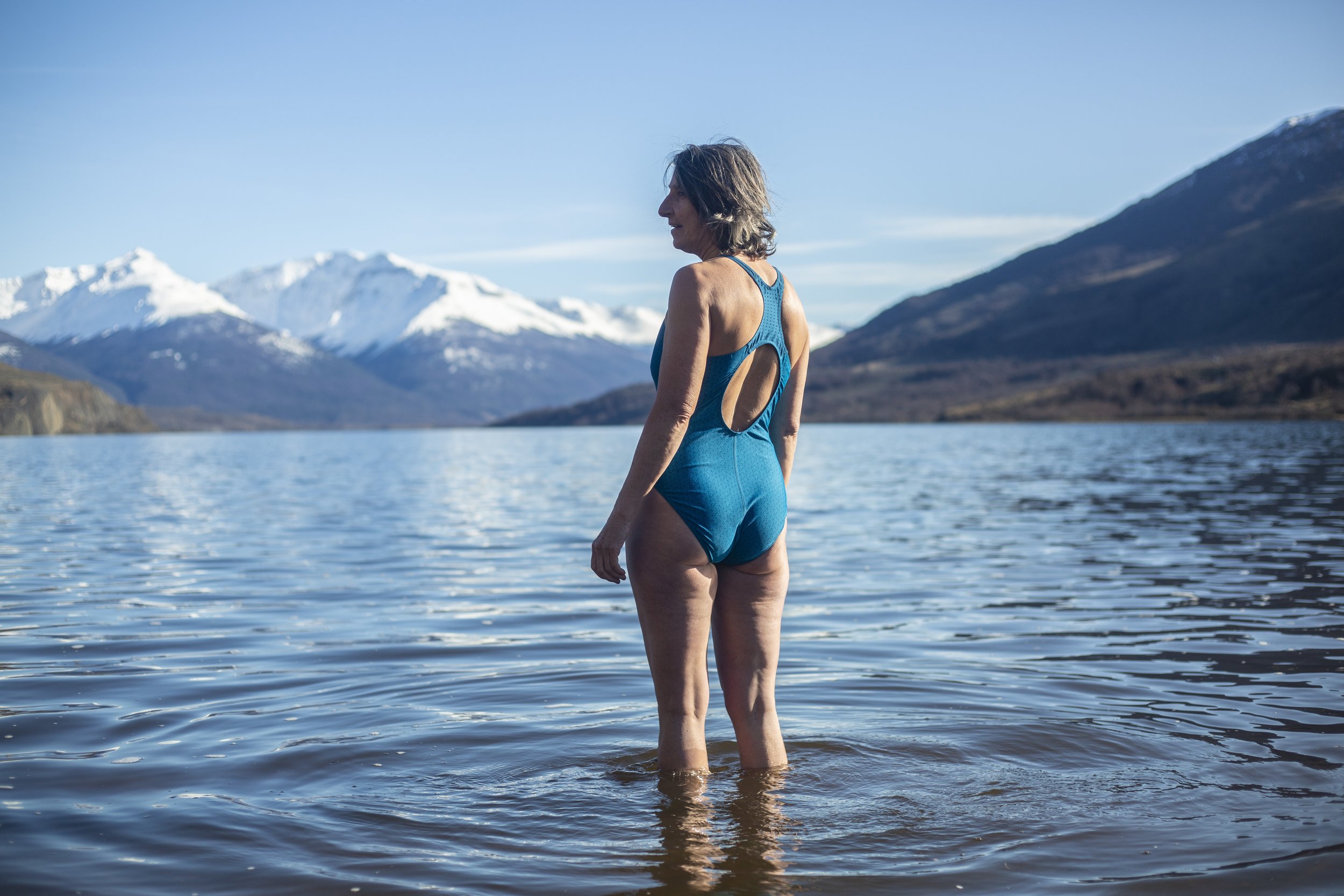
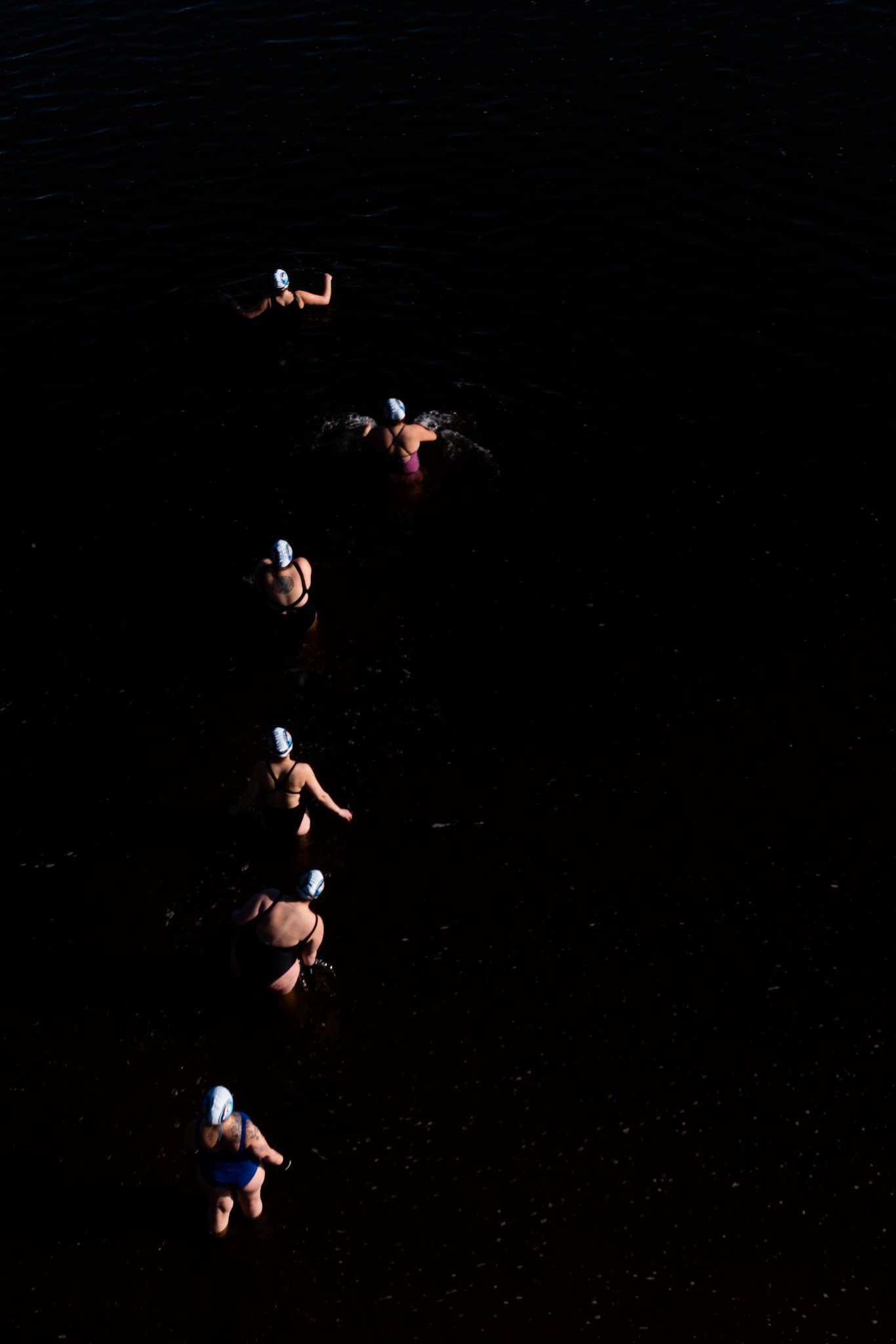
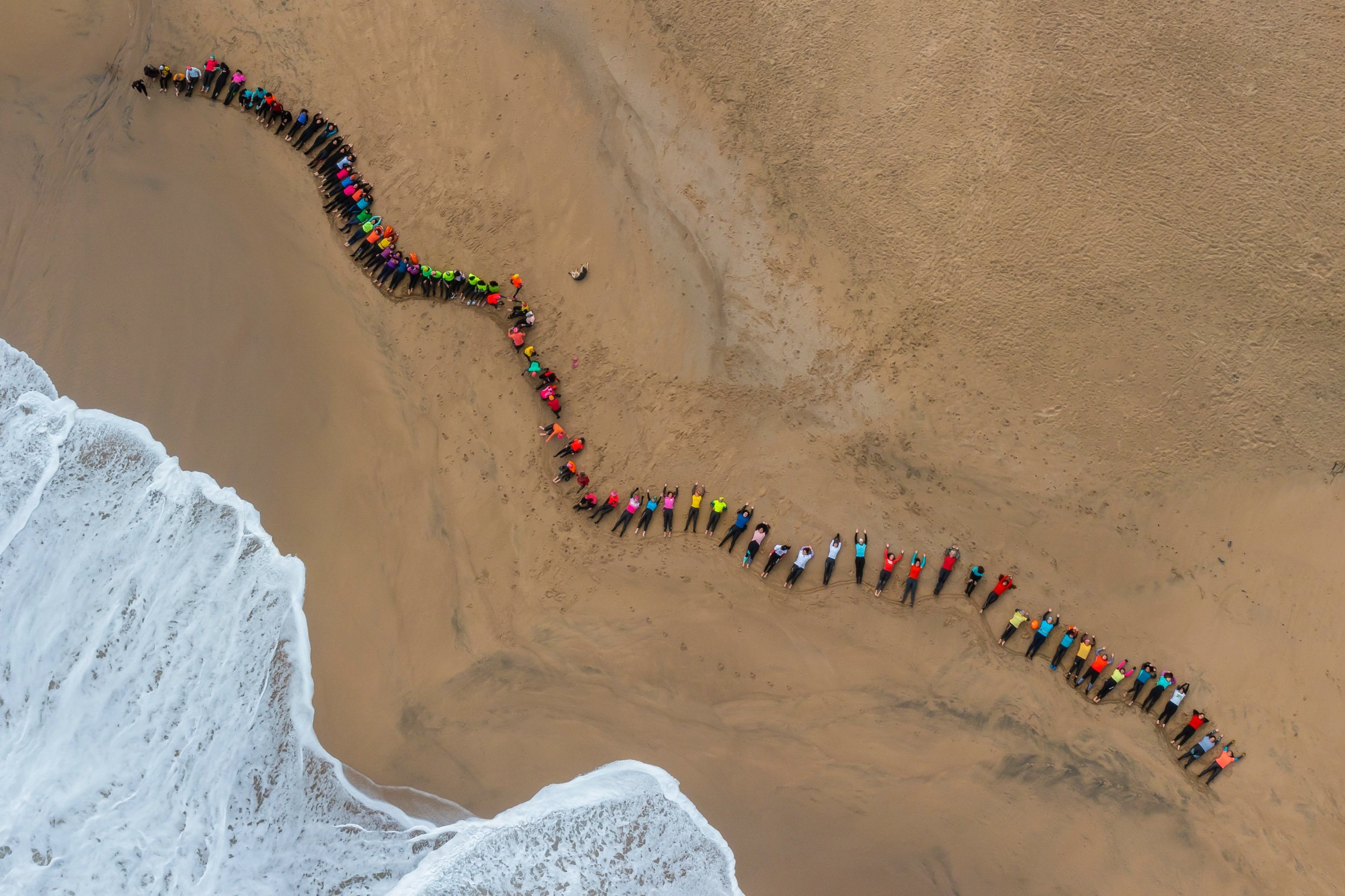
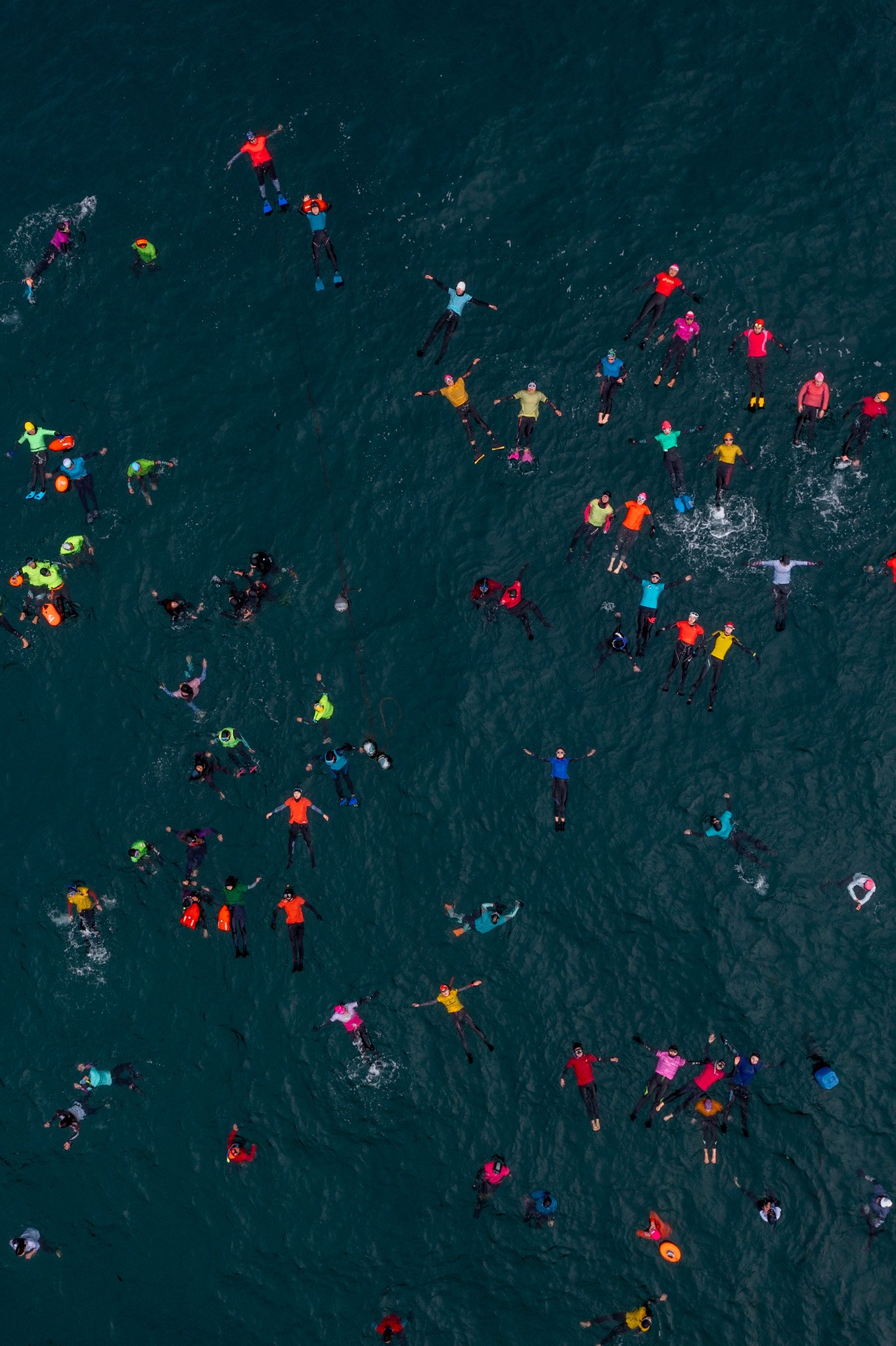
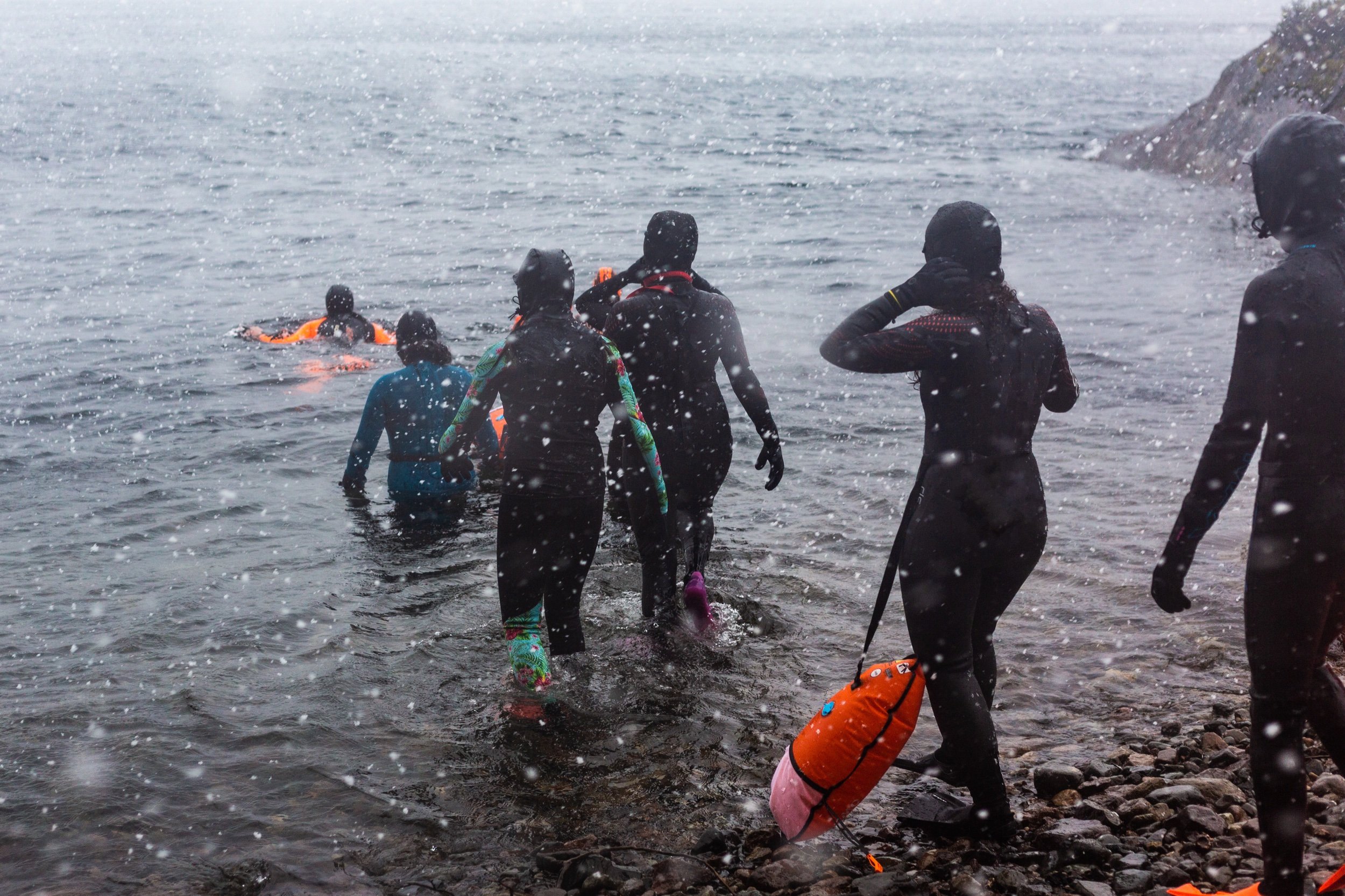
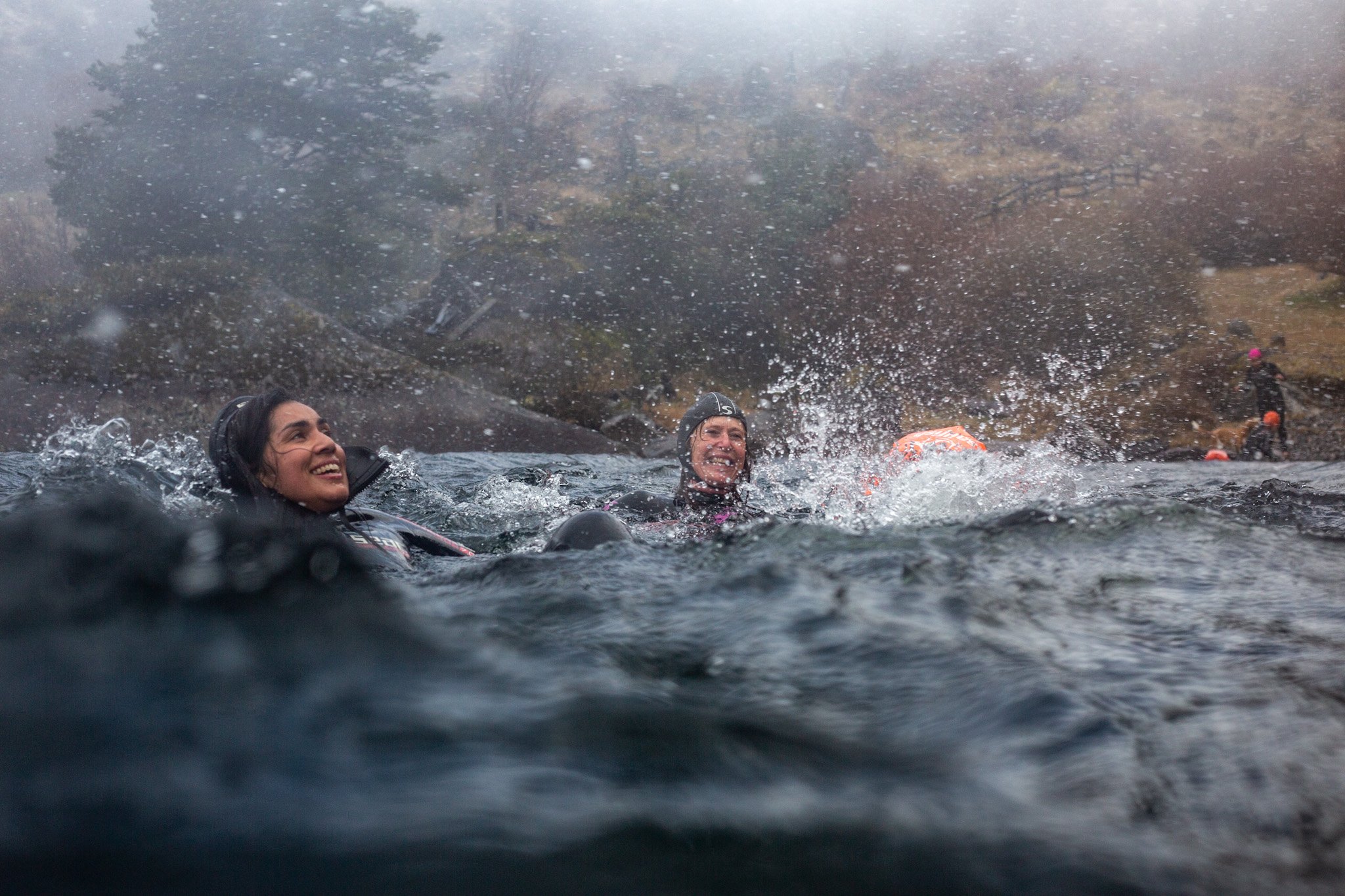

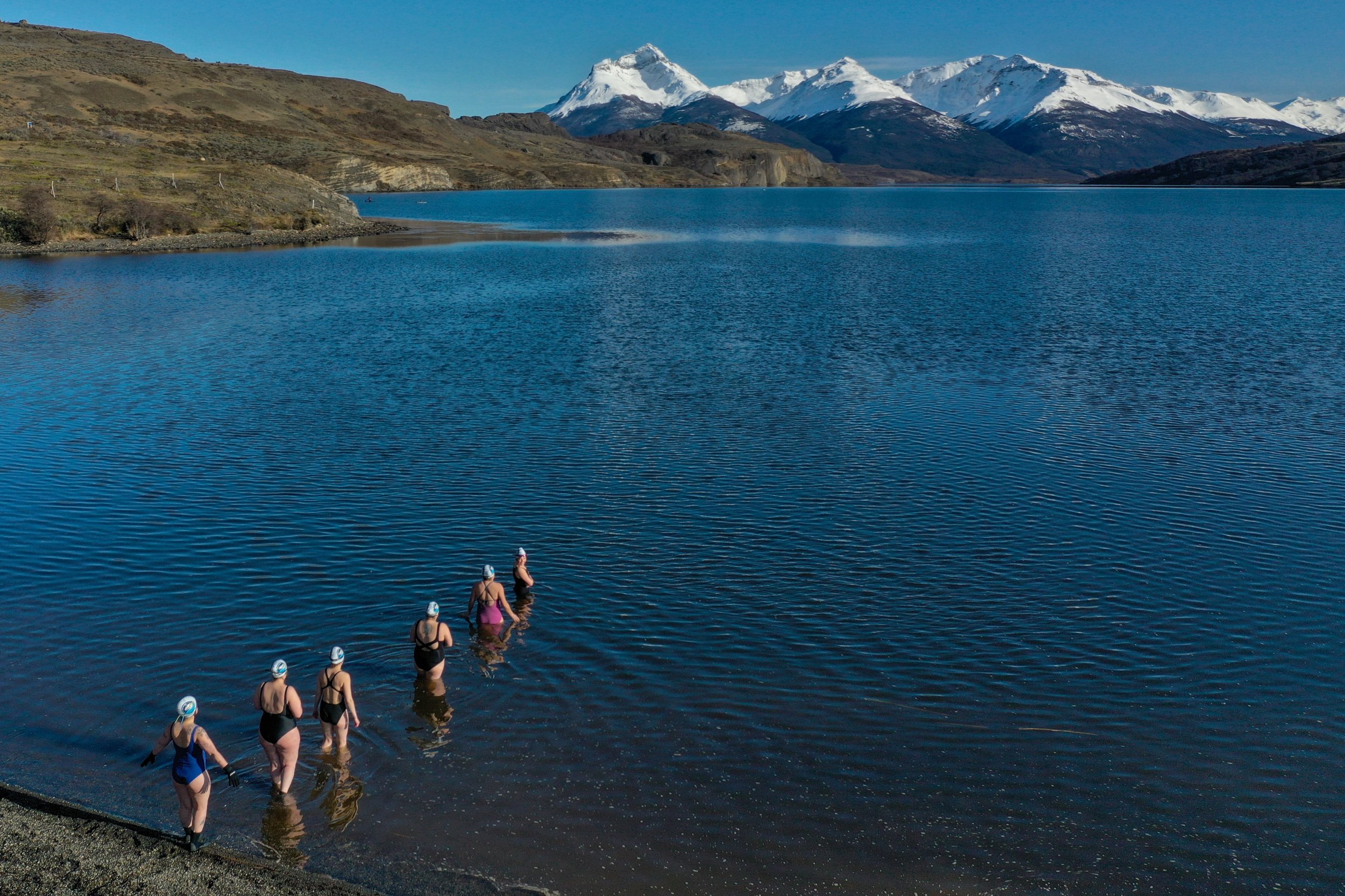

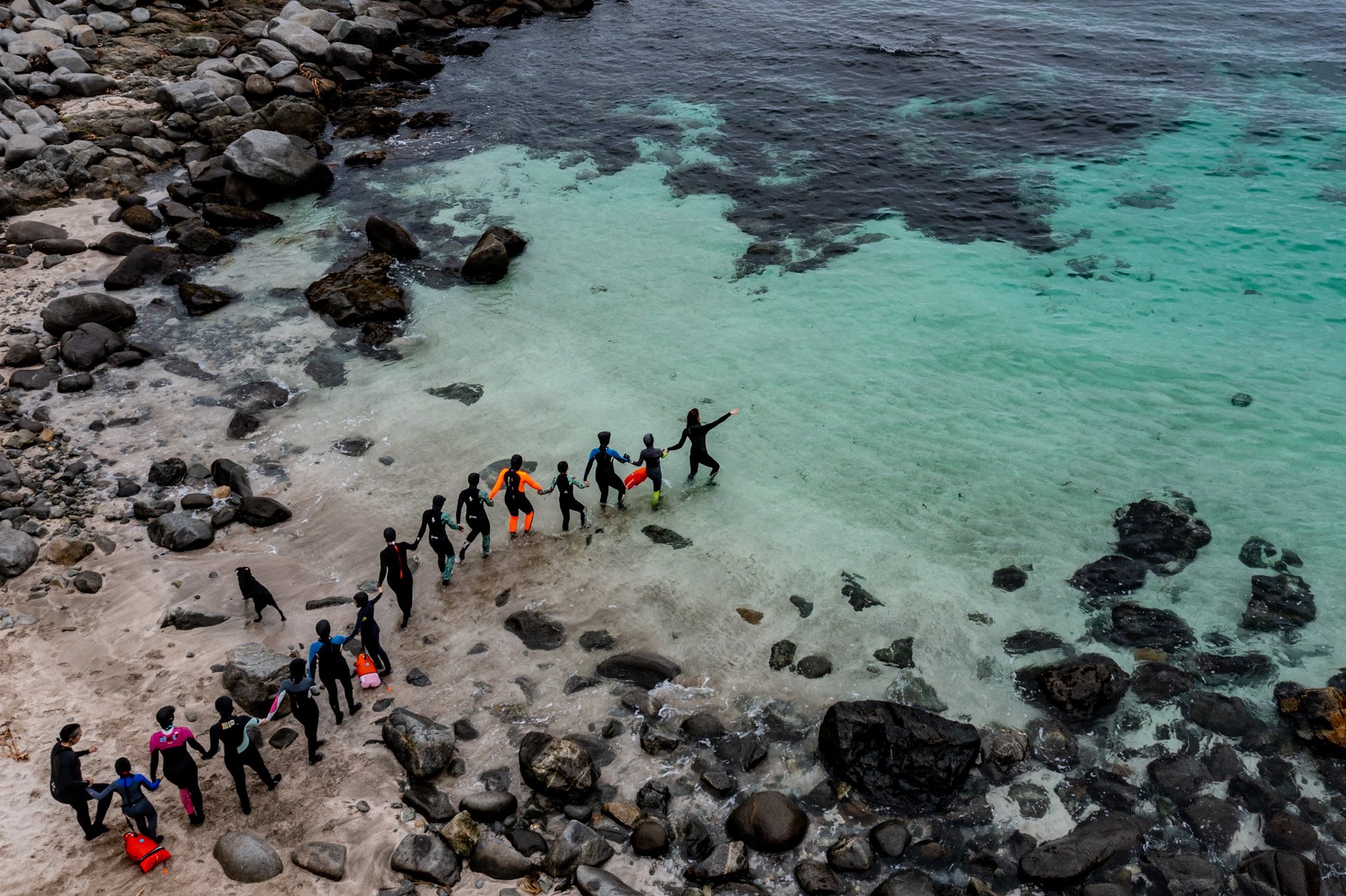



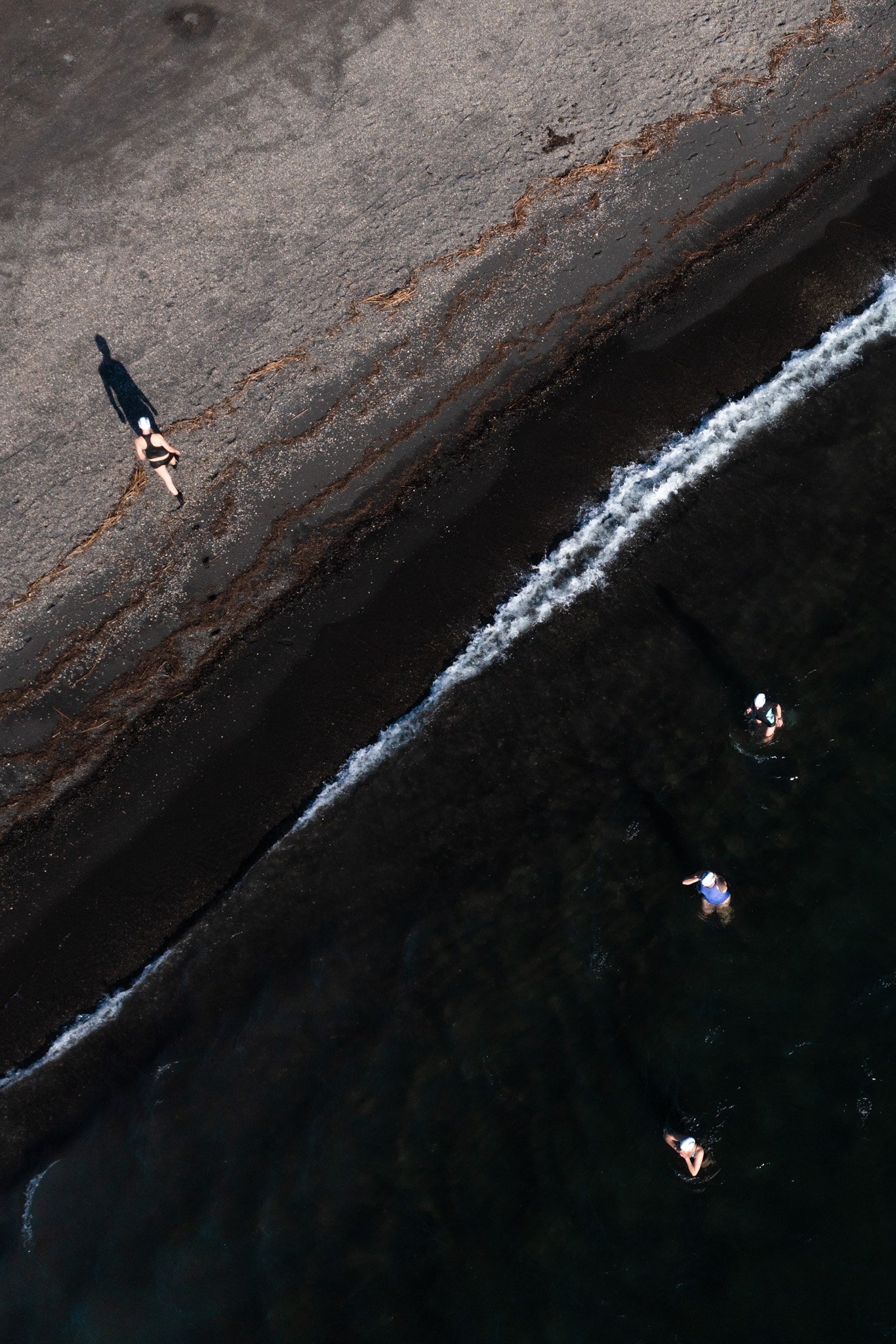
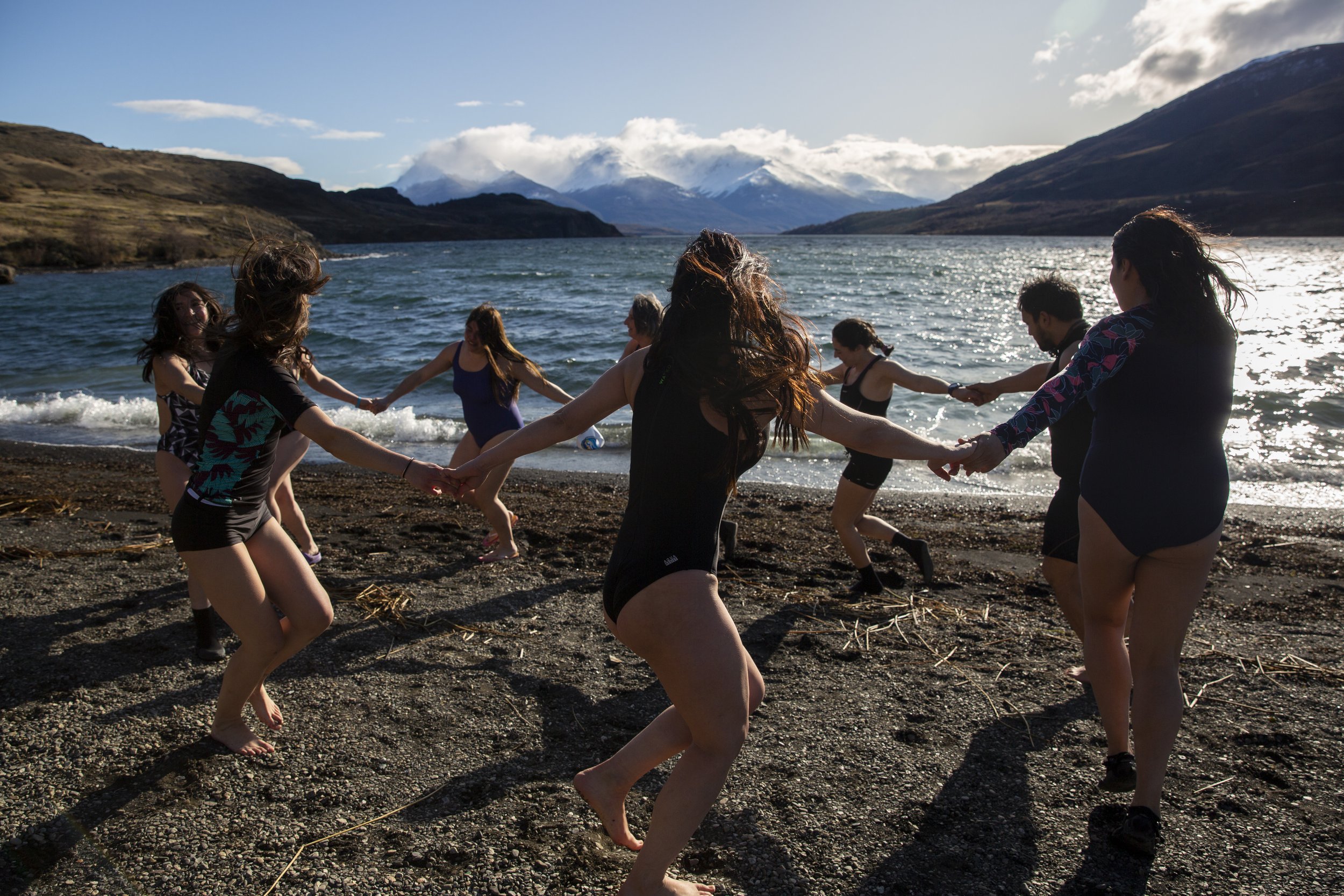
A “cardumen” (school) of swimmers near the end of the world.
“Cardumen de Mujeres” is an ongoing project which documents and connects women wild swimmers in Latin America. The images in this series take us on a visual journey from the world’s end in Puerto Natales, to Coyahique in Patagonia, to Valpariso.
This project was made possible through a grant from Women Photograph .
cardumen
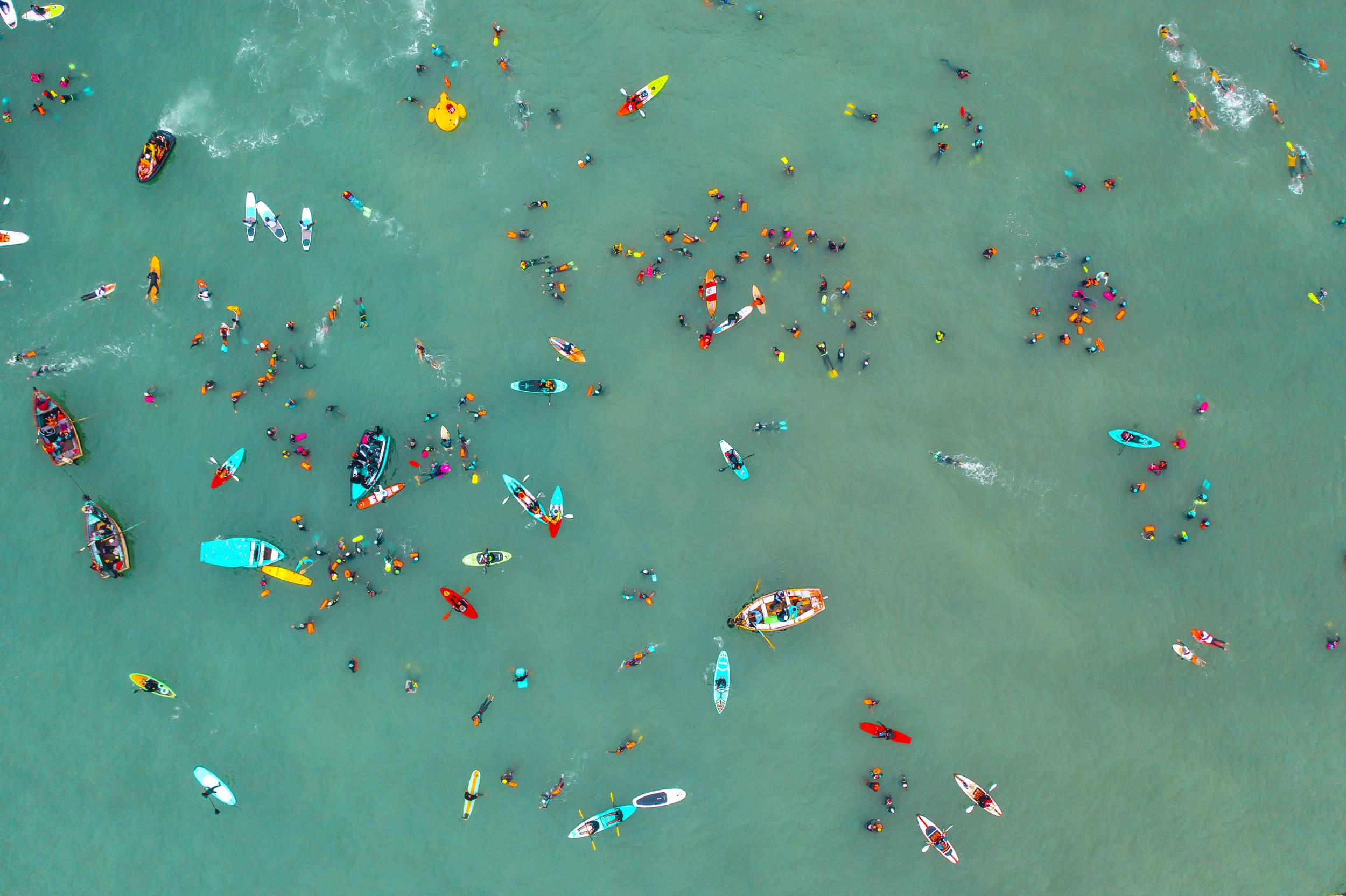
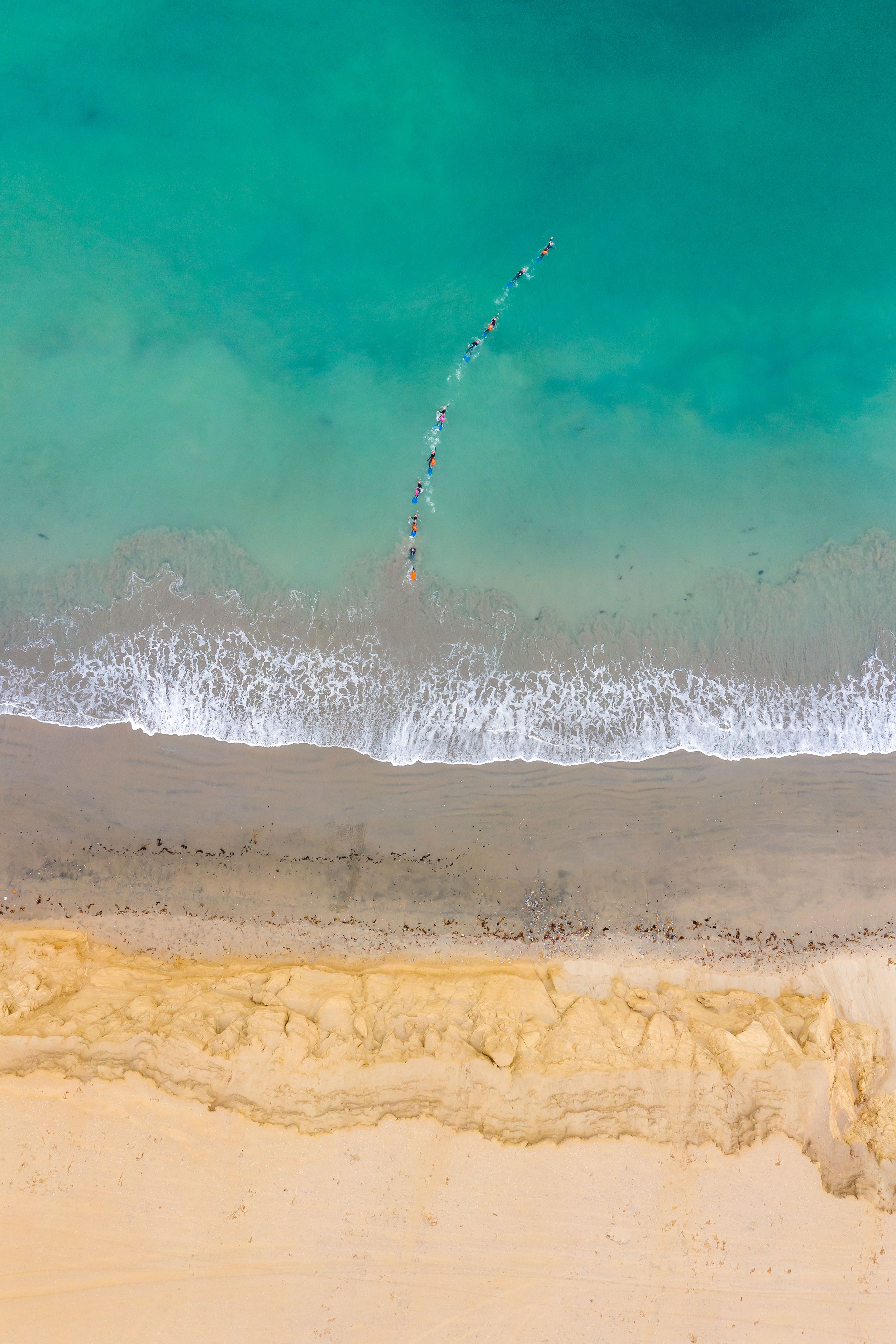
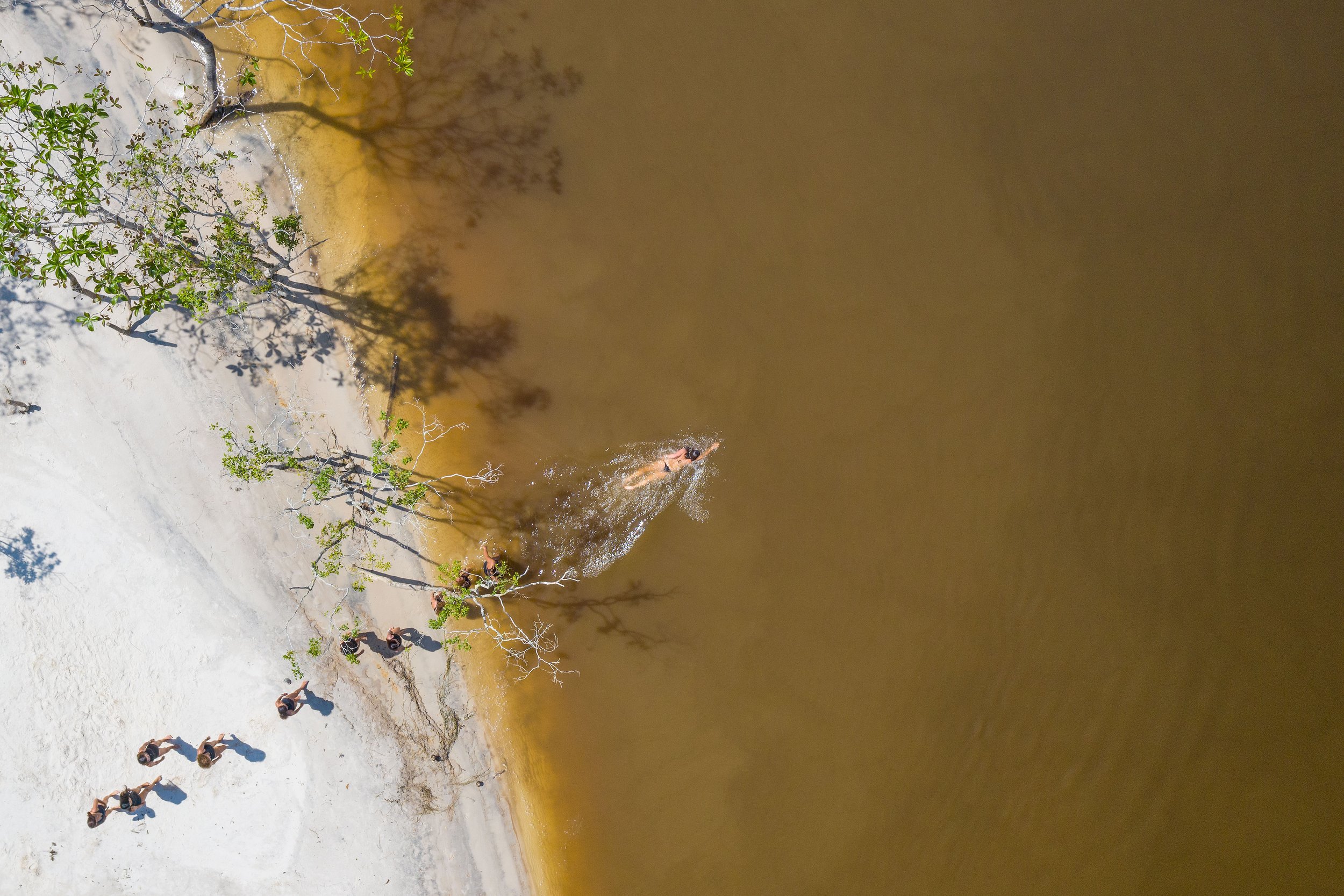
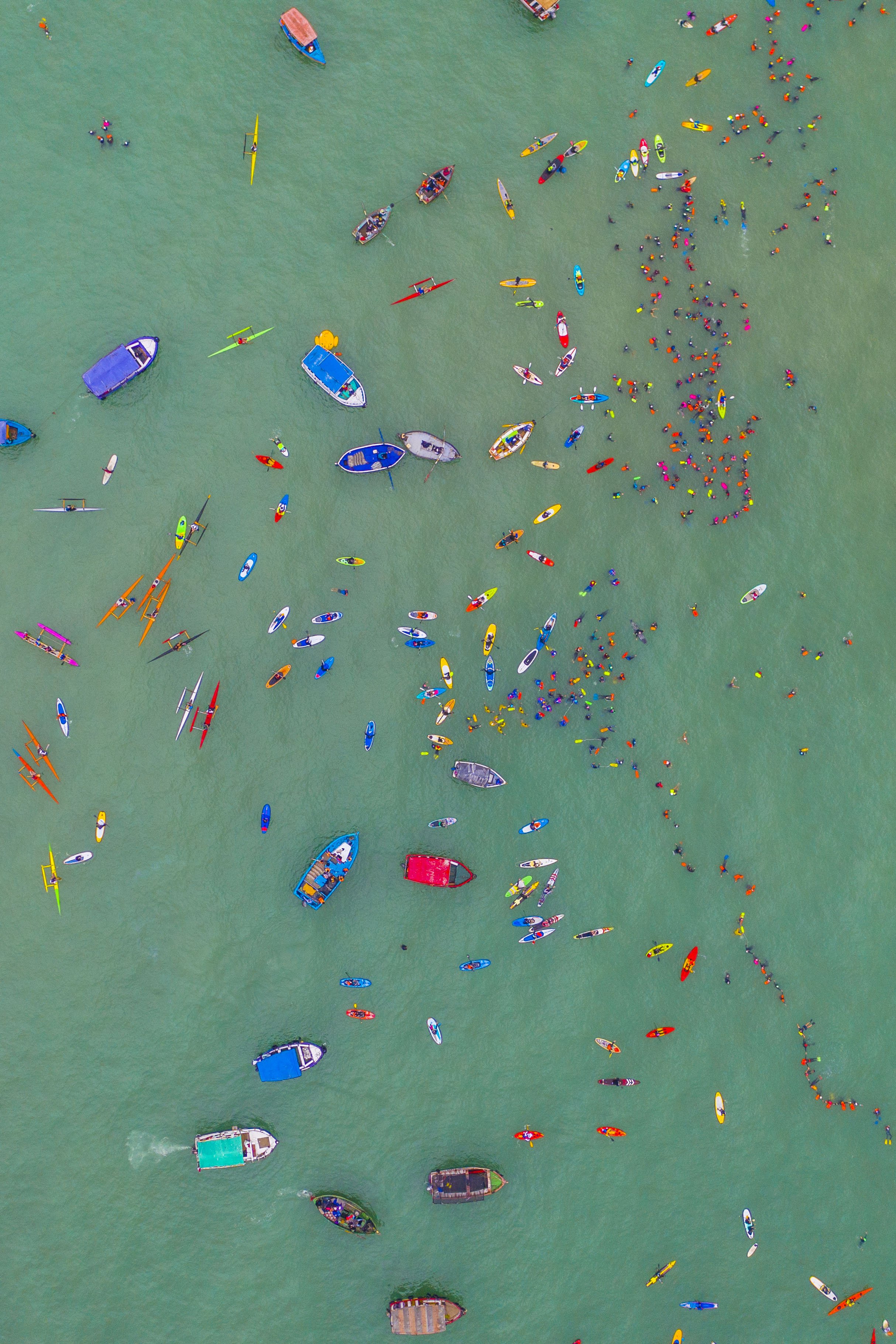
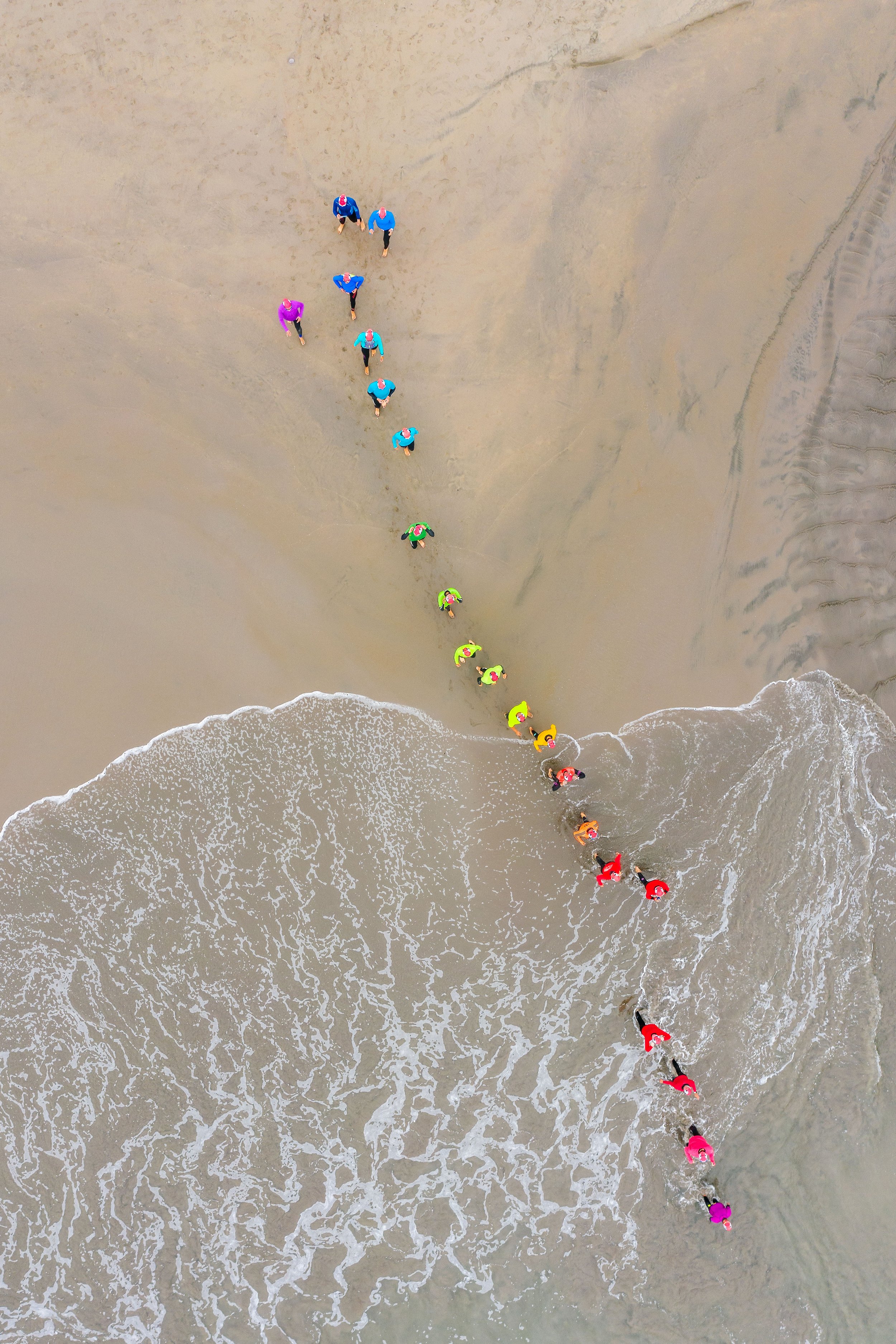
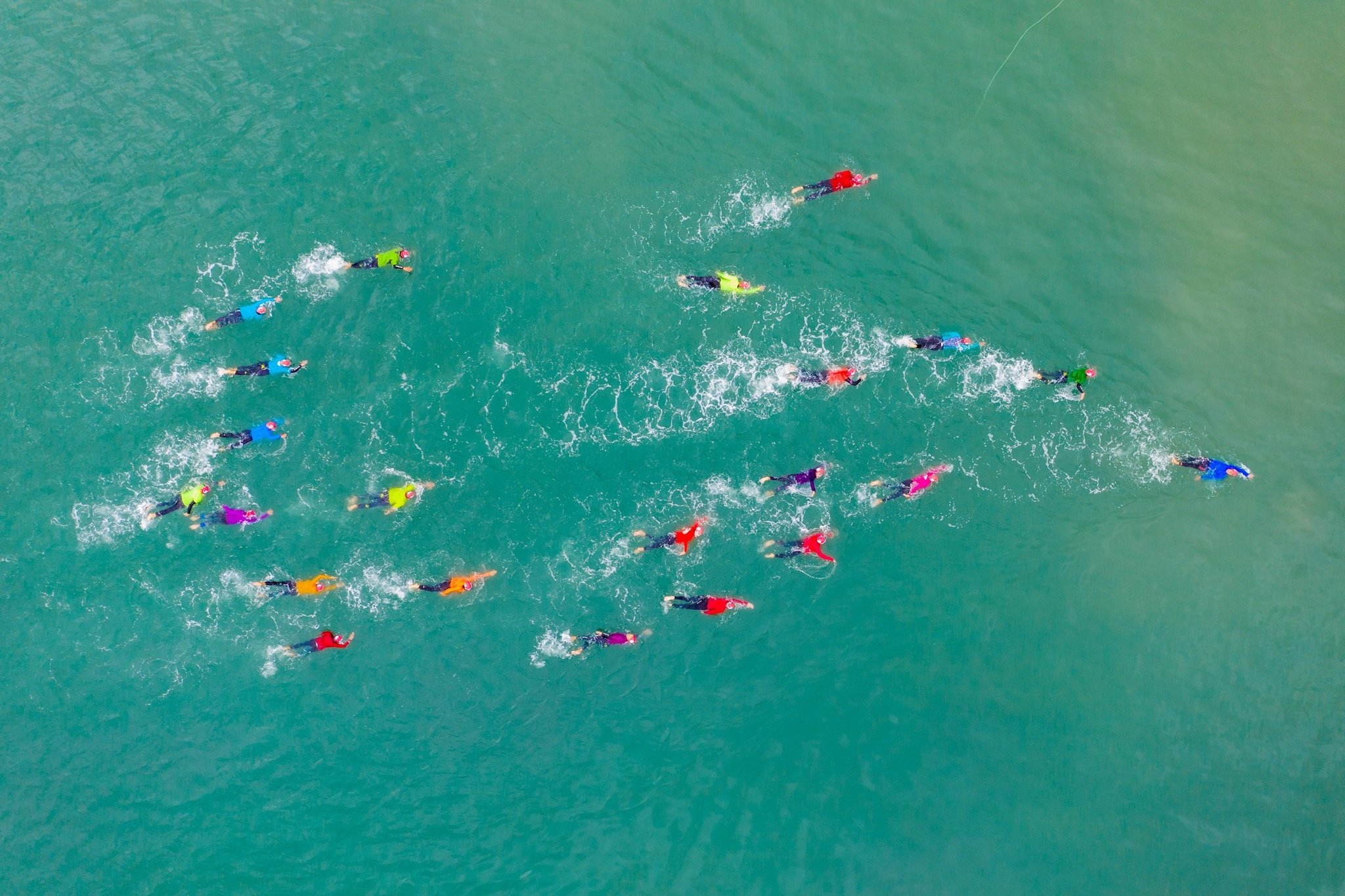
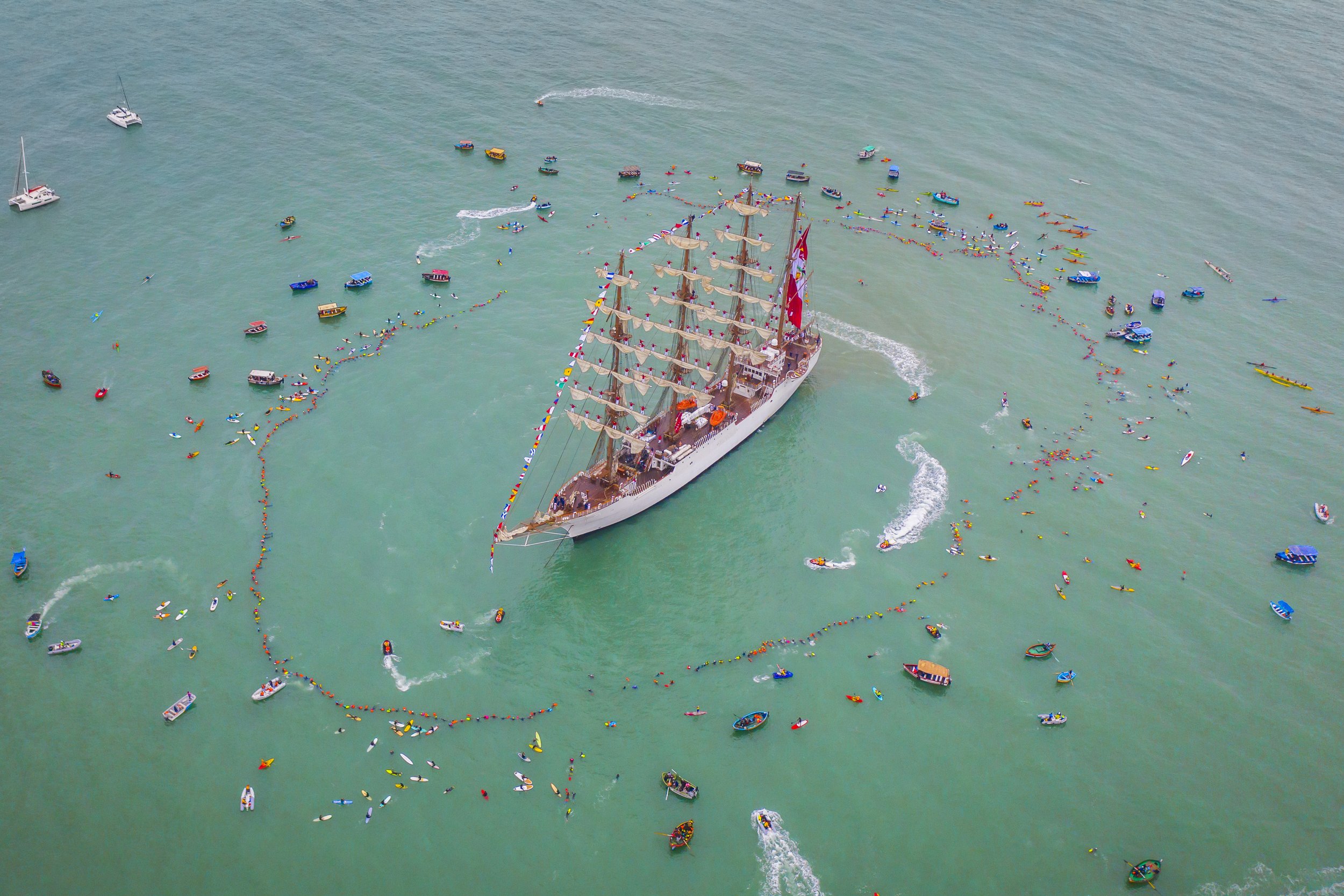
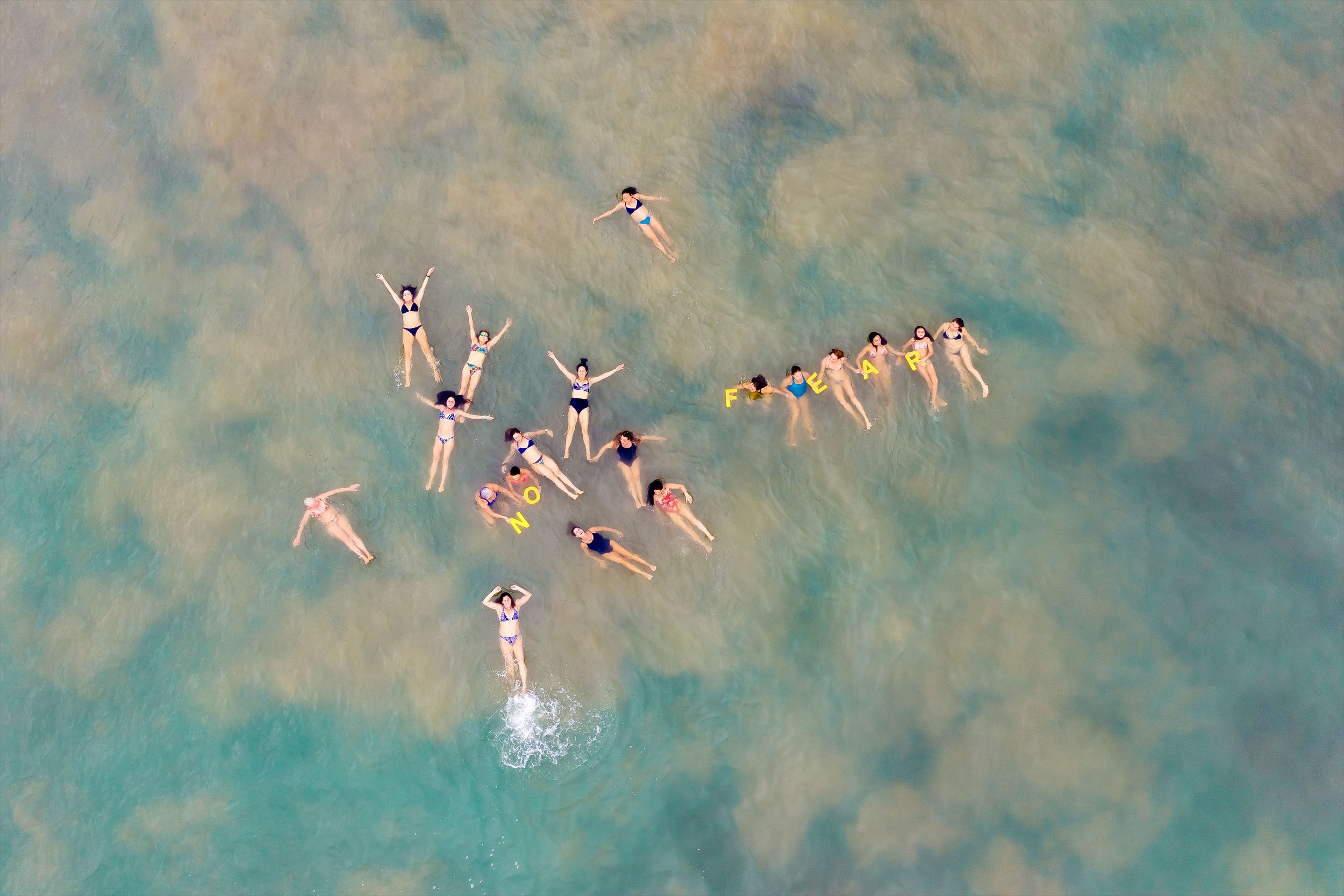
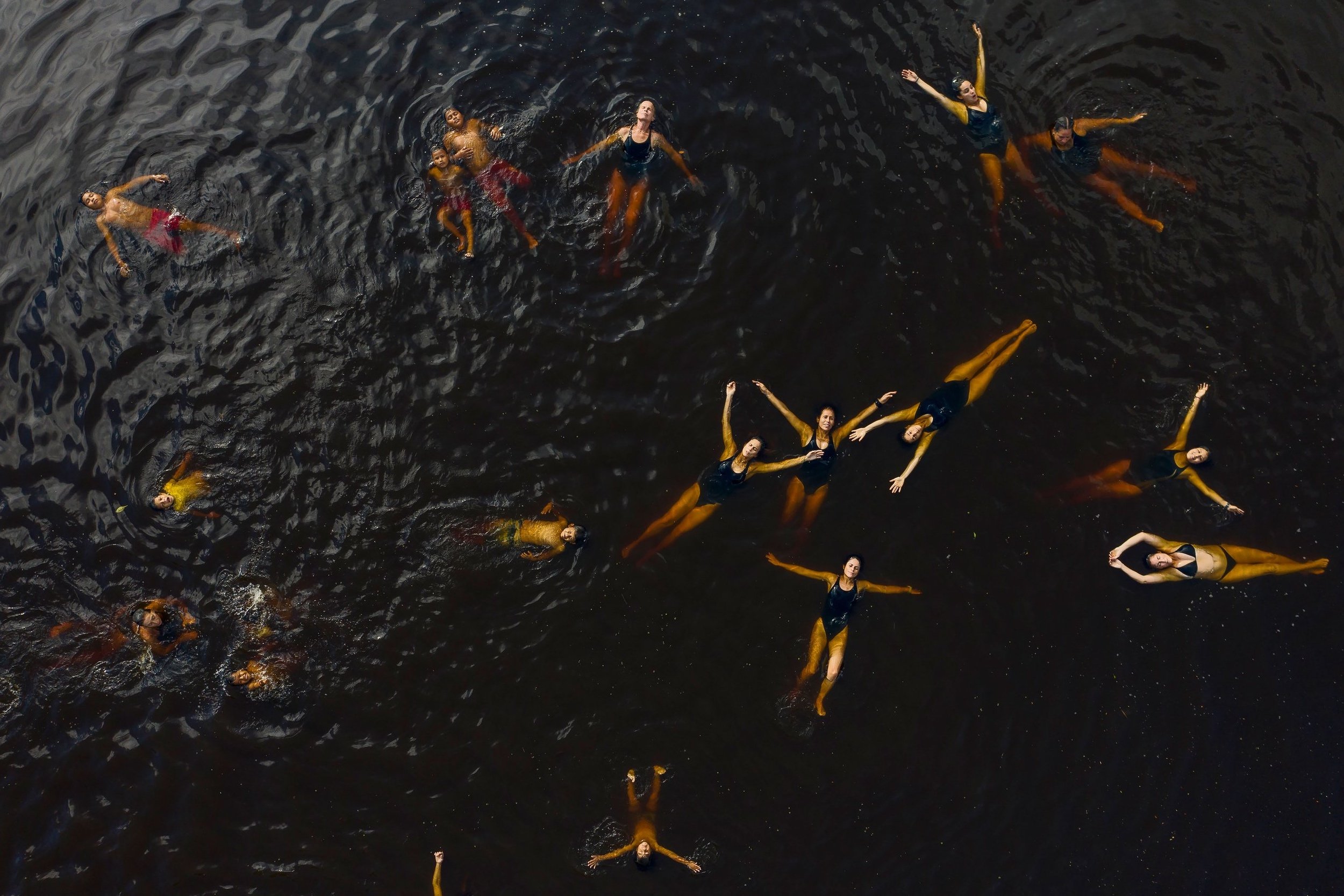
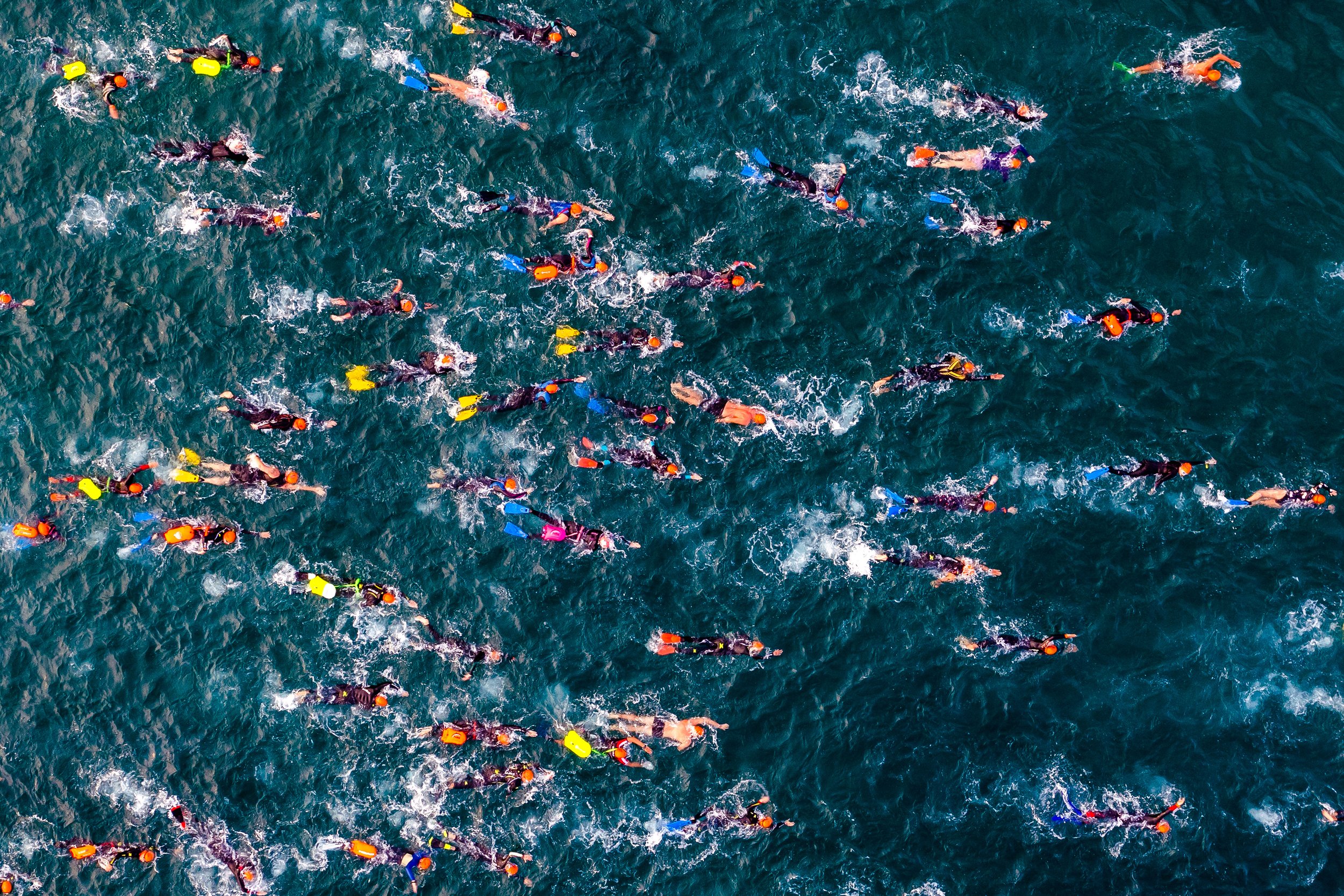
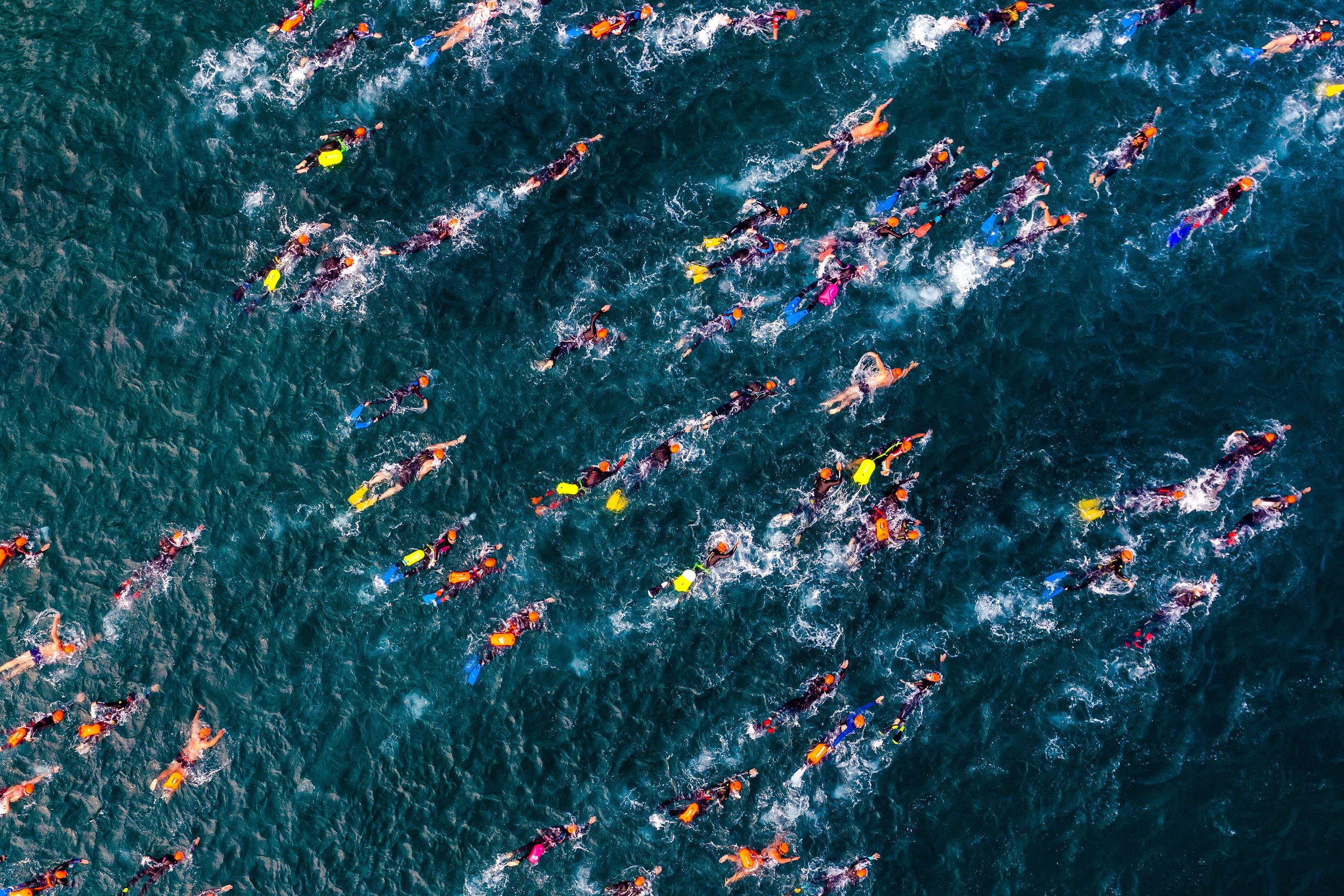
The central theme of this series of aerial portraits is connection. Taken during the pandemic, when a strong disconnect between community and nature prevails, schools of swimmers form in the water. Swimmers gather at sea, lagoons and rivers generating instances of resilience and freedom. The desire to stay afloat prevails, and the connection between people and between human beings and nature is strengthened.
The work is born from the photographic documentation of the group of swimmers Las Truchas, and the images take us on a journey across different bodies of water throughout Peru: from the Mar de Grau in front of the capital, through the waters of the Nanay River in the Amazon, visiting the Bay of Paracas, up to the warm waters of the Peruvian North Sea
This series was part of my first solo exhibition in La Rebelde gallery in Lima, Peru, 2022
*The word Cardumen translates to school of fish in Spanish
Rosa vasquez and amazonian stingless bees
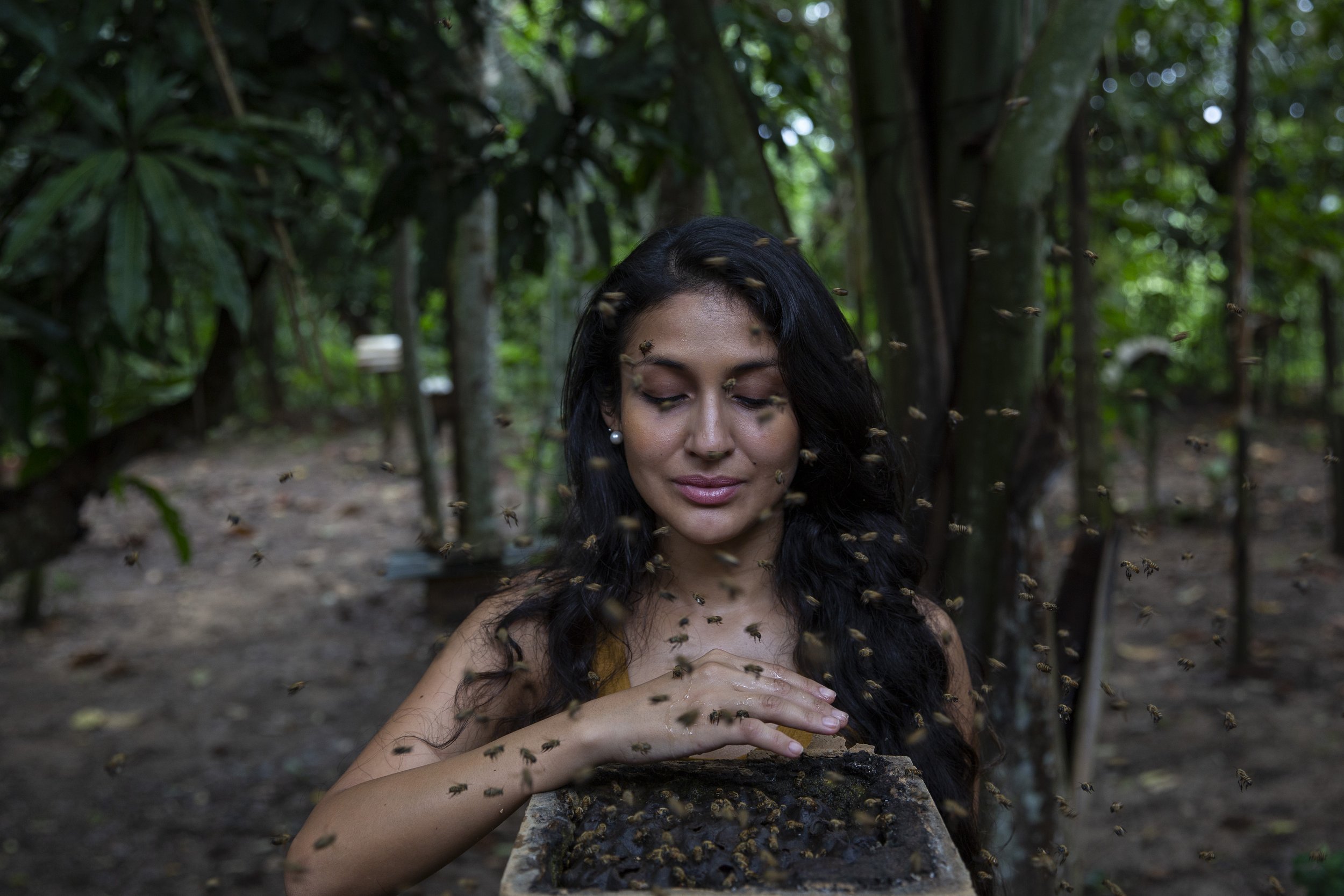

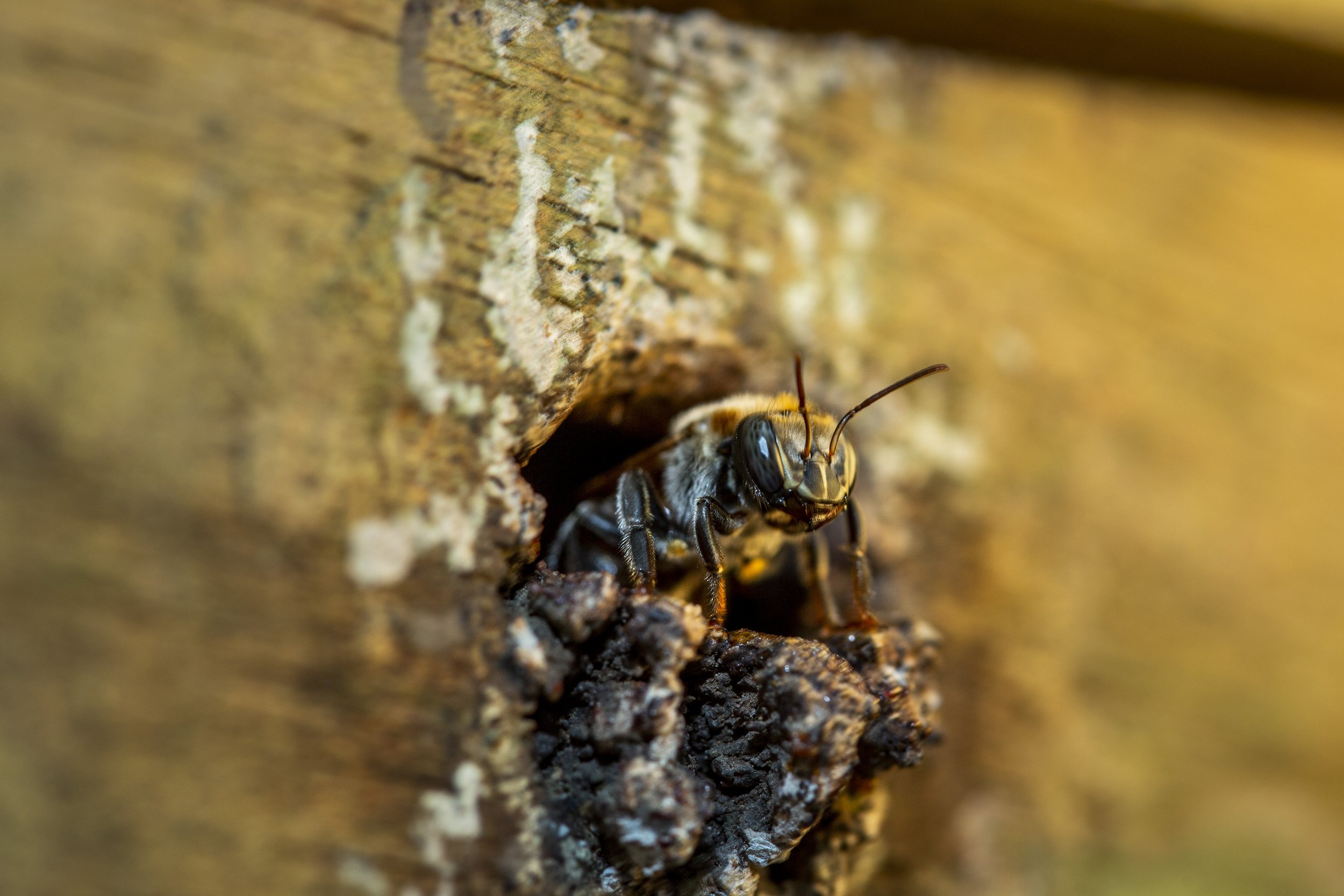

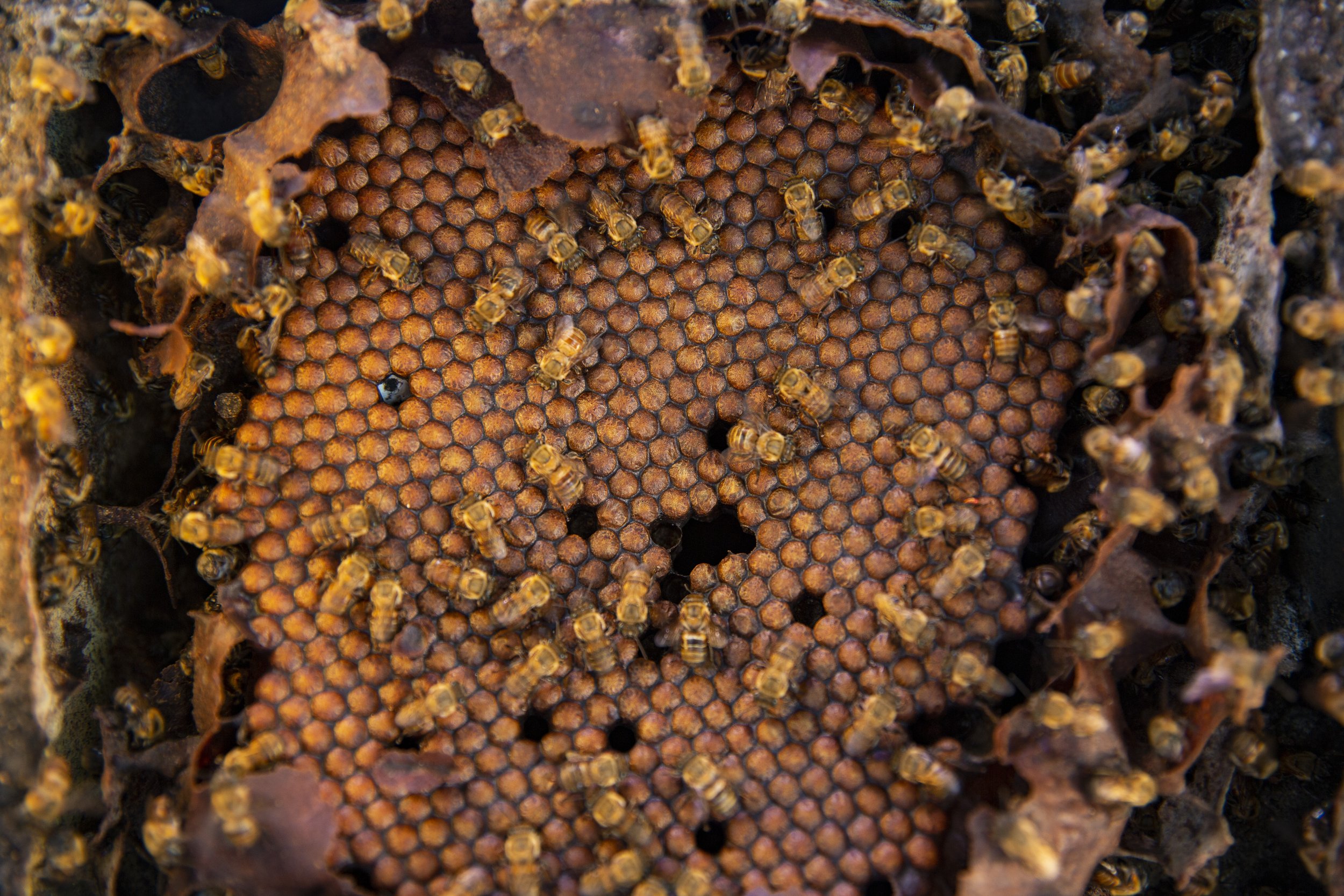
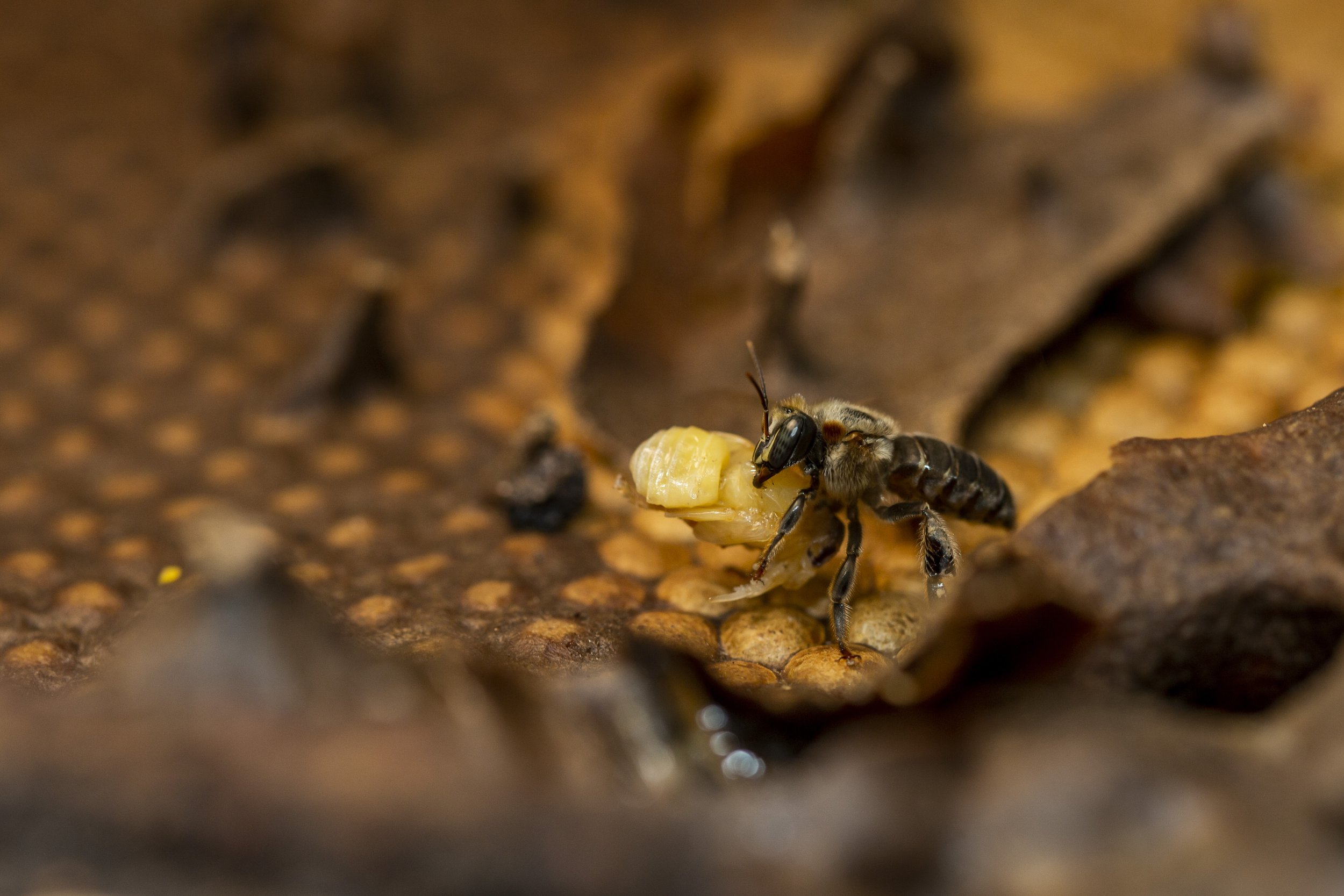
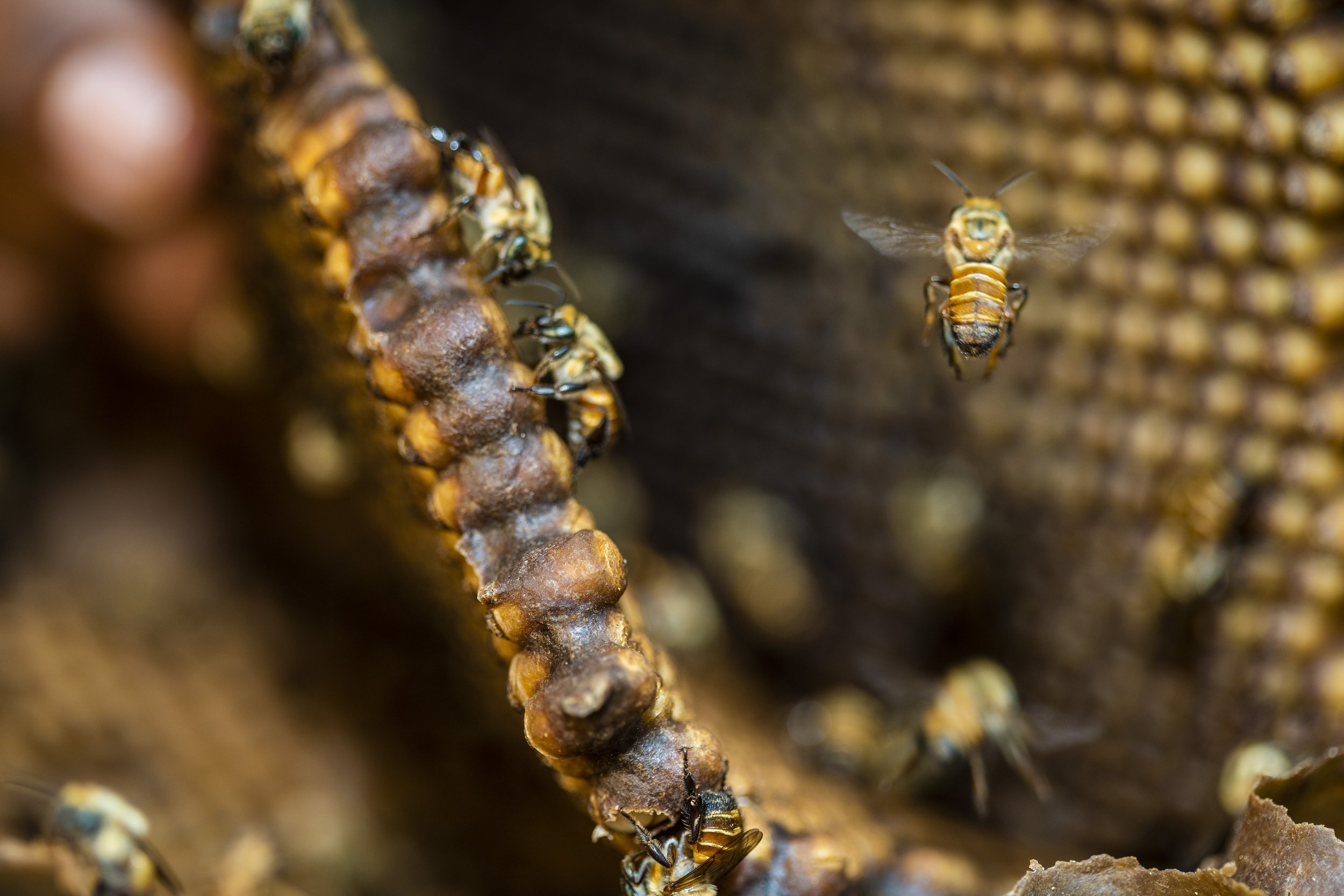
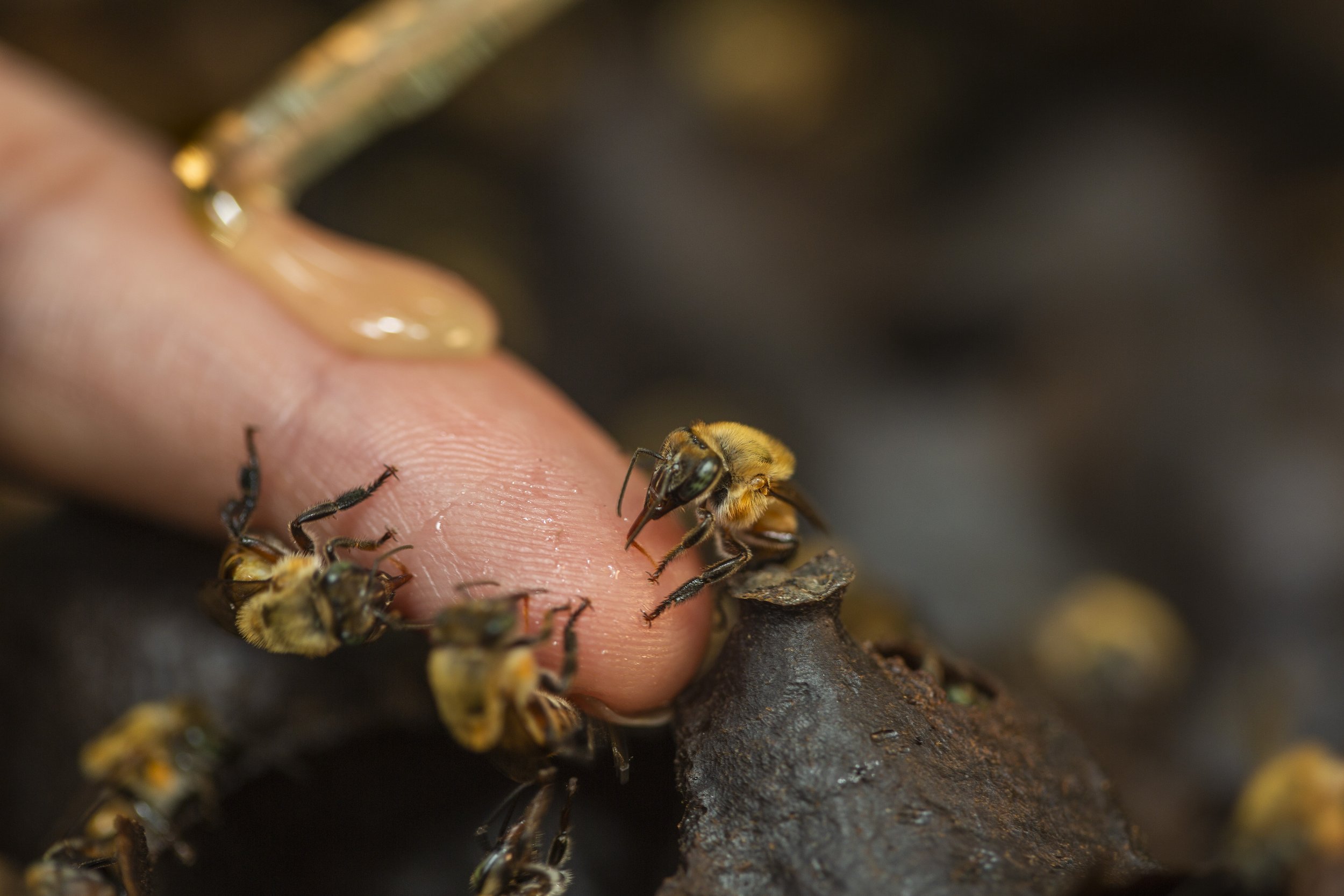


In December 2021, Dr. Rosa Vasquez and I travelled to the Amazonian Rainforest to study amazoninan stingless bees for National Geographic. These bees feed on medicinal plants, and their honey has been called a “miracle liquid”.
Images from this story have been featured in National Geographic , El Comercio , Treehuger.com, and Bee Culture Magazine.
Las truchas
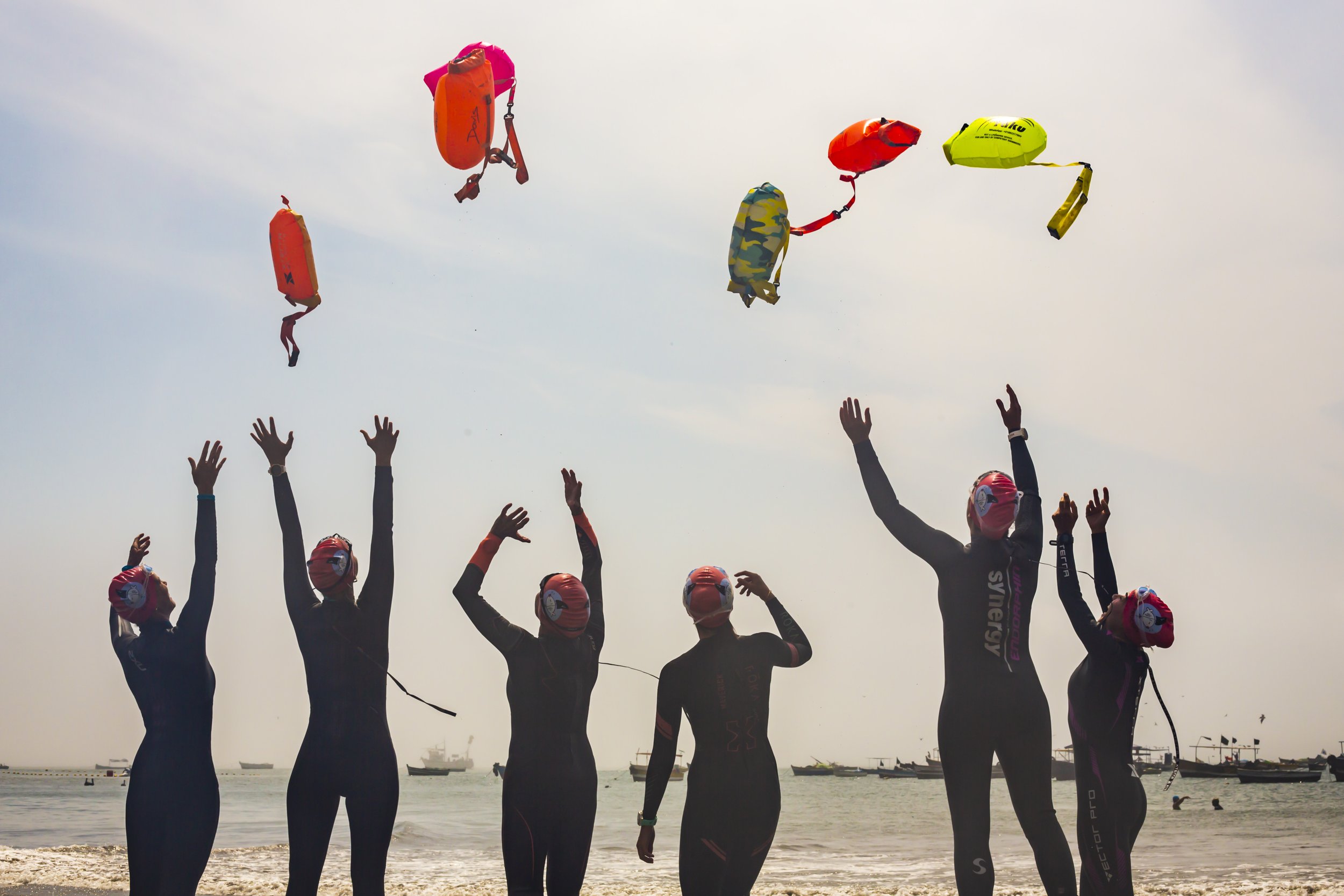
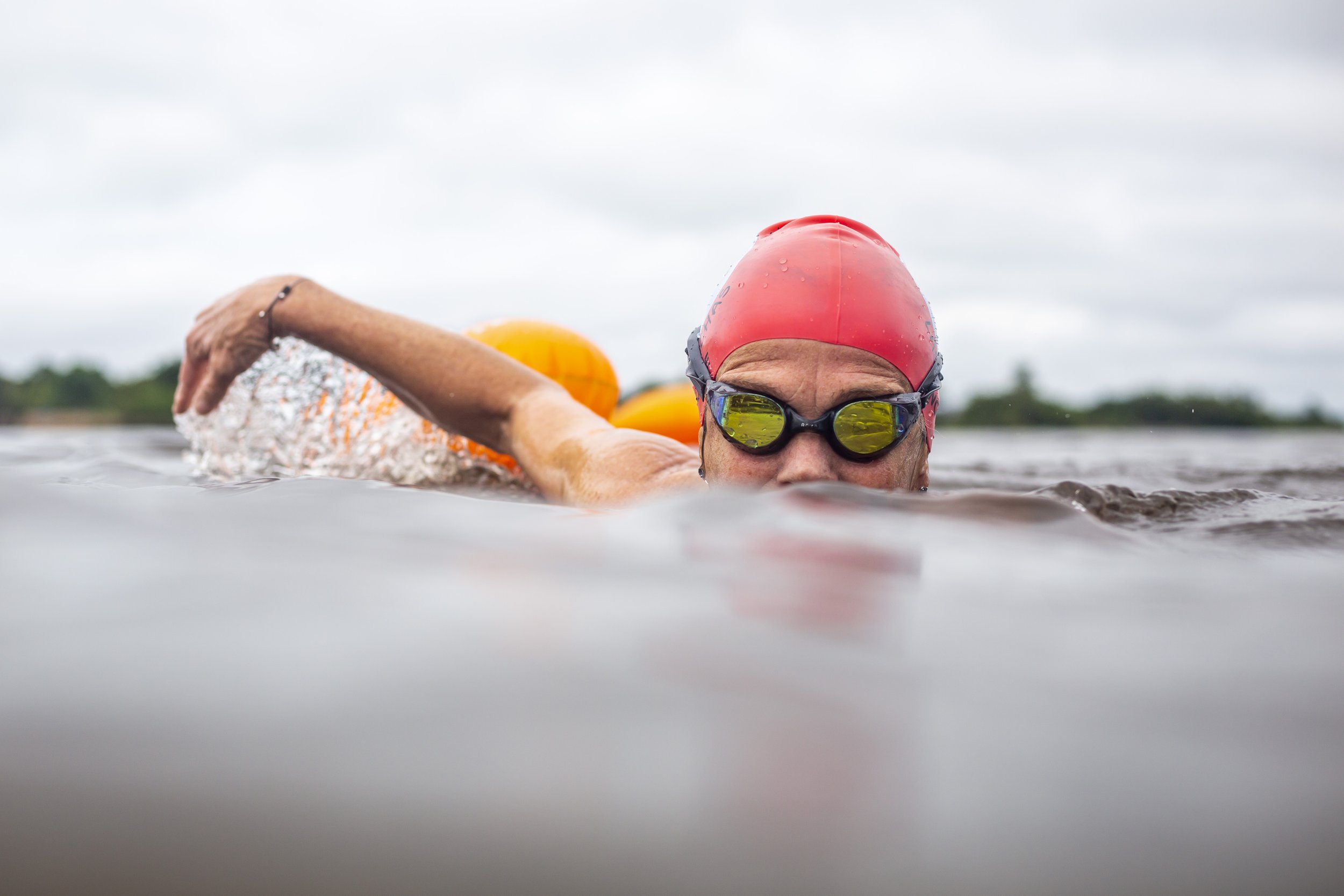
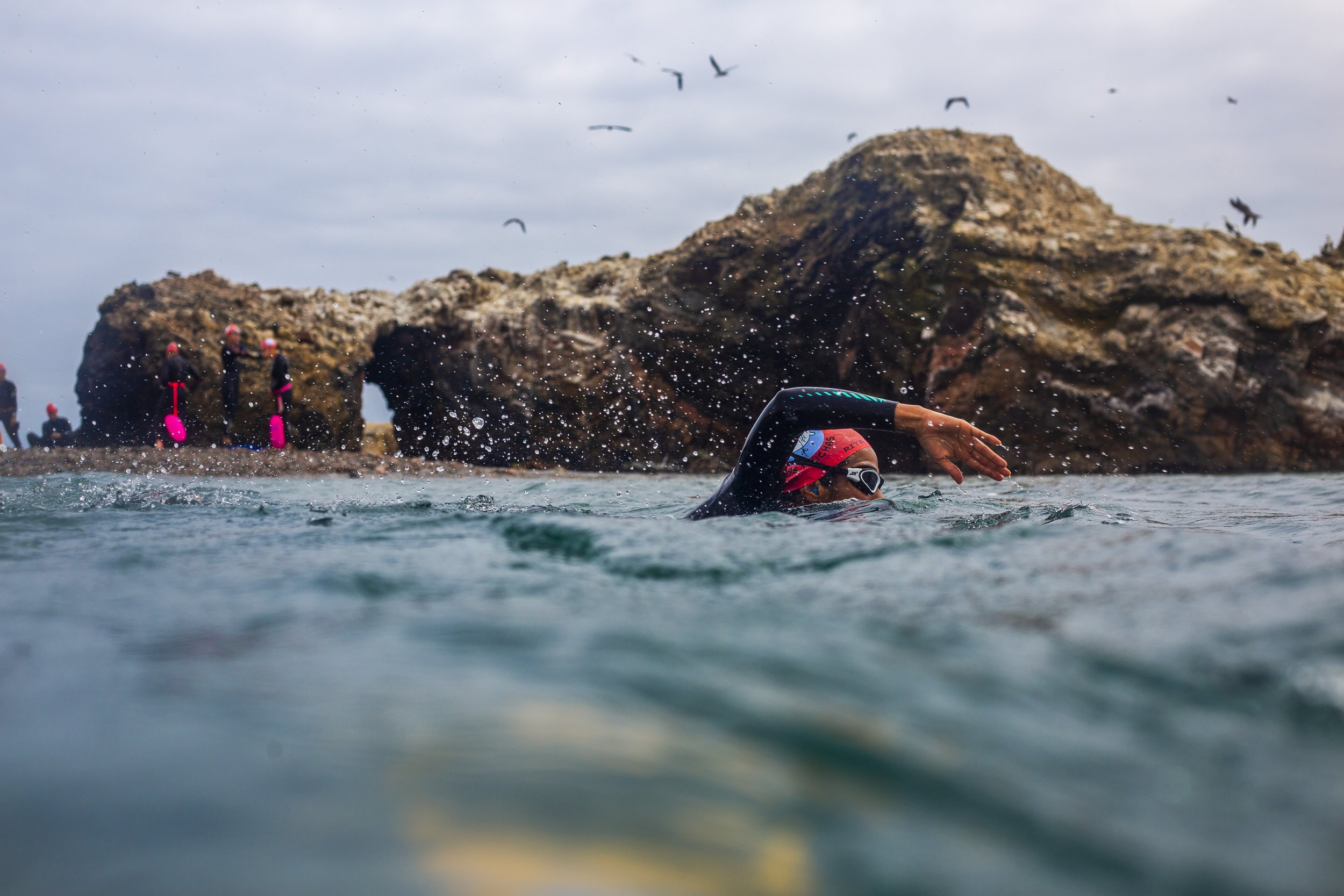
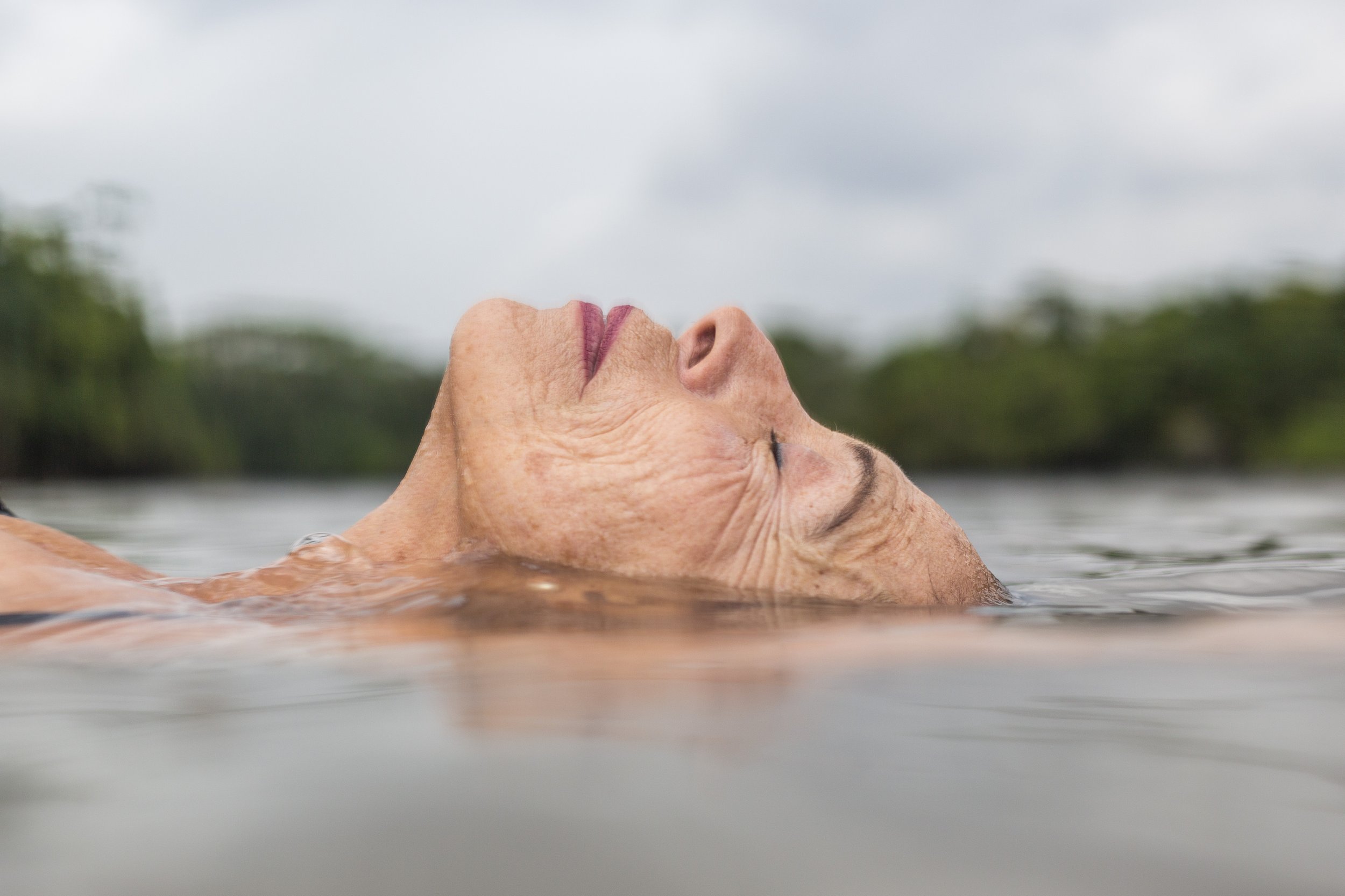
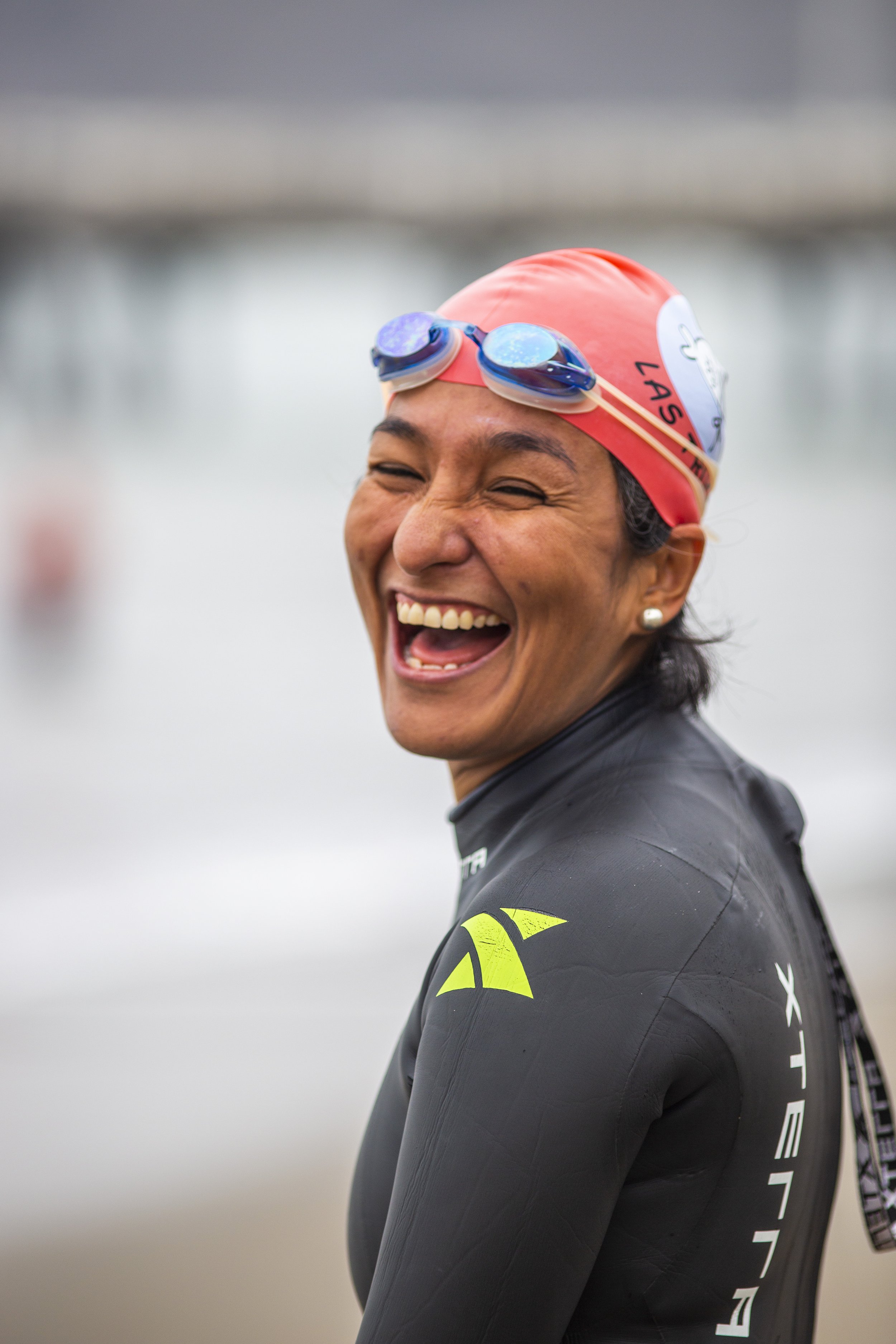

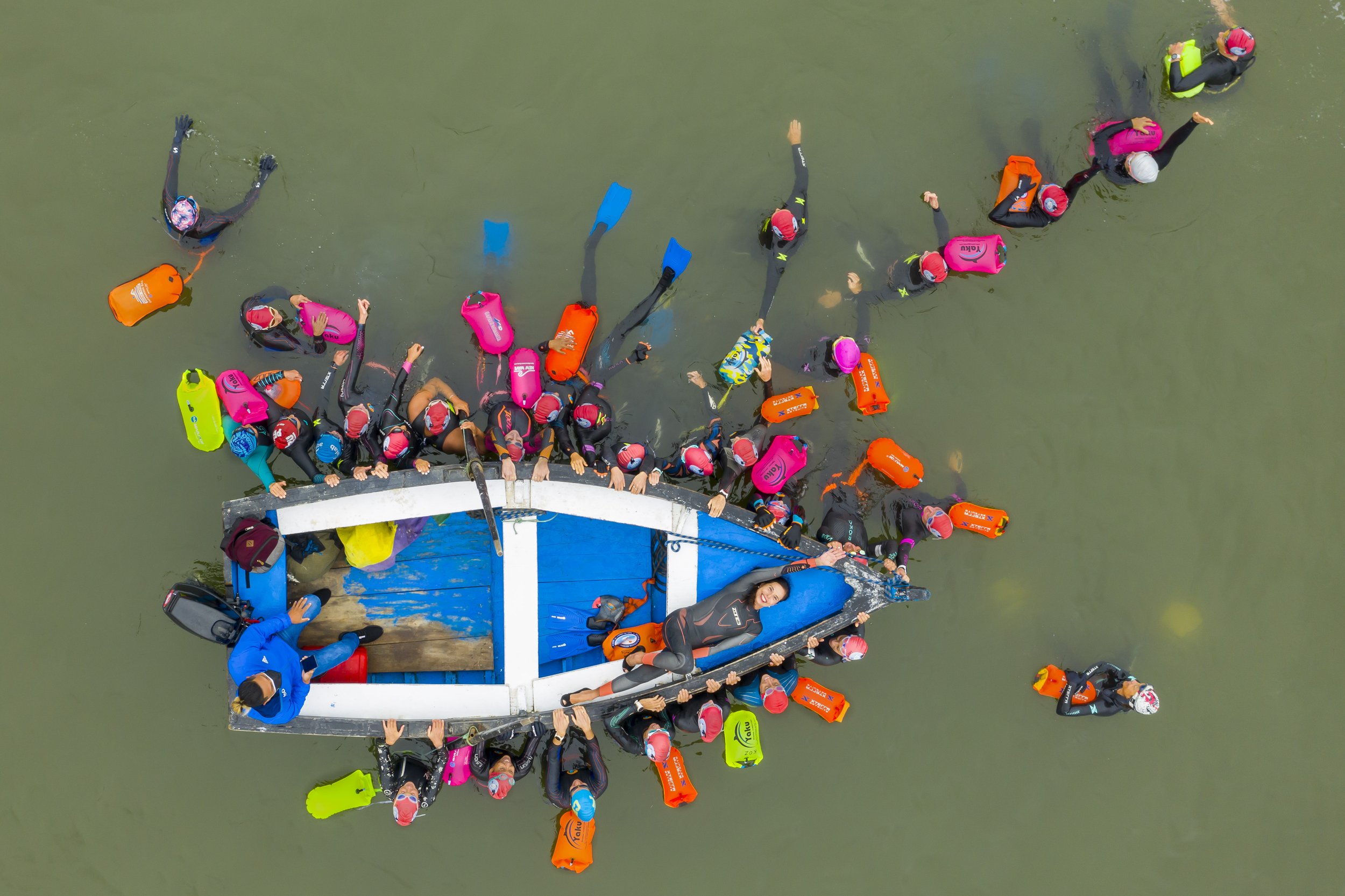
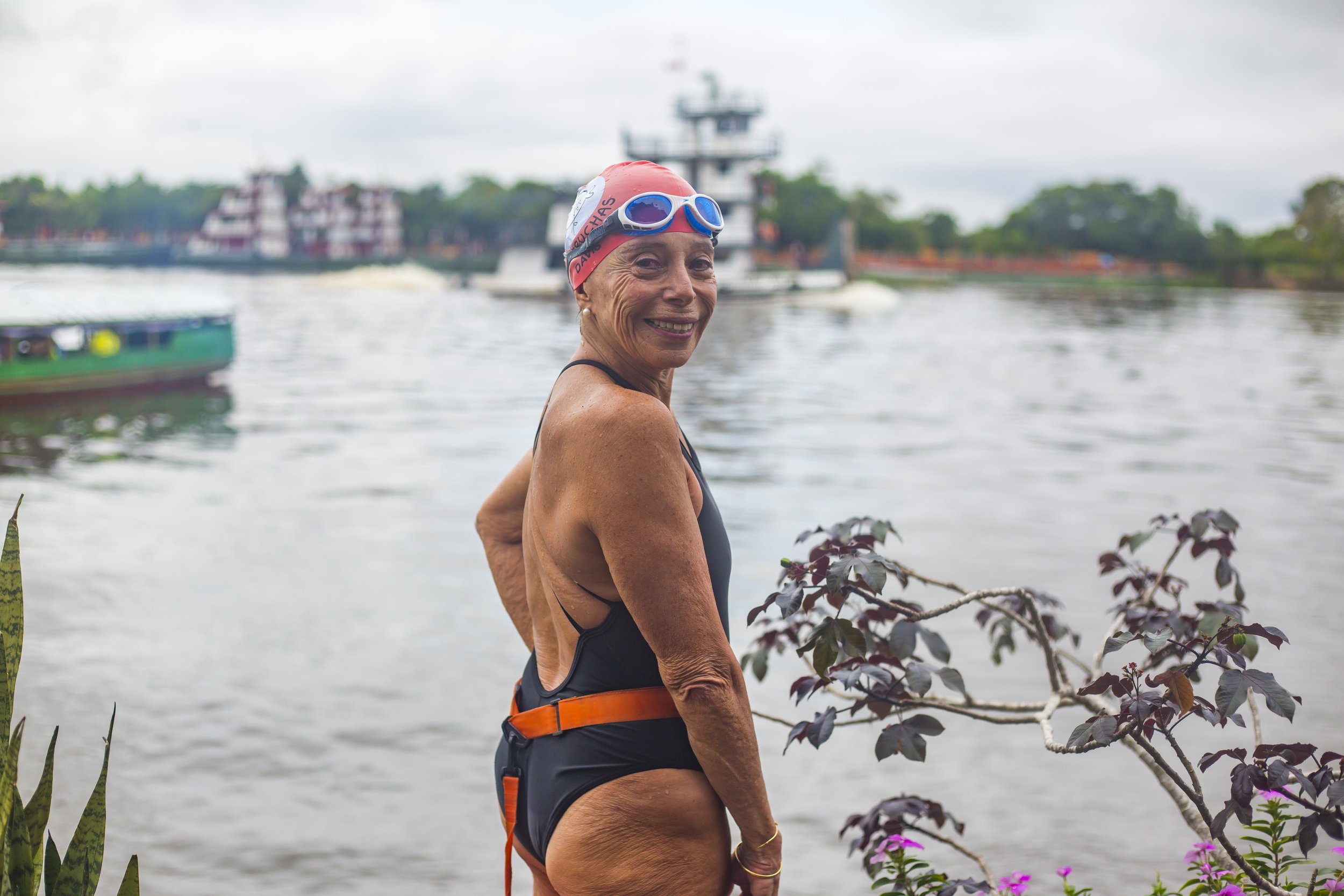
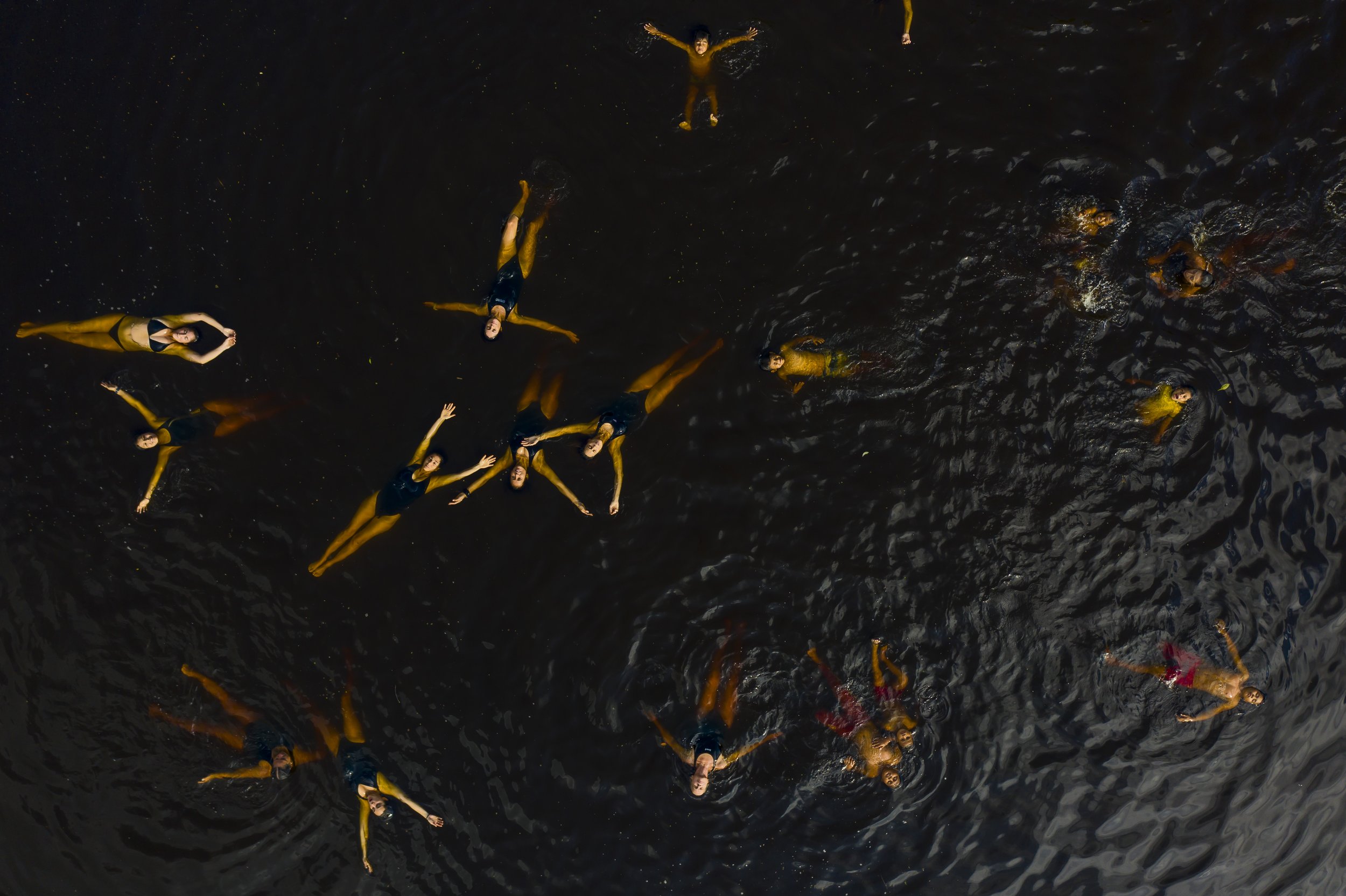
Lima, Peru was one of the cities hit hardest by the COVID-19 pandemic. During phases I and II of lockdown, citizens under 12 and over 65 years of age were not allowed to enter markets, public spaces or public transportation, and their care was often left to the responsibility of women staying at home, limiting women’s free time and possibilities to carry out activities unrelated to the household. In later phases, those over 65 were only allowed to go outside for brief periods and only to exercise. When Peru entered phase III, a group of three women ventured out into Lima’s frigid ocean to practice open water swimming. They called themselves “Las Truchas” (“The Trout”). From the cold water they emerged transformed: the challenge, discipline and effort it took to swim helped heal the trauma derived from the pandemic, and they set out to arouse this sentiment in other women. In swimming together, they found solidarity, sisterhood and resilience.
Today, there are over 60 of us “Truchas” between the ages of 16 and 73. As a “Trucha” I have documented transformative power of being a part of this “cardumen” (“school”) of women. As the group grows in size, the routes get wilder and our projects have materialized into collective works of art, which we call “Unity Circles.” From an 800-person Unity Circle to generate community resilience during a time of political crisis around a 116 meter-long training ship, to a 30-person Circle around our eldest “Trucha” to celebrate her 73rd birthday, this on-going documentary project showcases women’s collective power and will to thrive in times of crisis.
These fotos were produced with the support of National Geographic’s COVID 19 Emergency Fund for Journalists
Health responders, from above
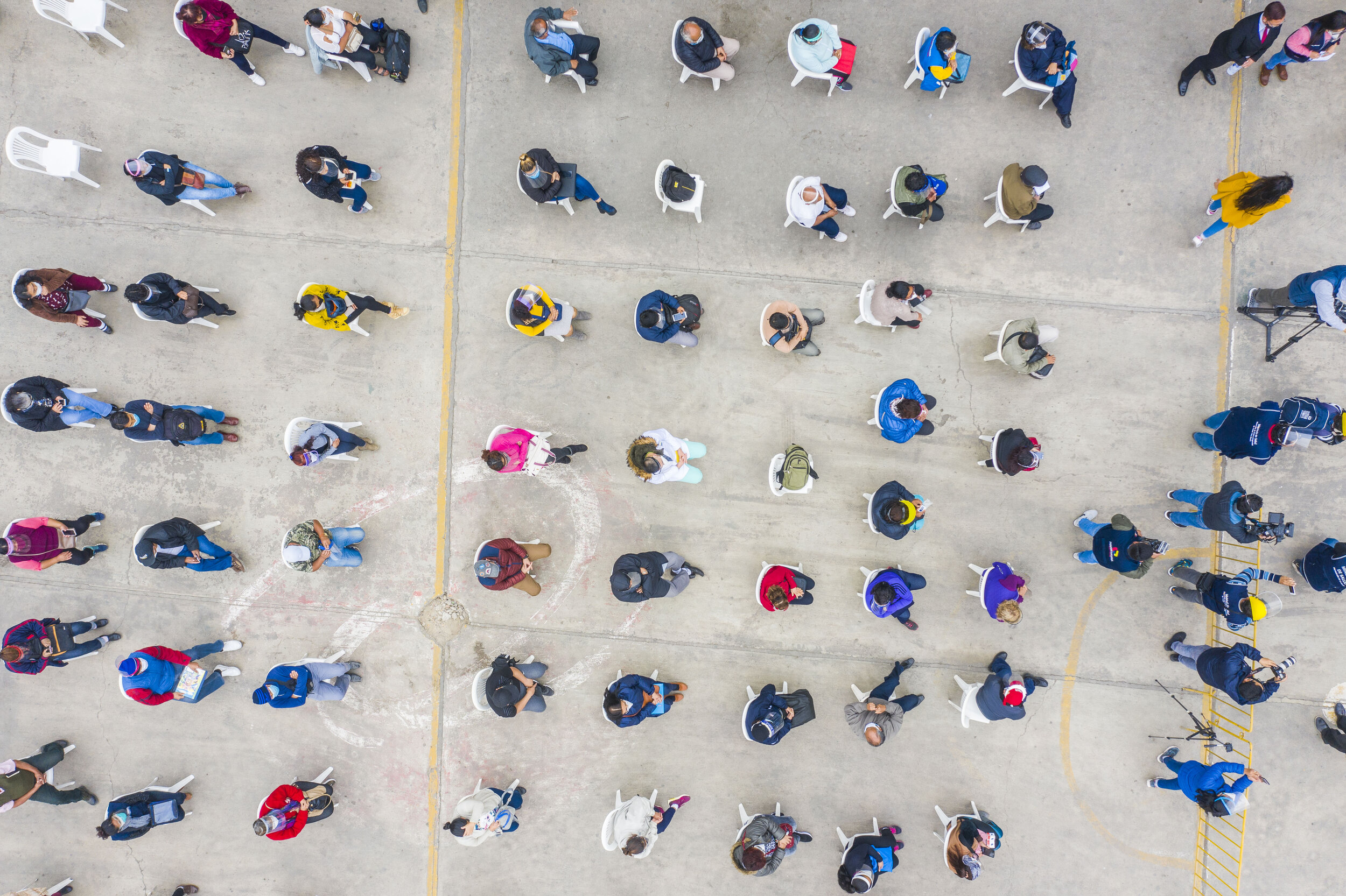
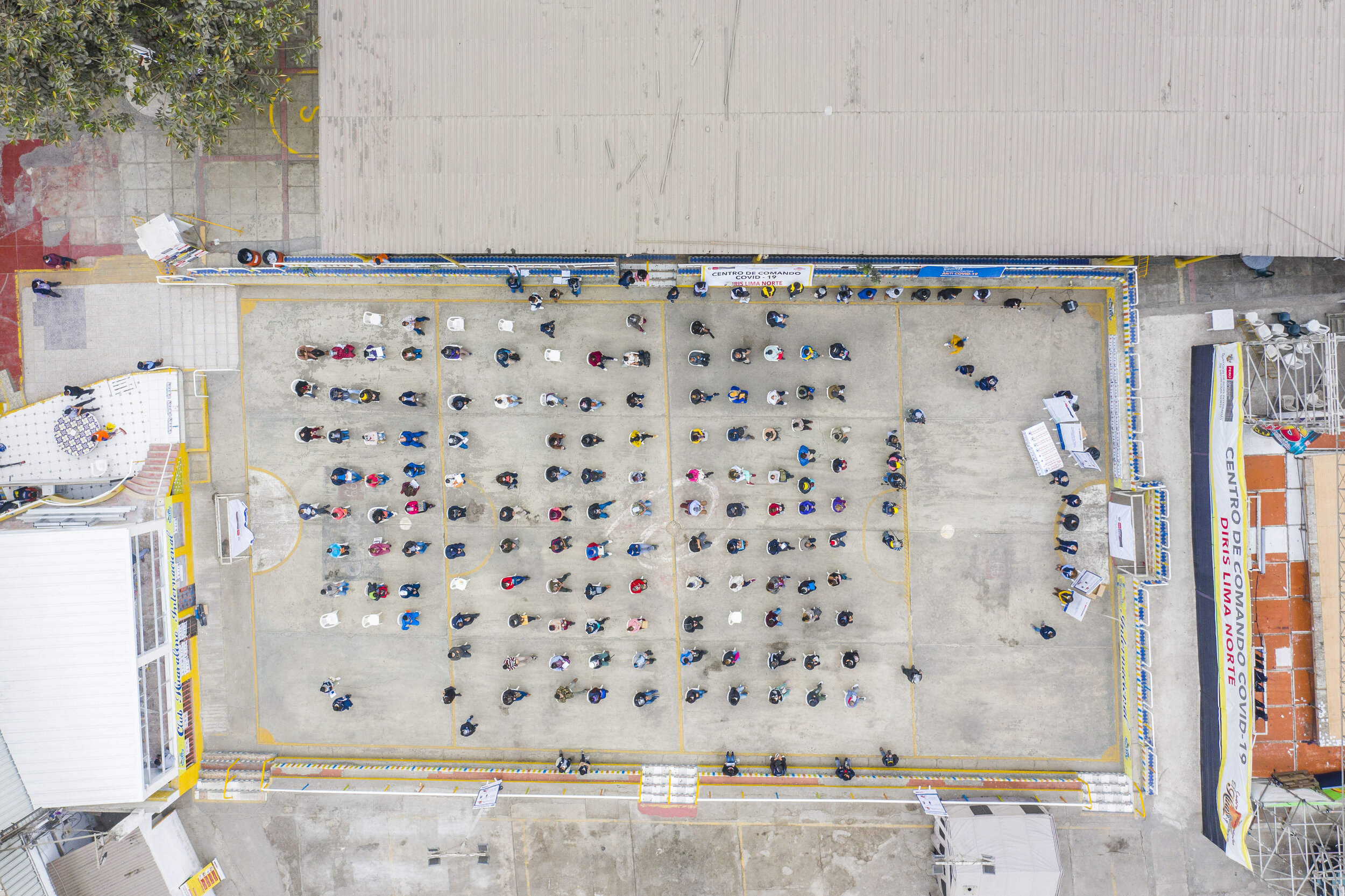
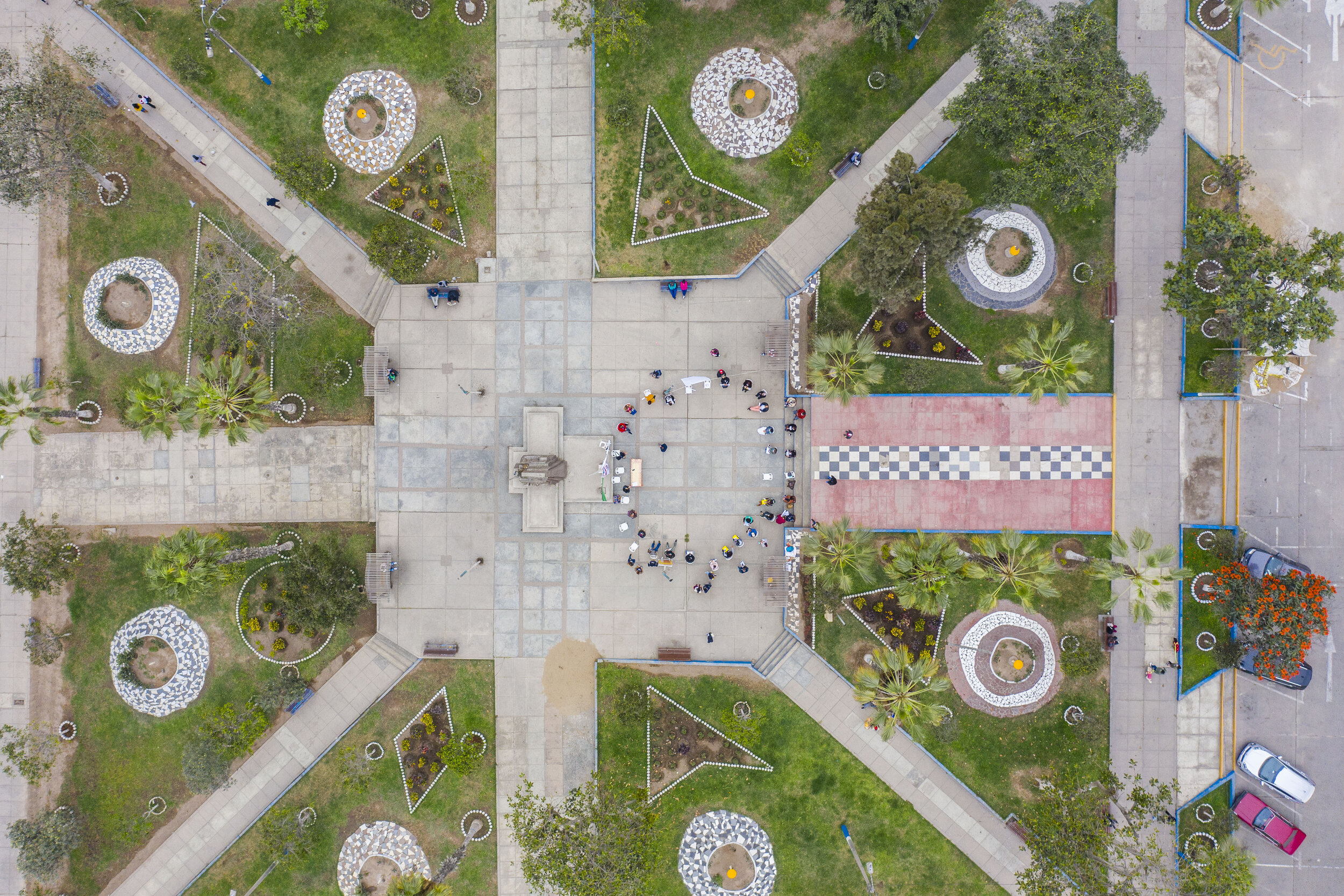
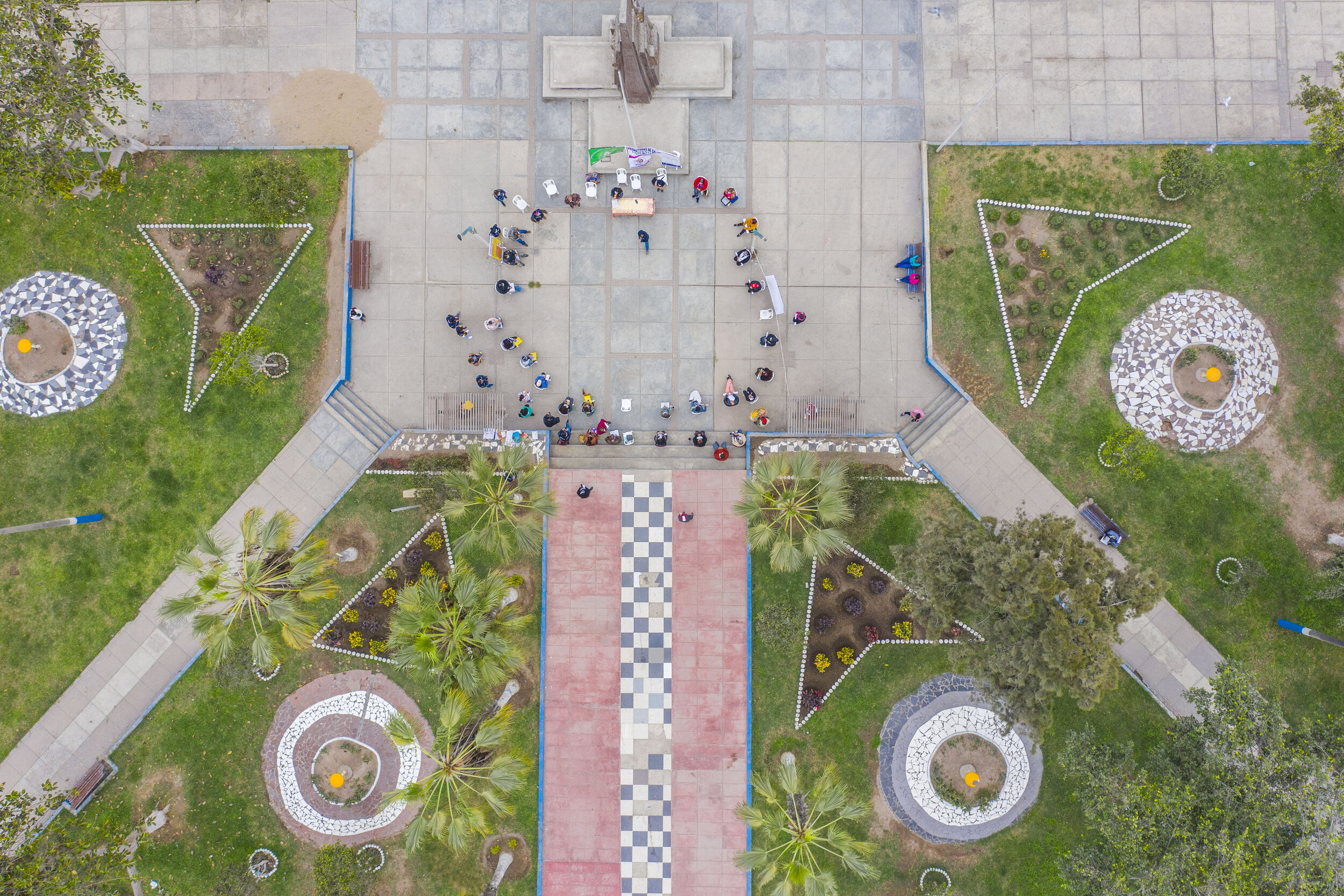
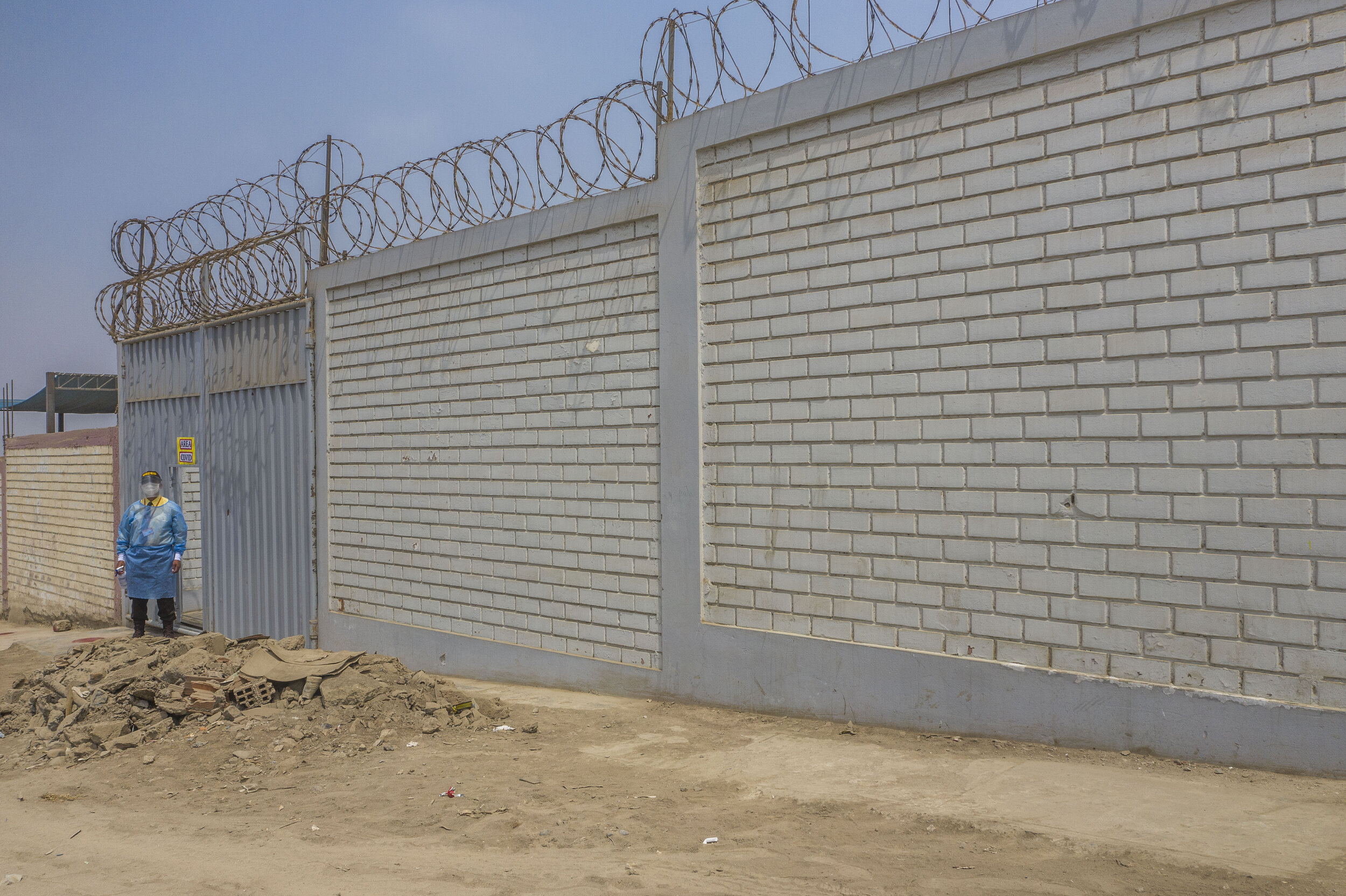
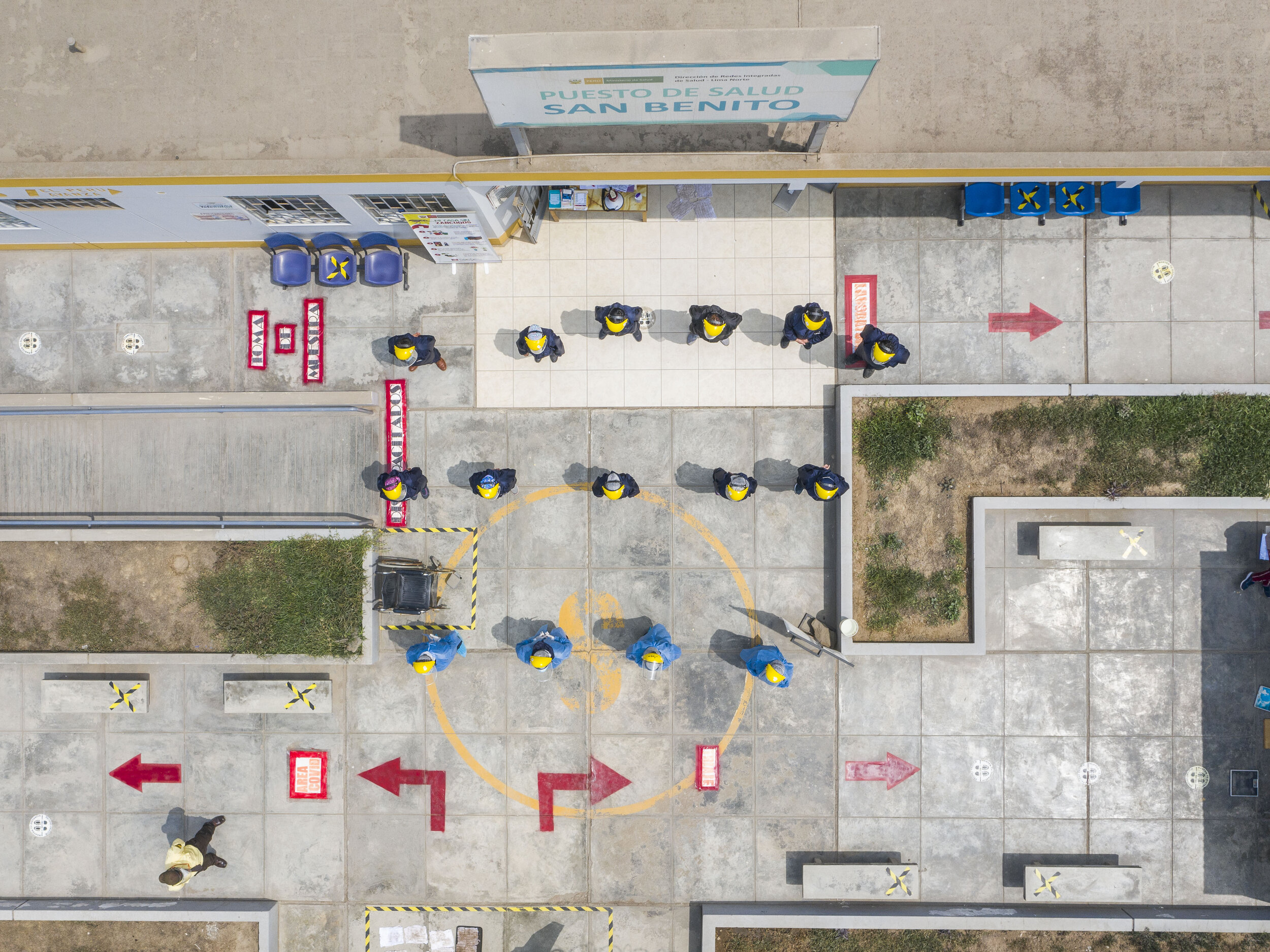
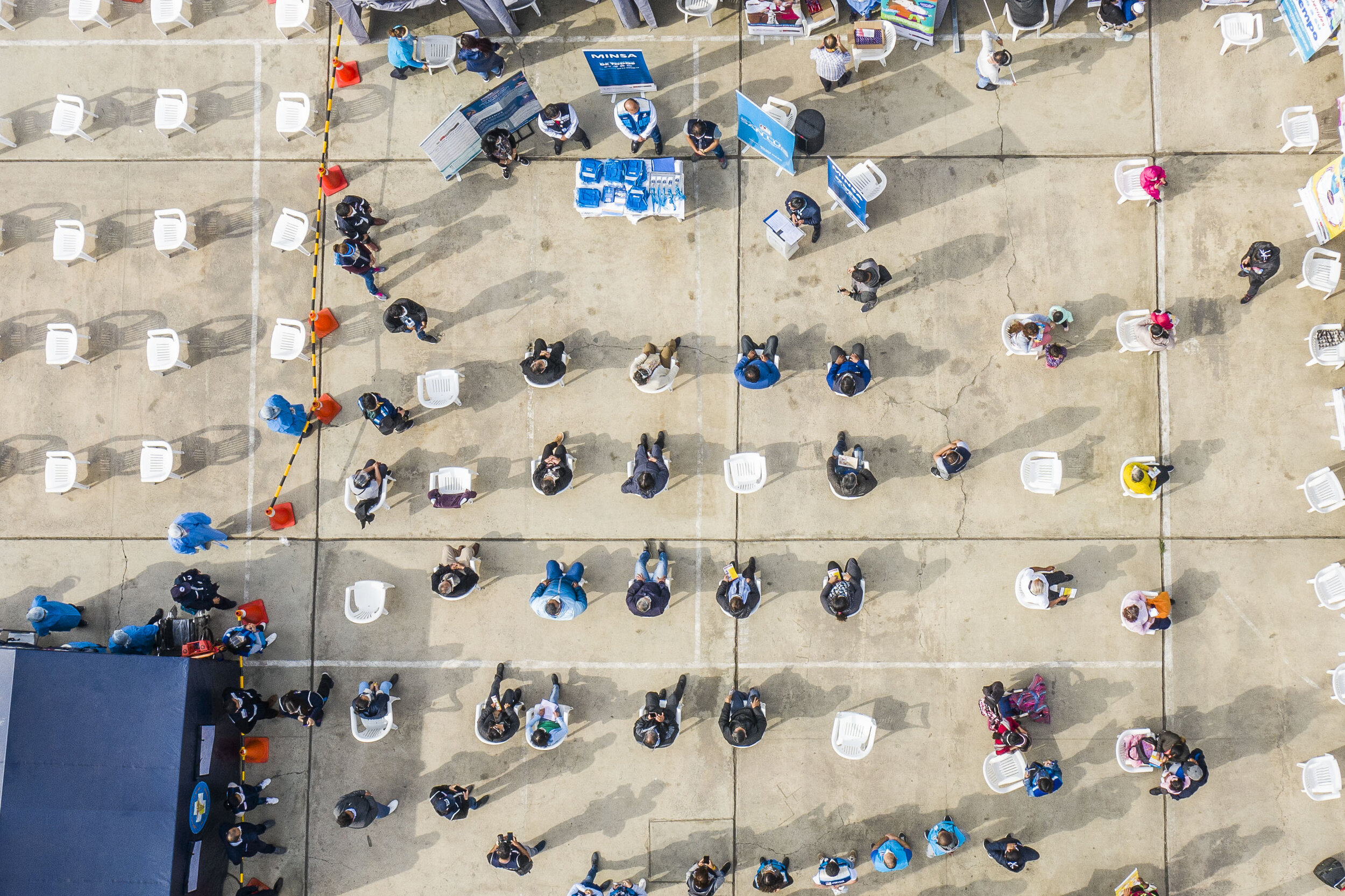

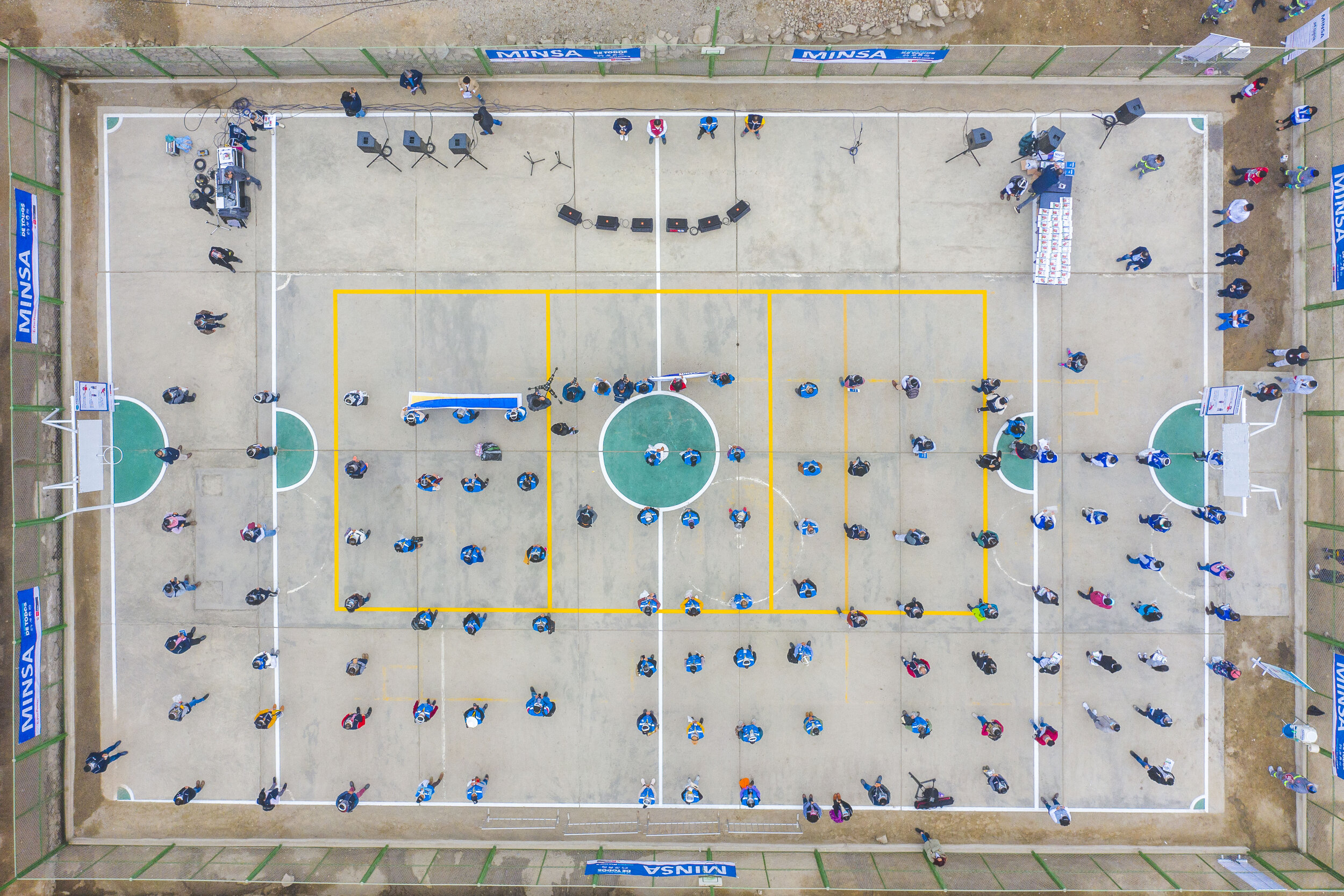
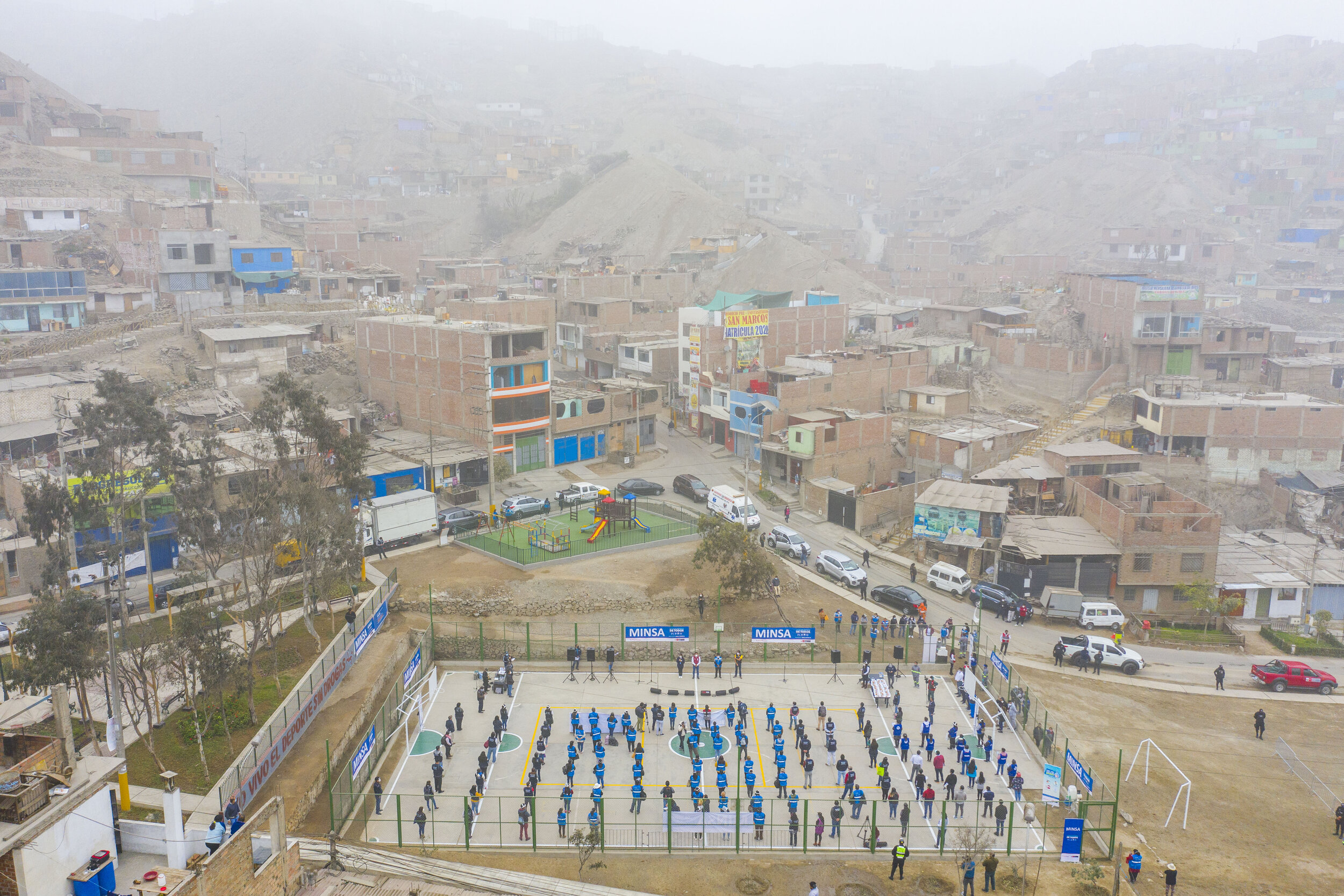

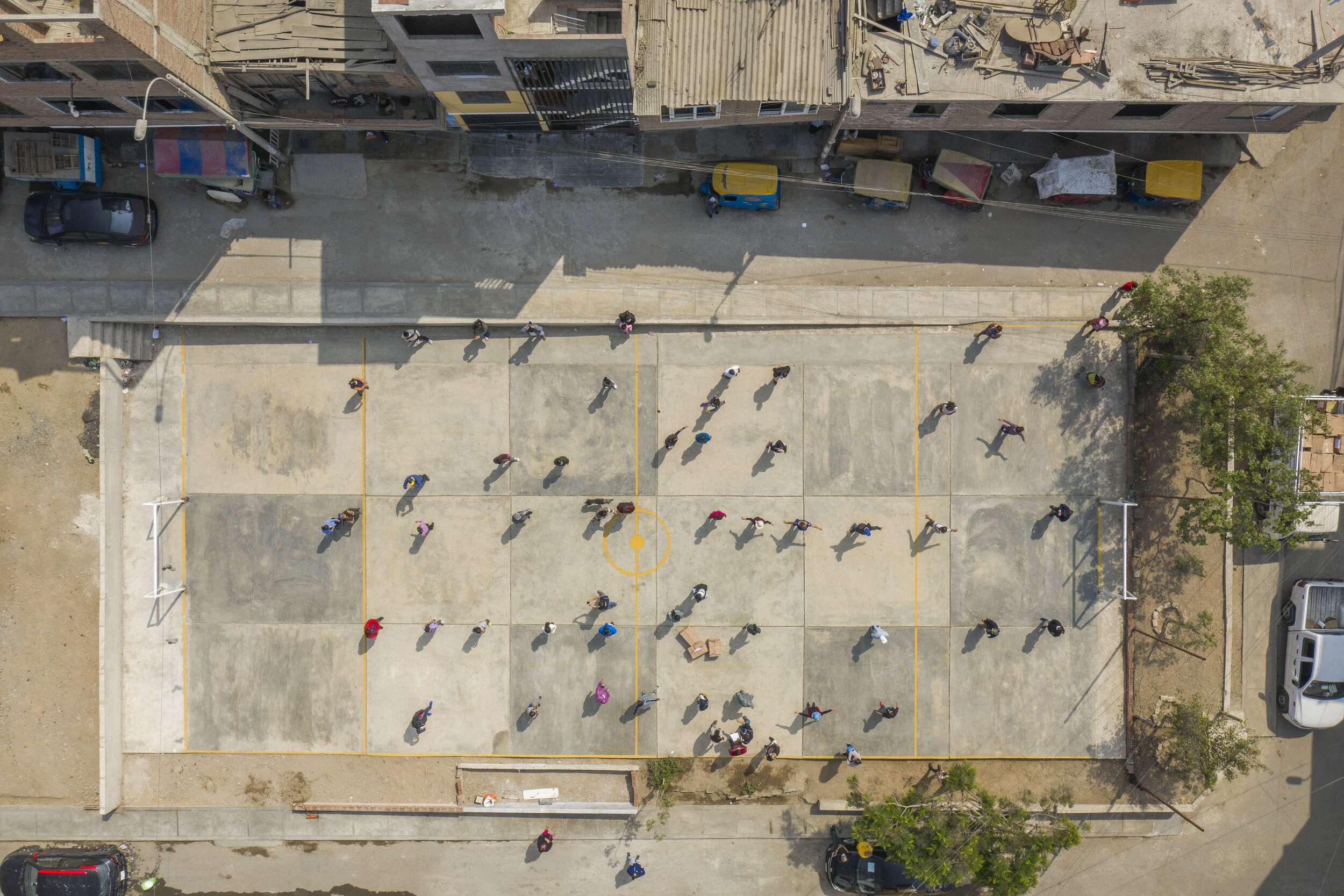
During Phases I and II of the COVID 19 Emergency, social distance was mandatory and necessary in order to prevent the spread of the disease. However, responders needed to receive instructions, medical devices and information and they had to gather for this. Many of these gatherings took place in sports fields, parks and even in concert venues. This is a collection of images of such gatherings from above.
Comissioned by the Ministry of Health of Peru
prohibido jugar/playing is forbidden
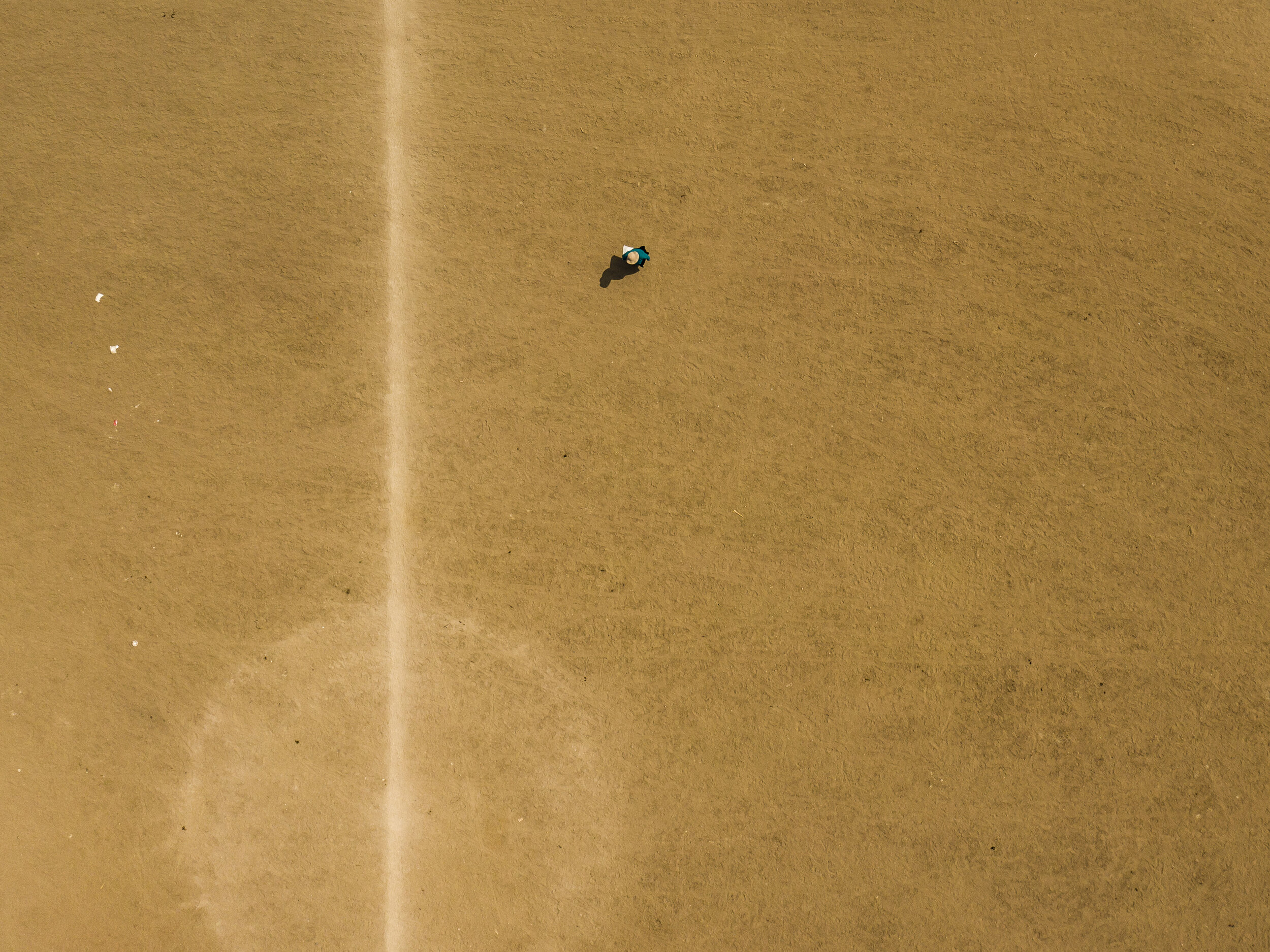
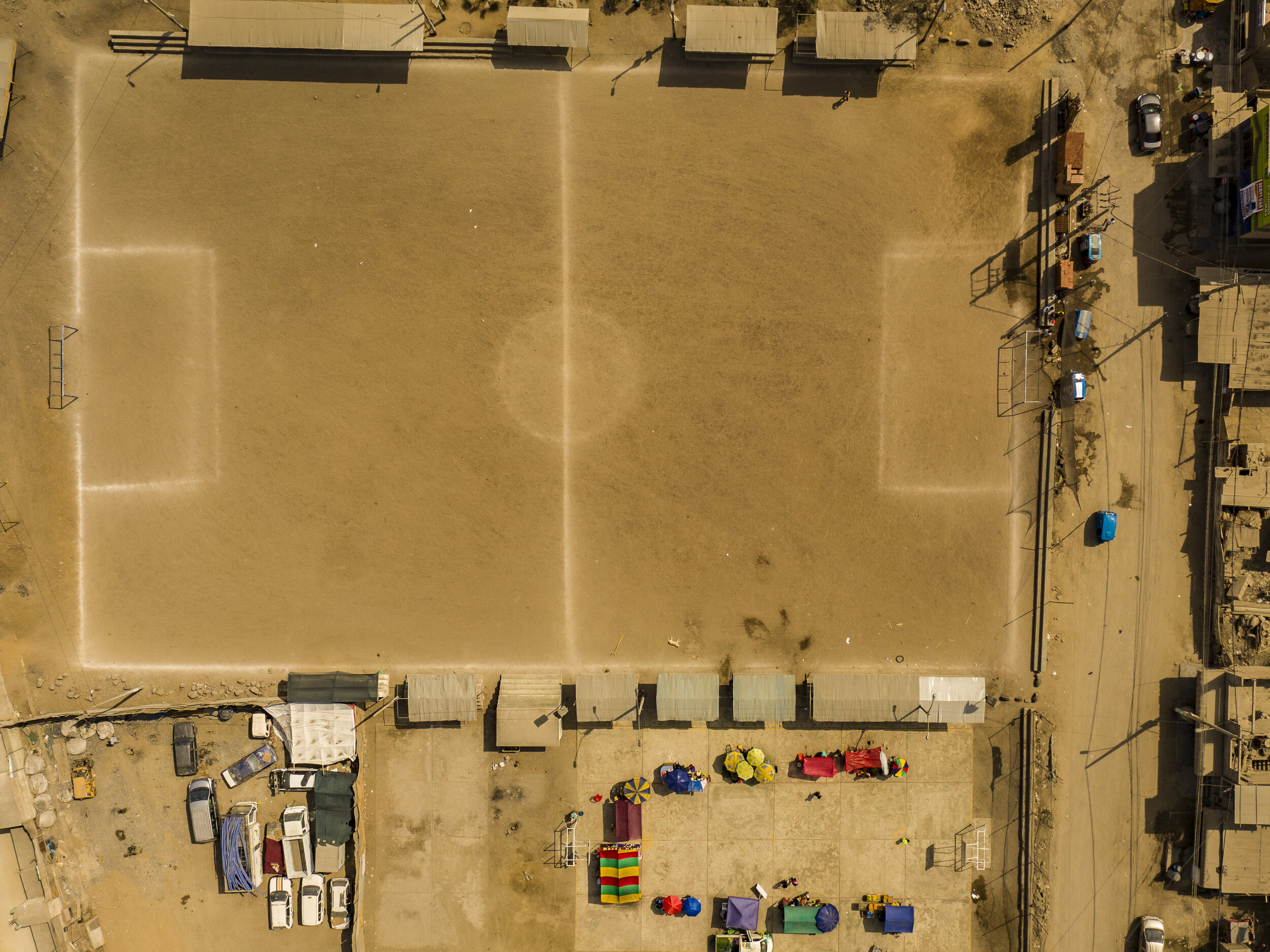
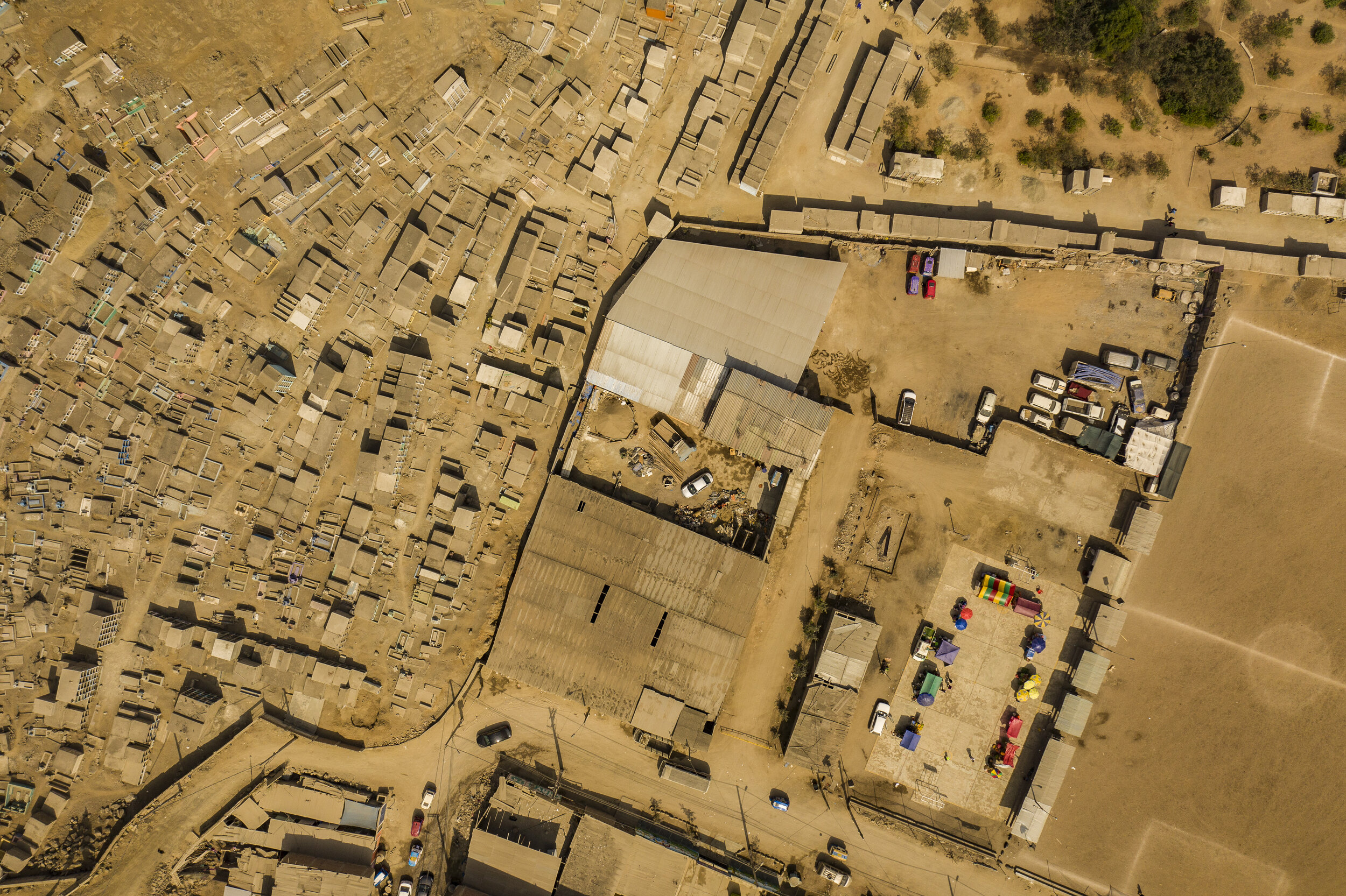

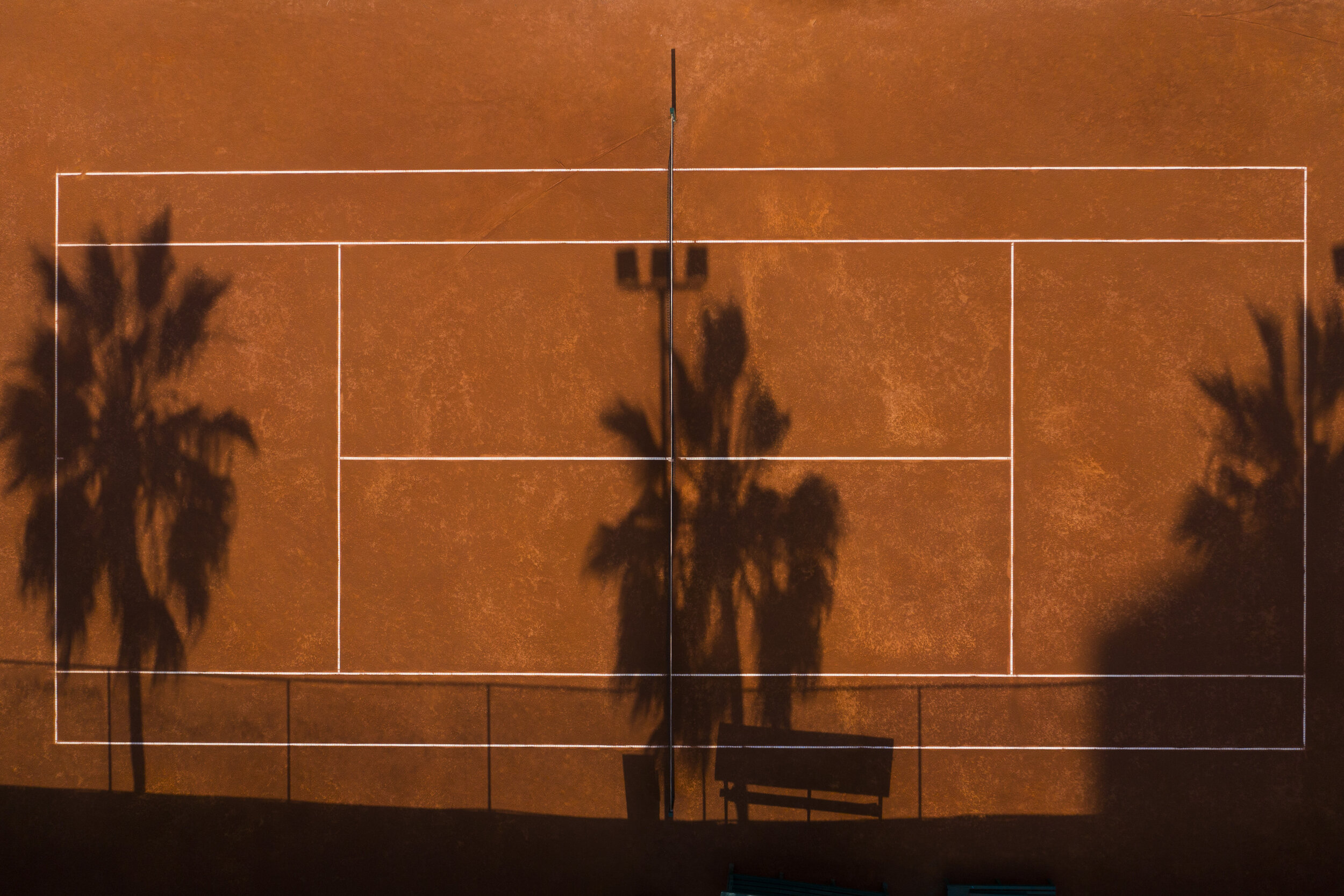
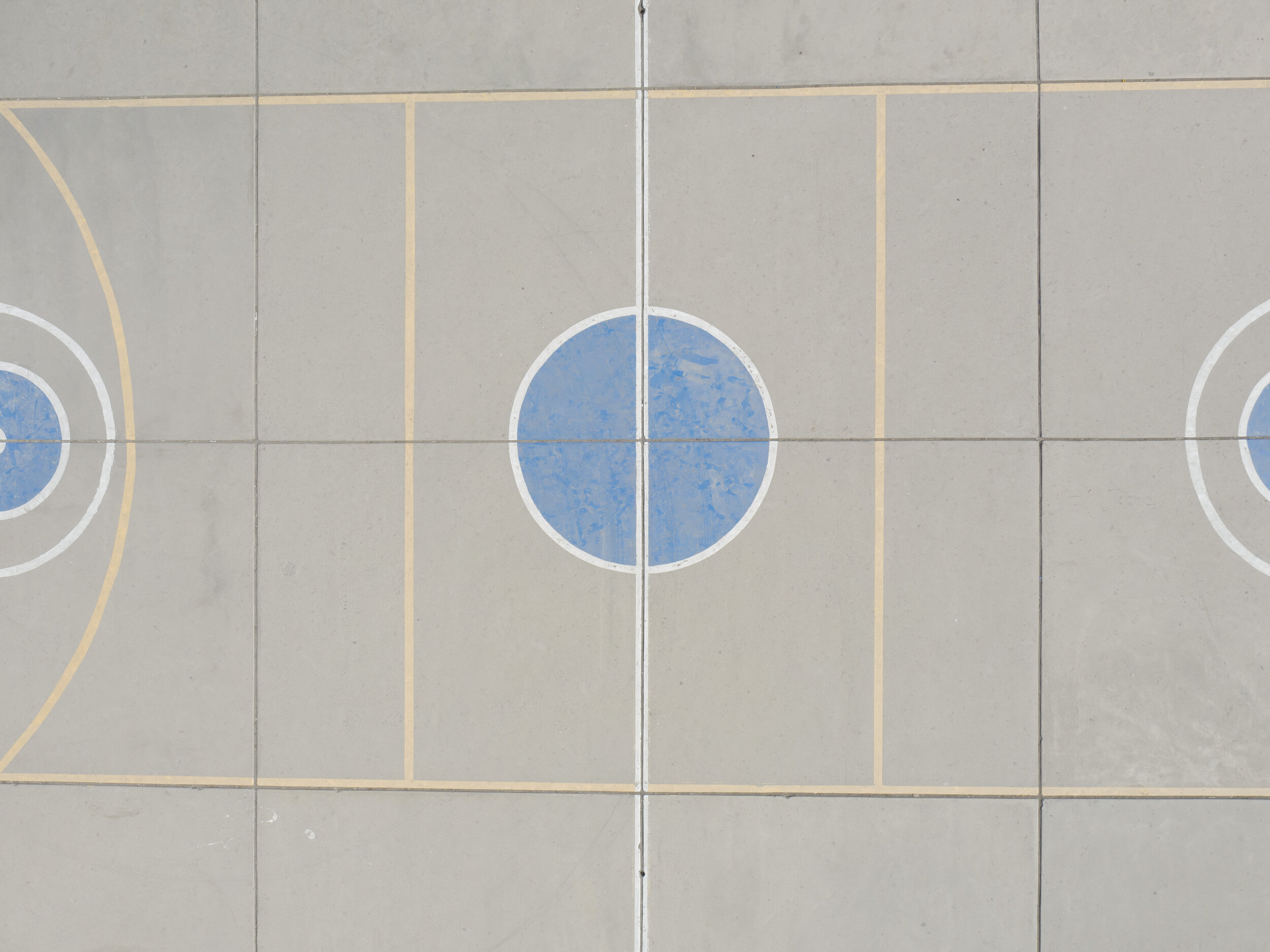
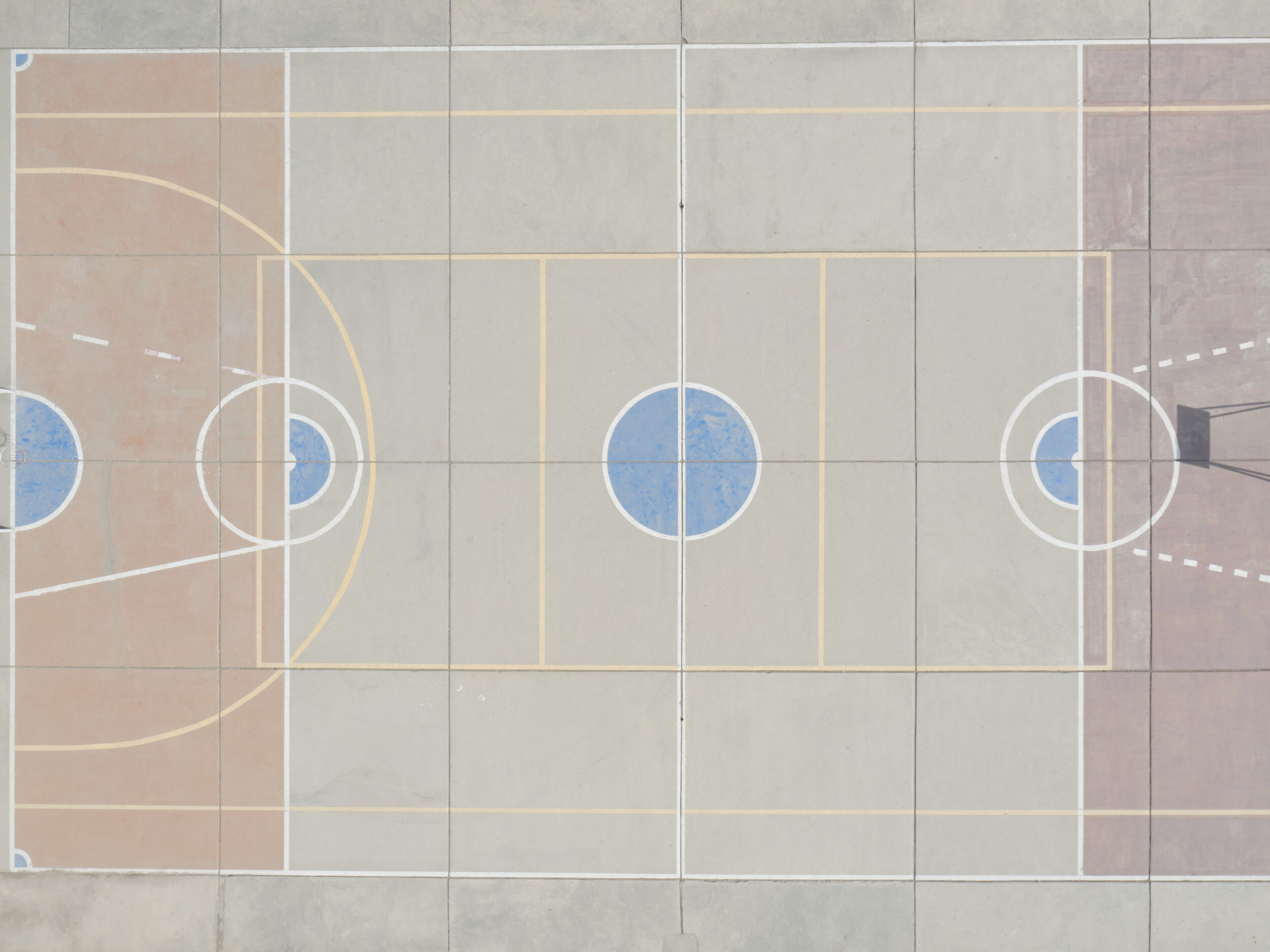
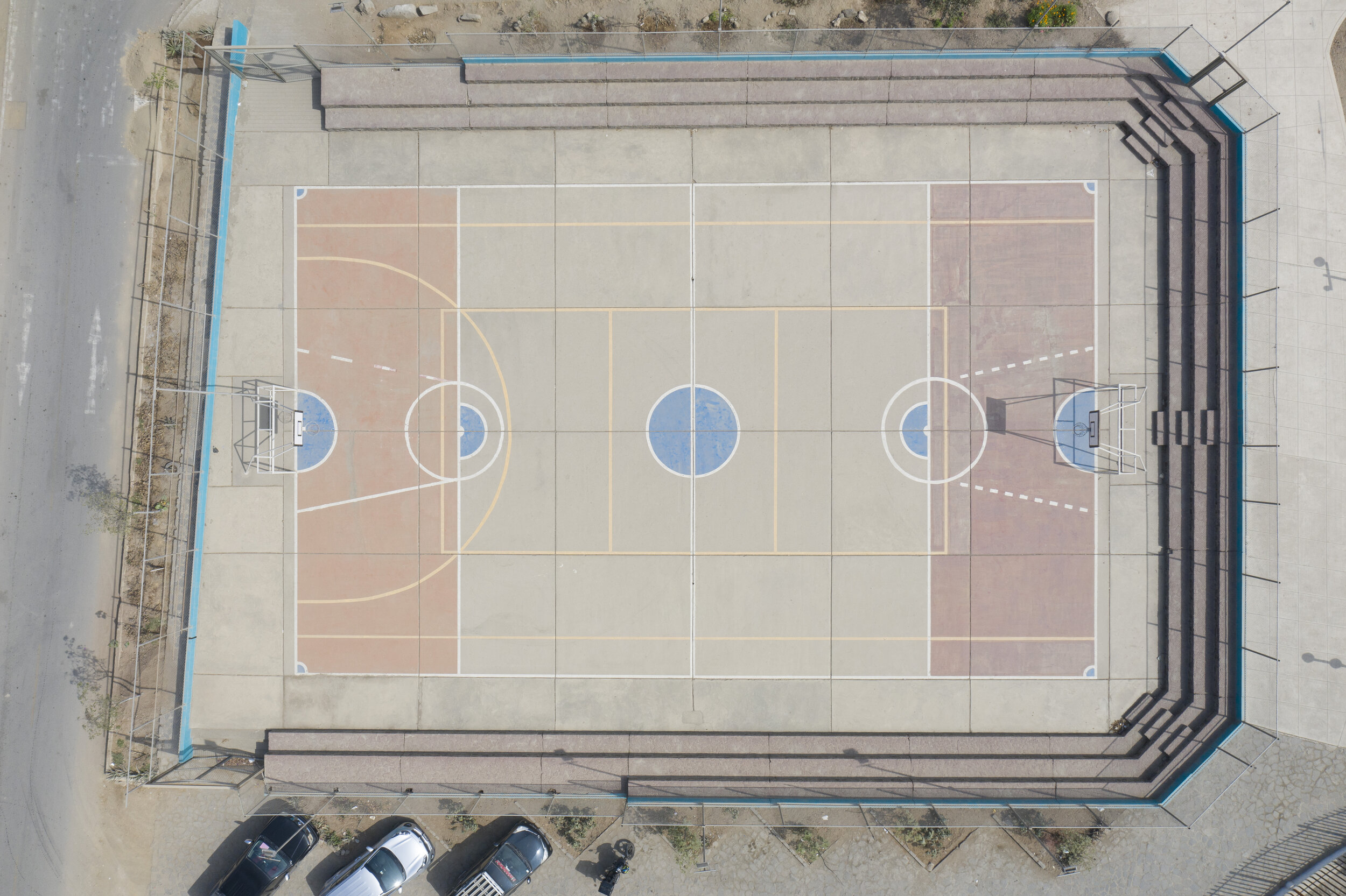
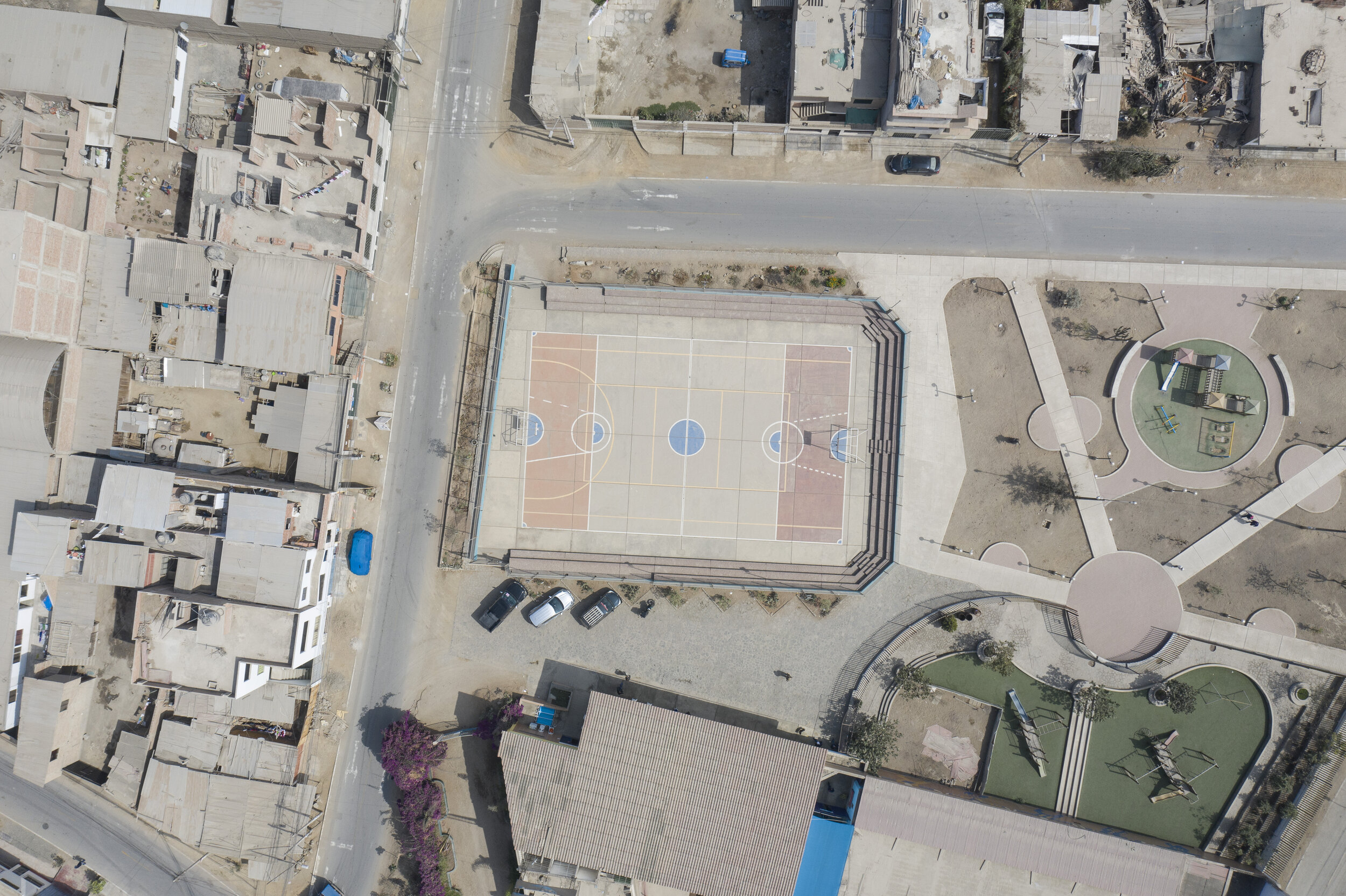

During the first and second phases of Lima’s mandatory lockdown public gatherings, such as sports, were forbidden. The government made a strong fear-based campaign that sent out text, radio and televised messages warning the public not to play football. This prohibition was applied to all sectors of the population and children under the age of 12 were not allowed to step outside their homes.
This is a collection of personal photographs of empty sports fields taken in 2020.
MY PHOTO, MY VOICE
I created the My Photo, program which uses participatory photography to help youth gain a voice as they record, express and reflect on their experiences and the conditions of their community, for the Latin American Youth Center in Columbia Heights in Washington DC. The project was created as part of the Youth in Action training program at the Latin American Youth Center with the support of the DC Addiction Prevention and Recovery Administration.
